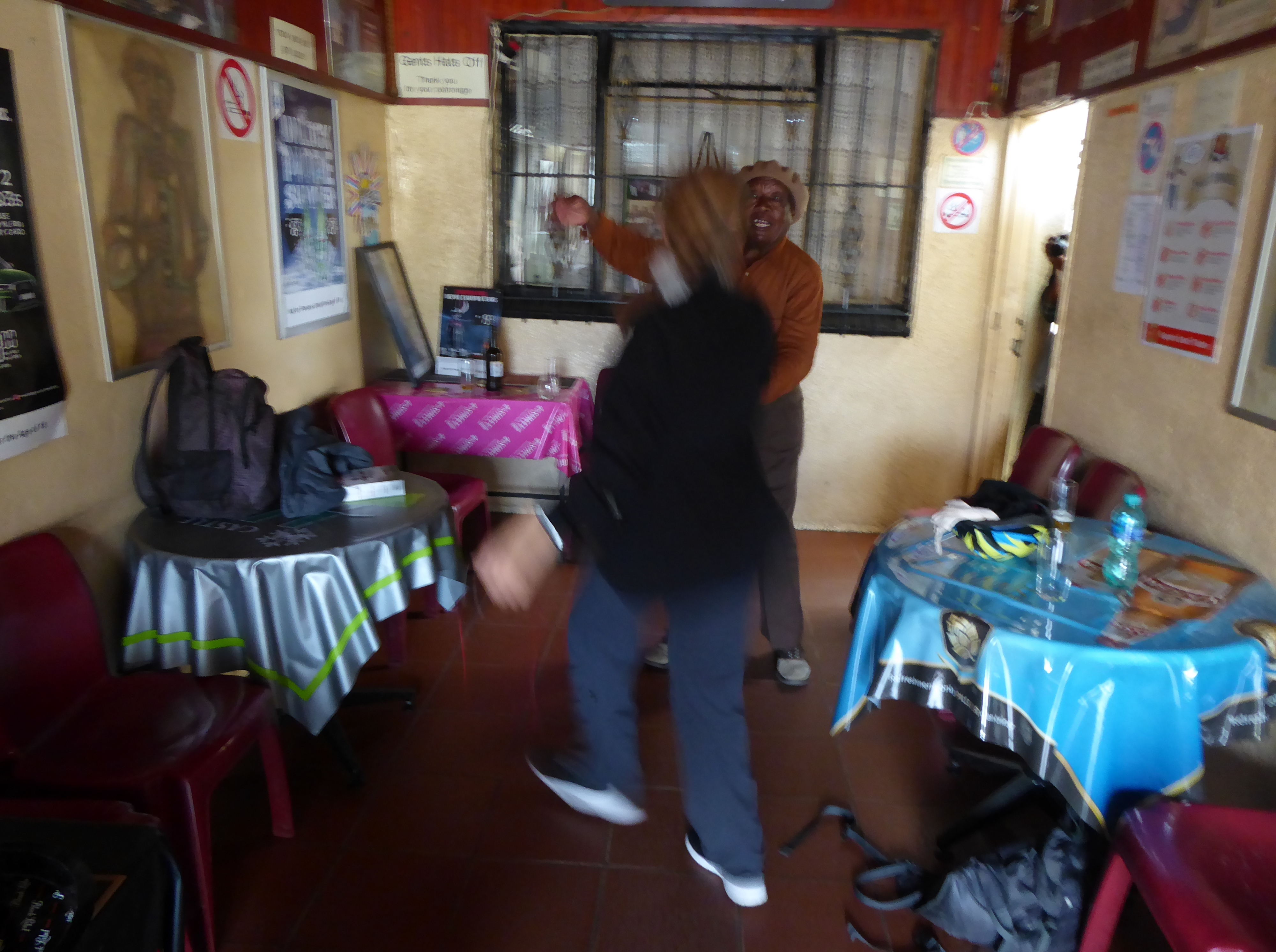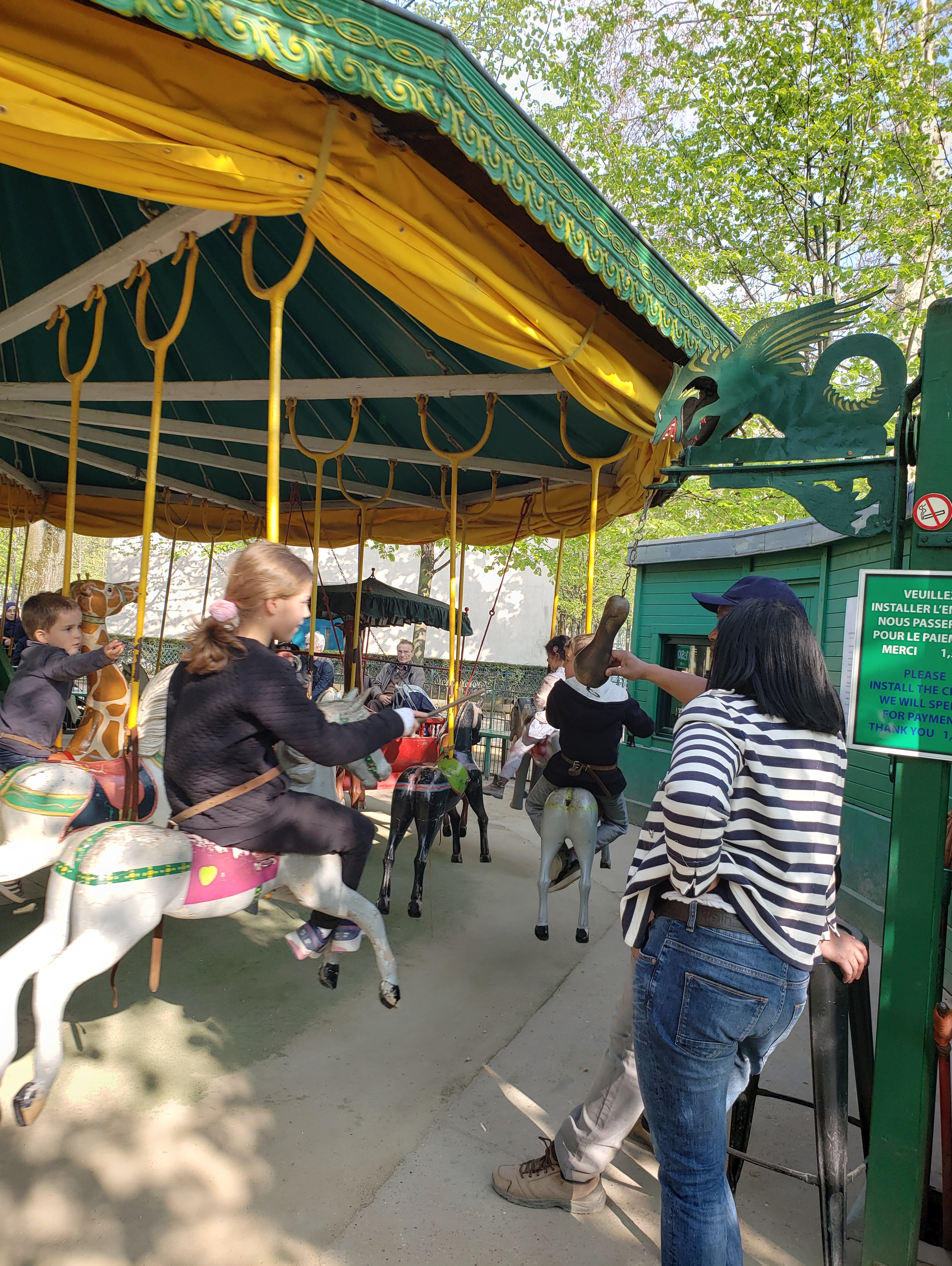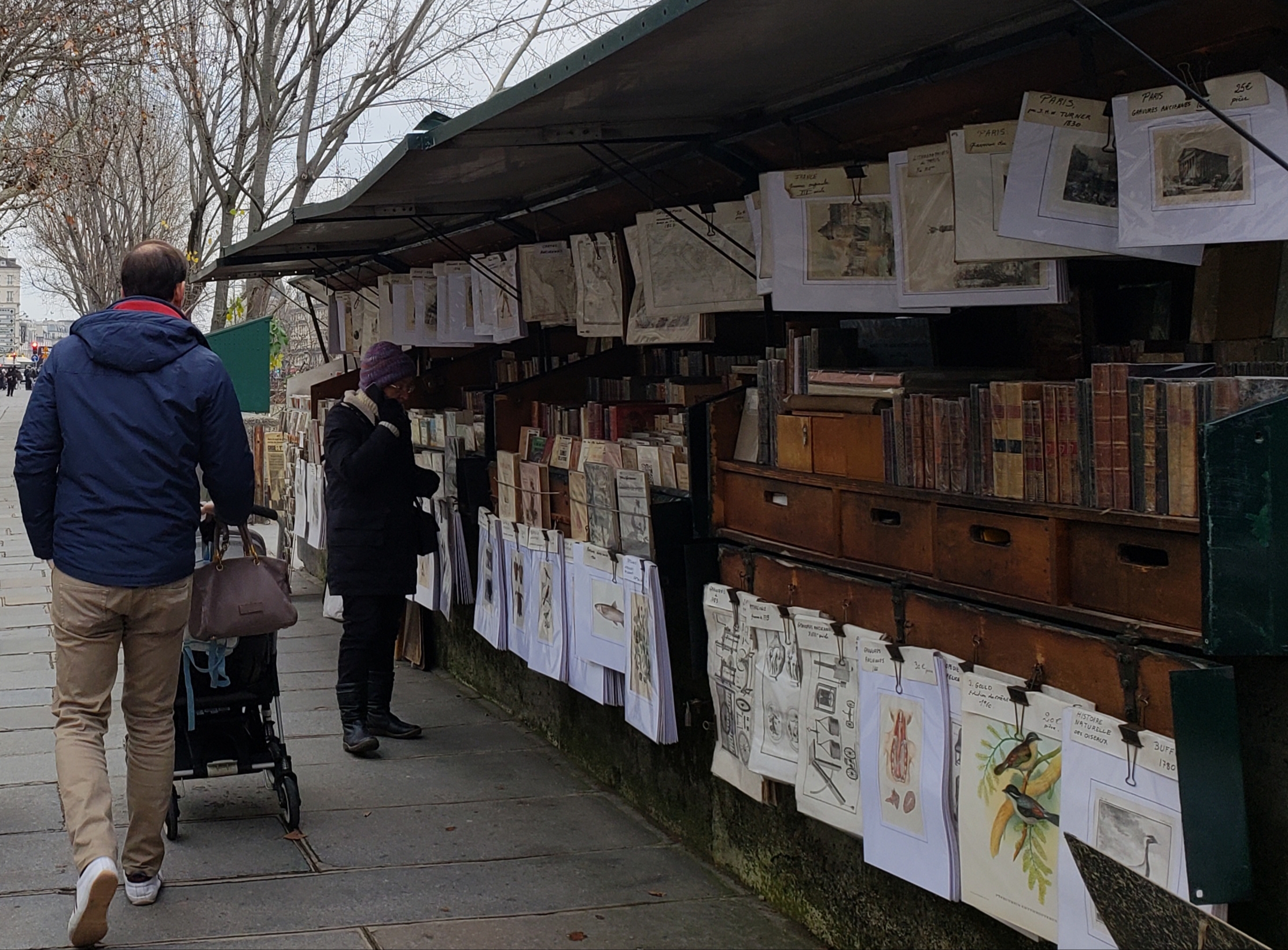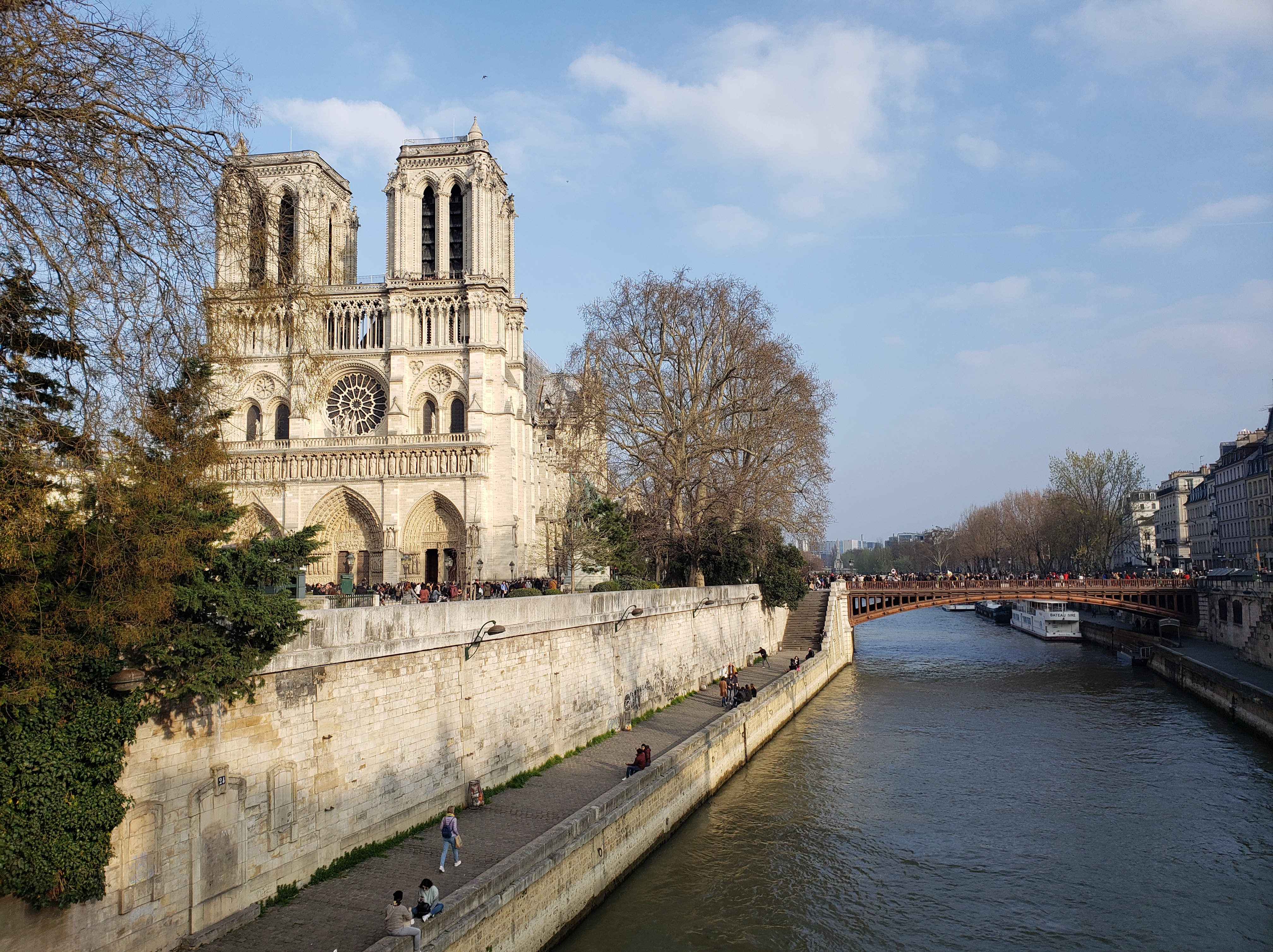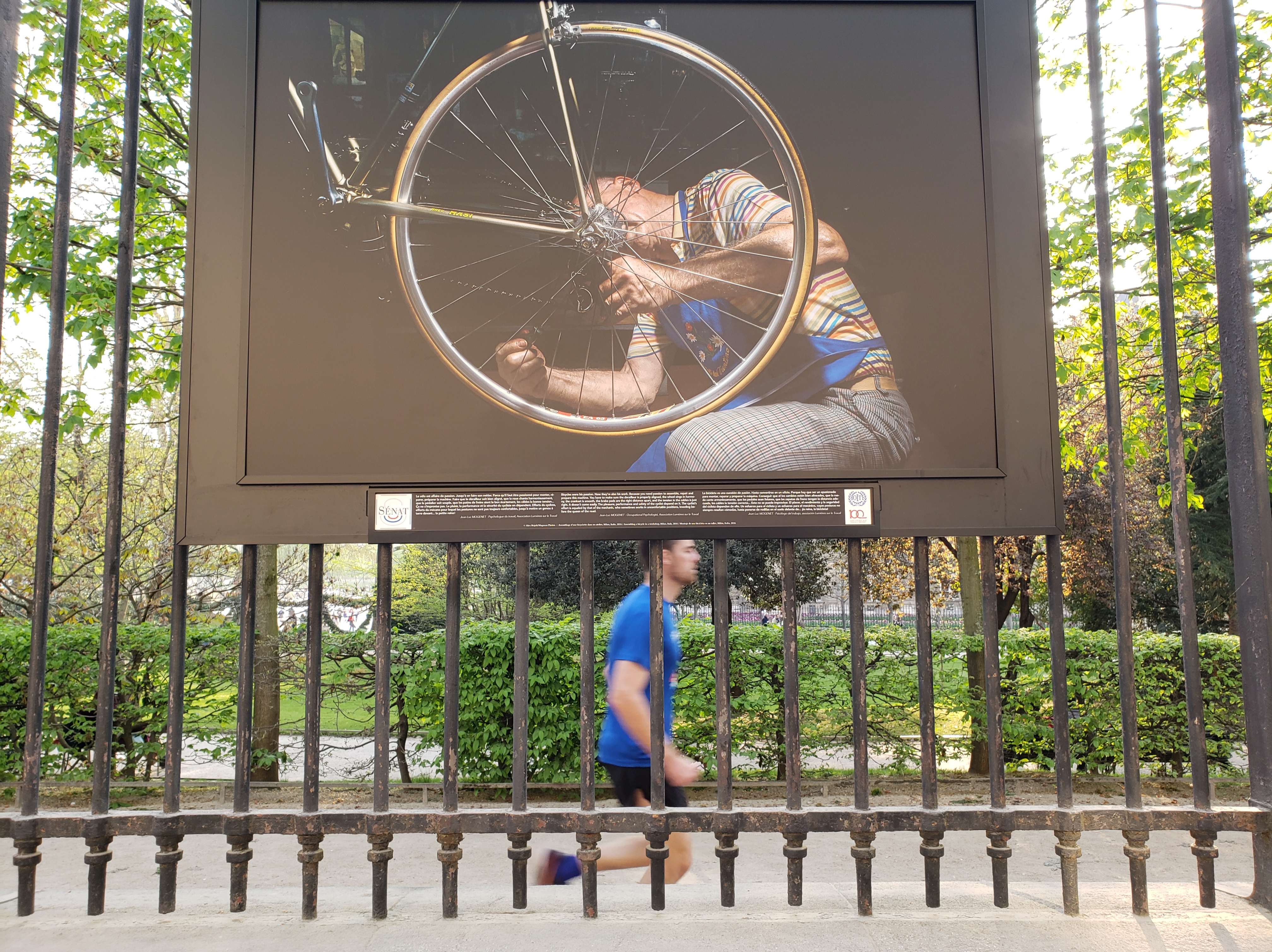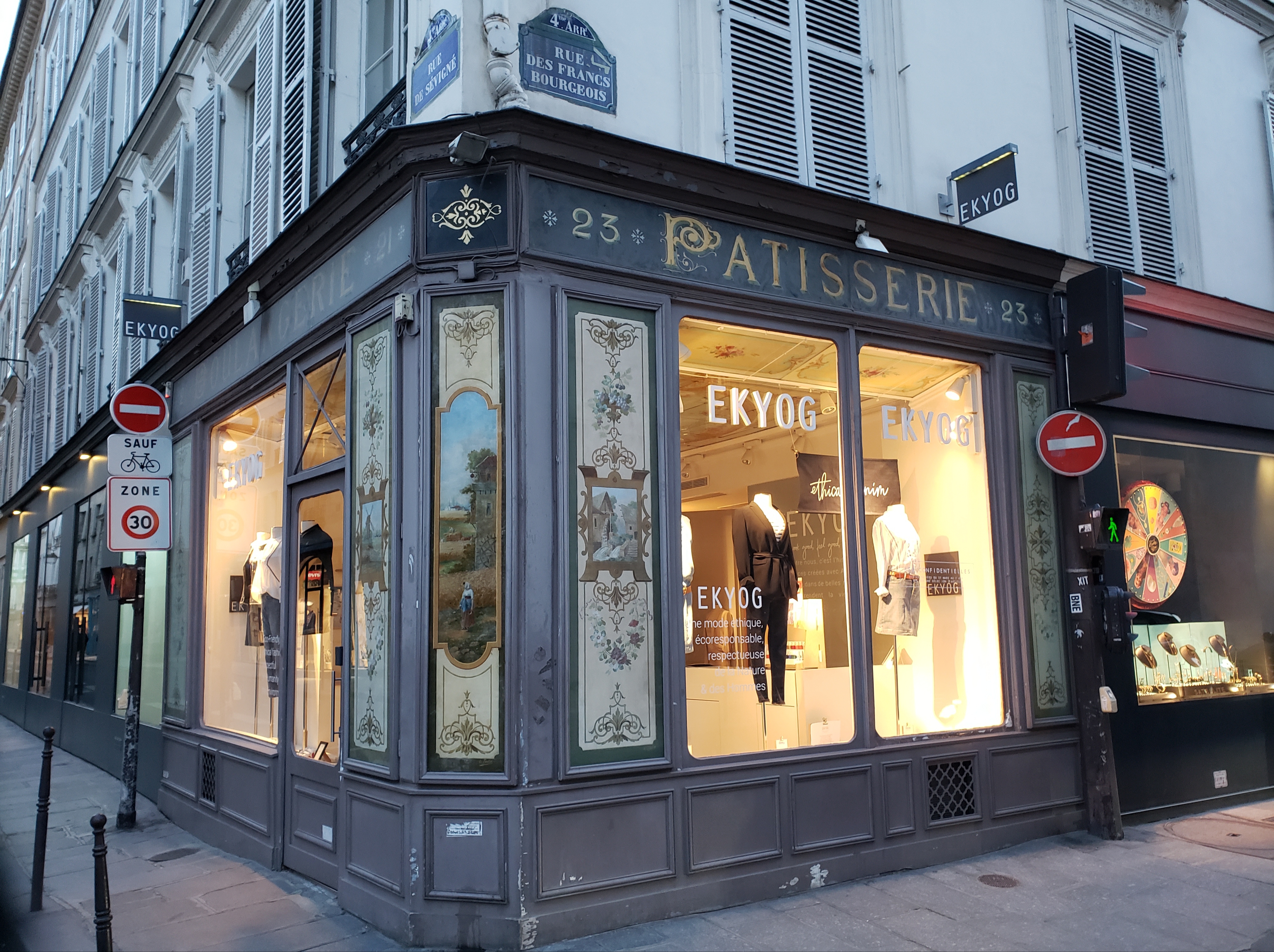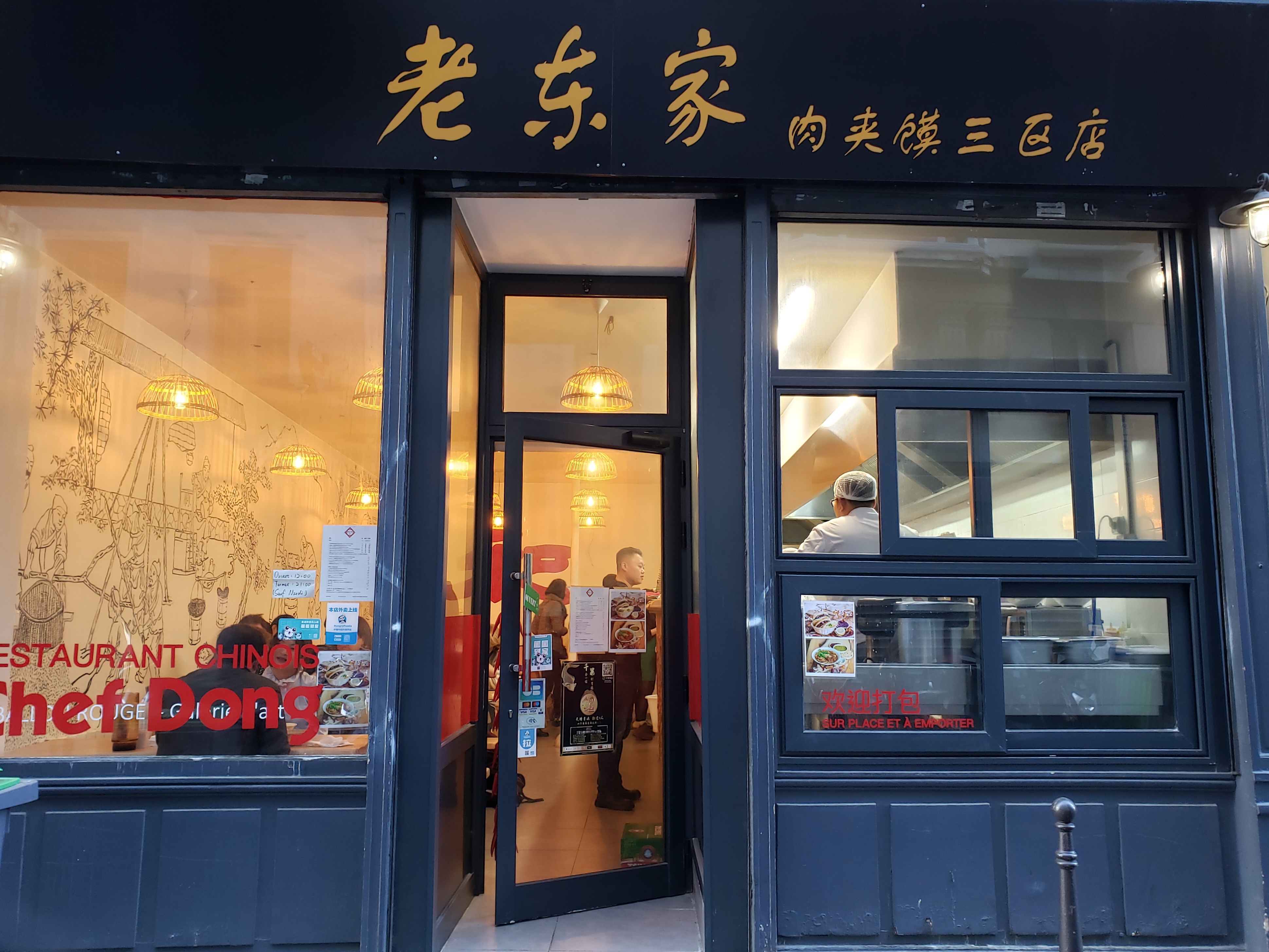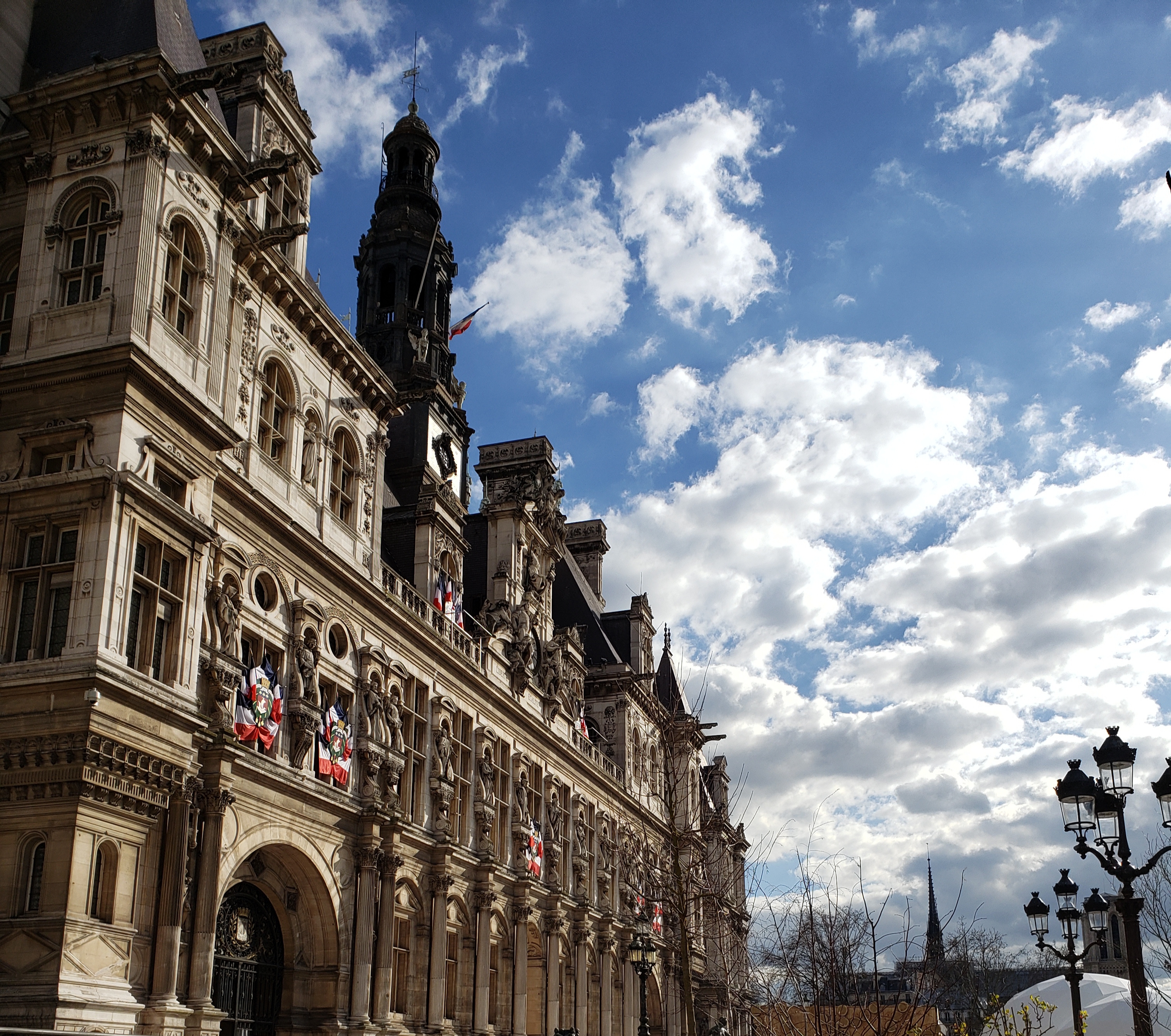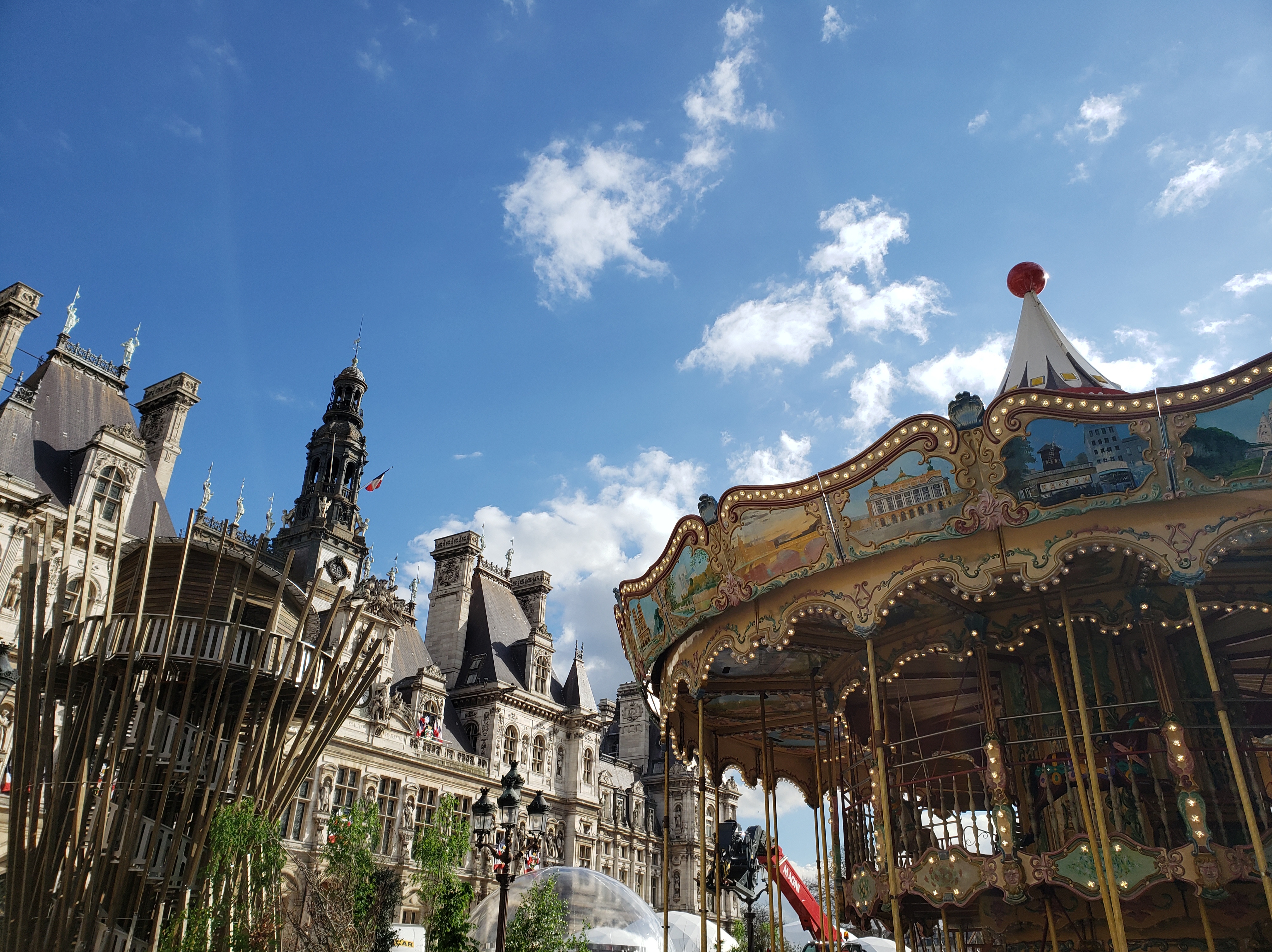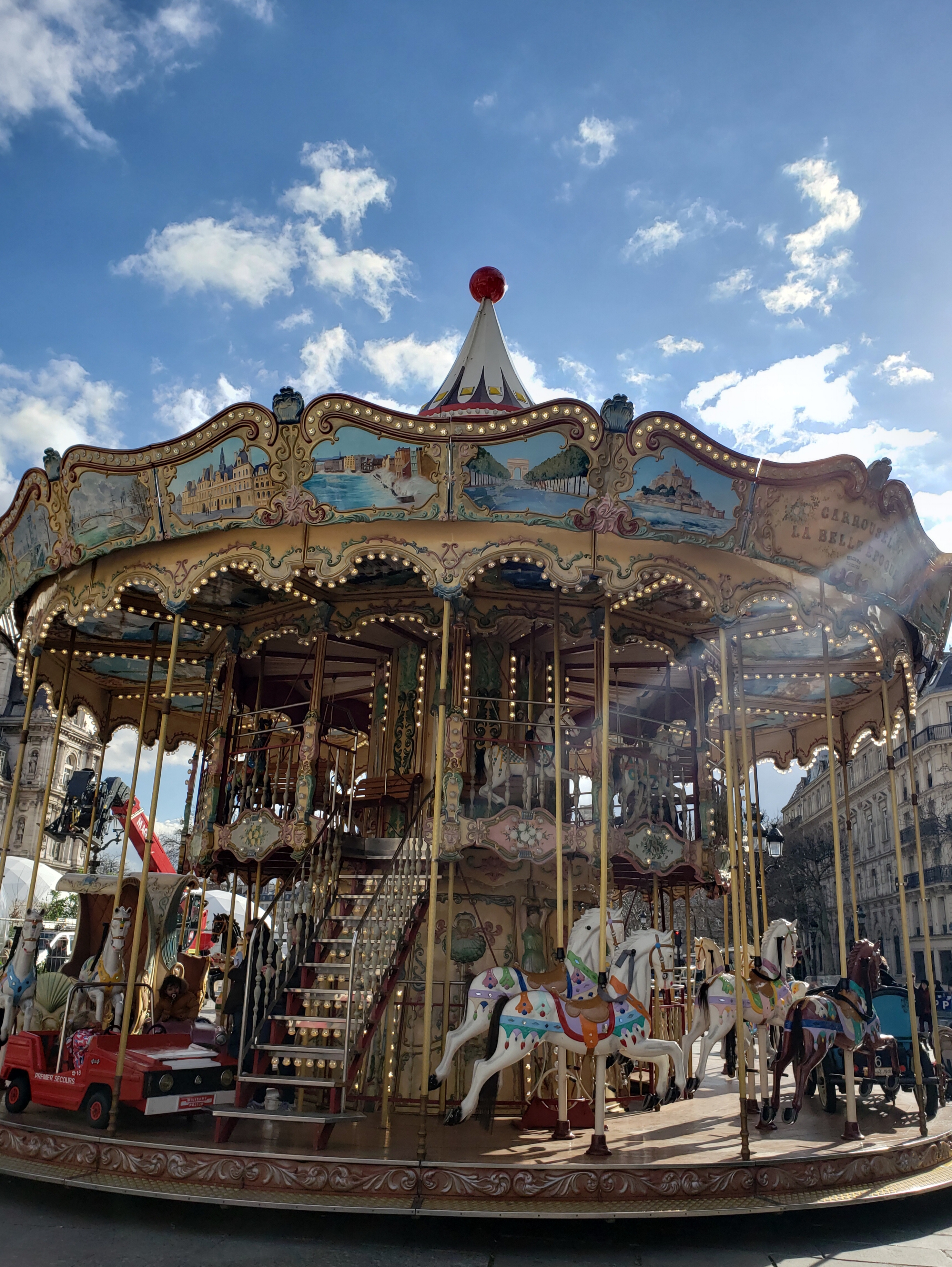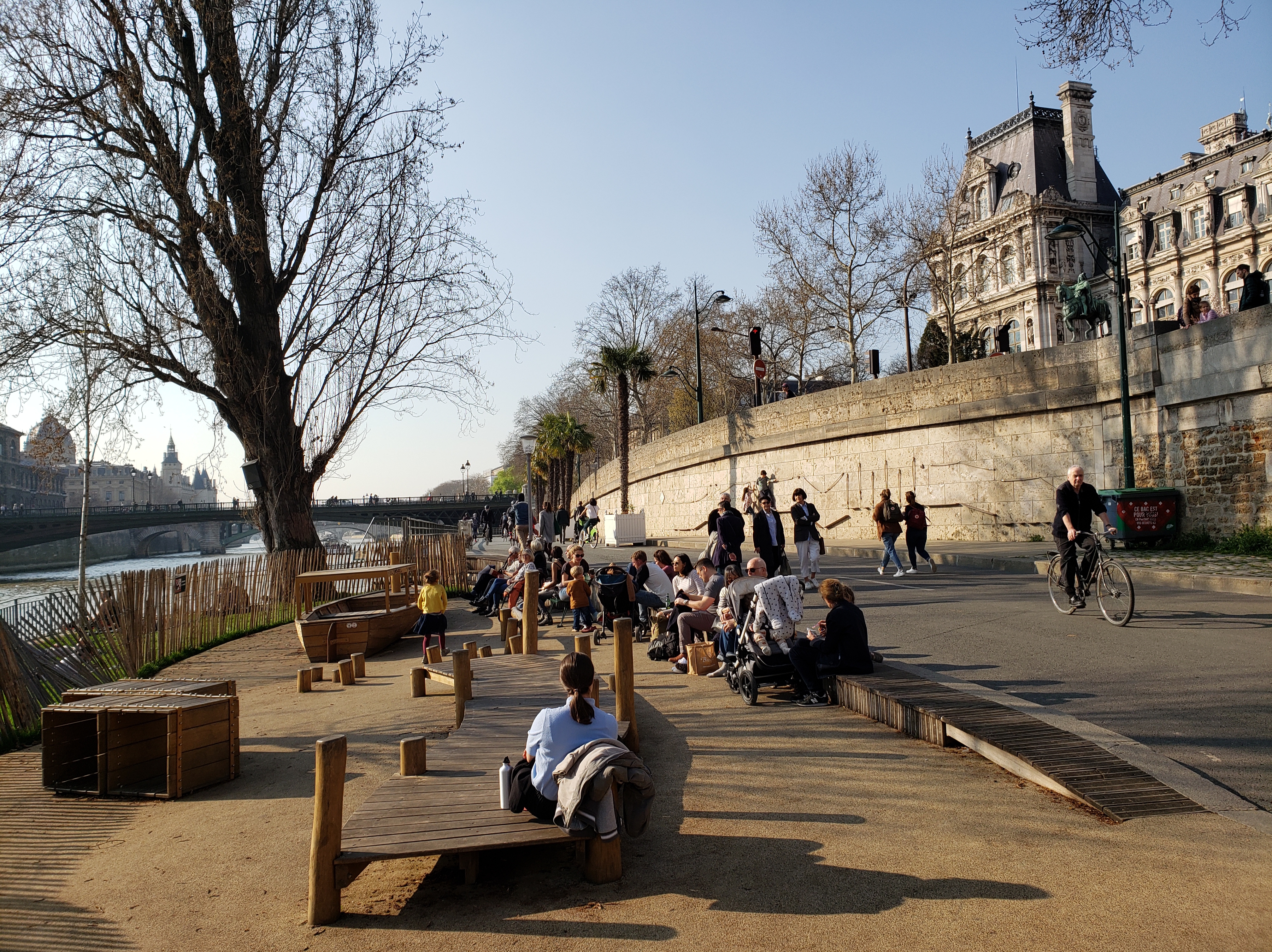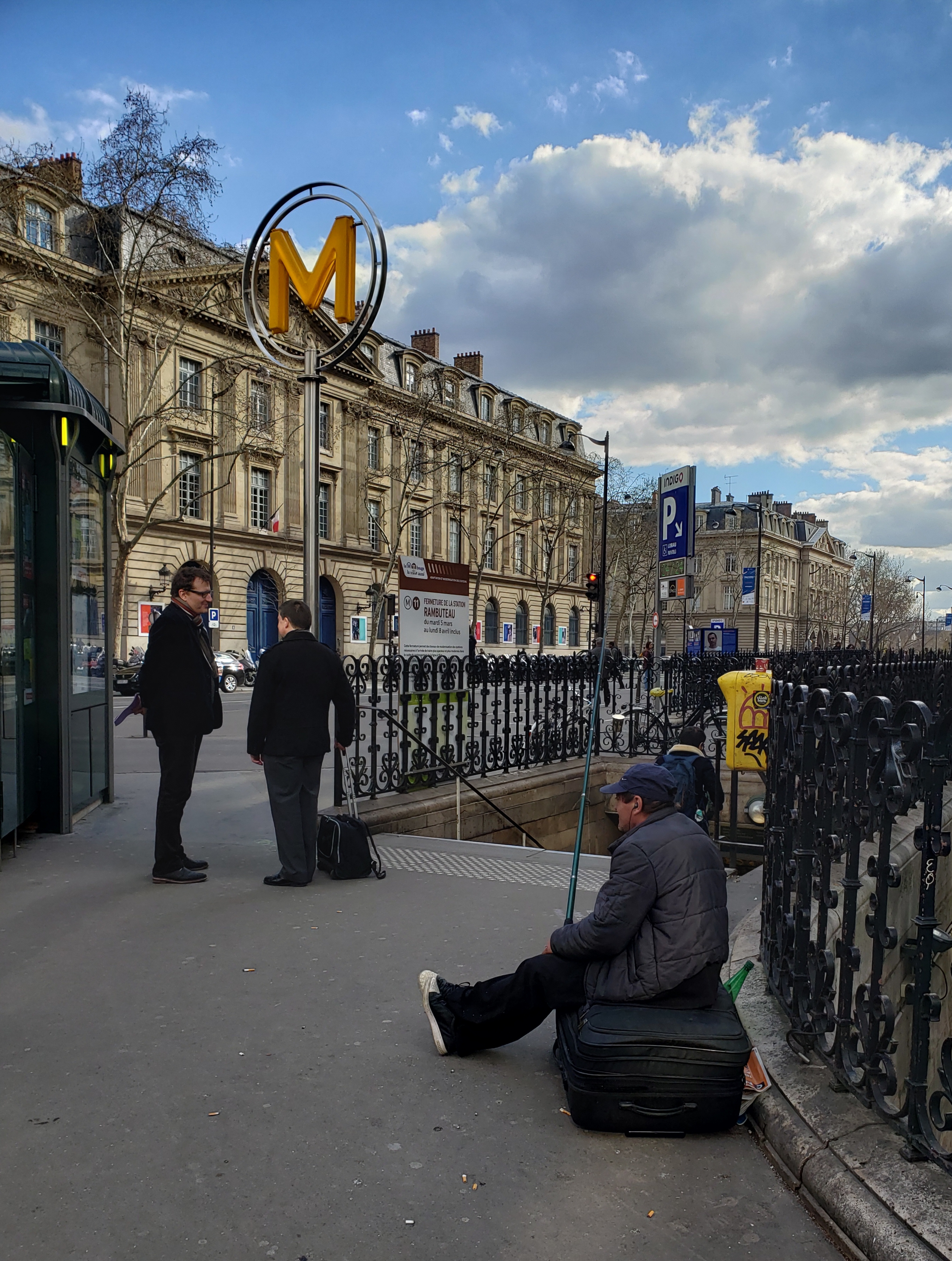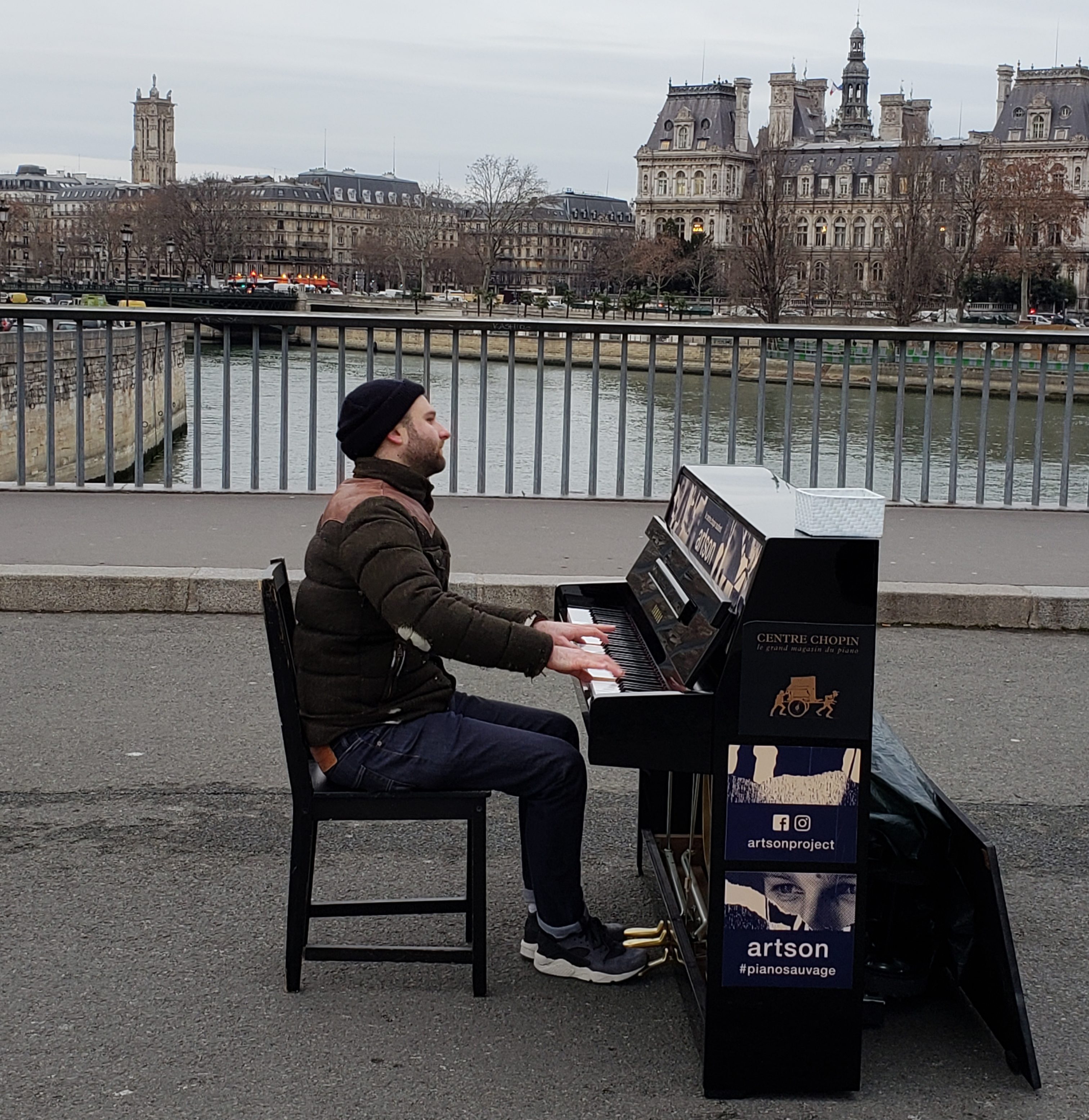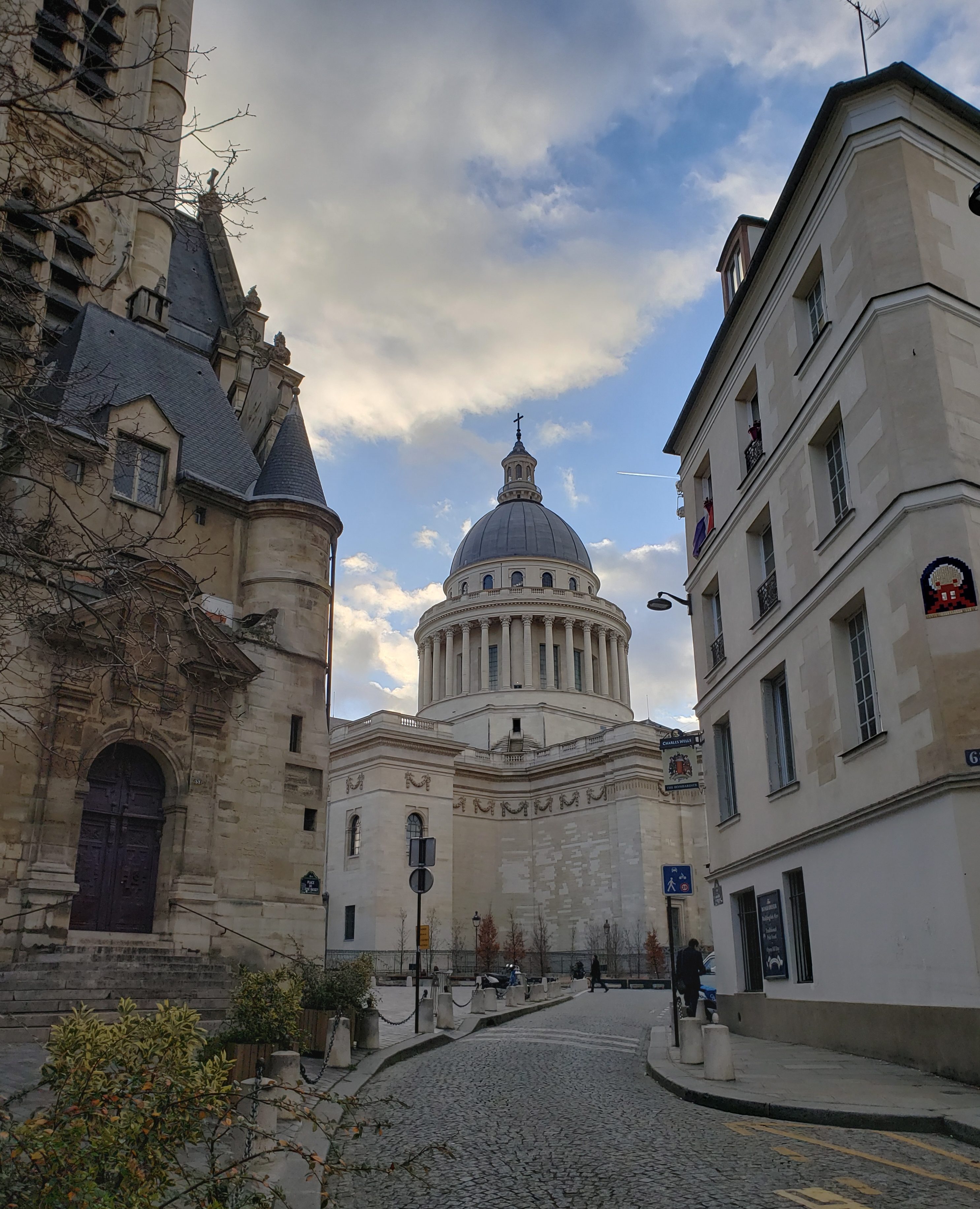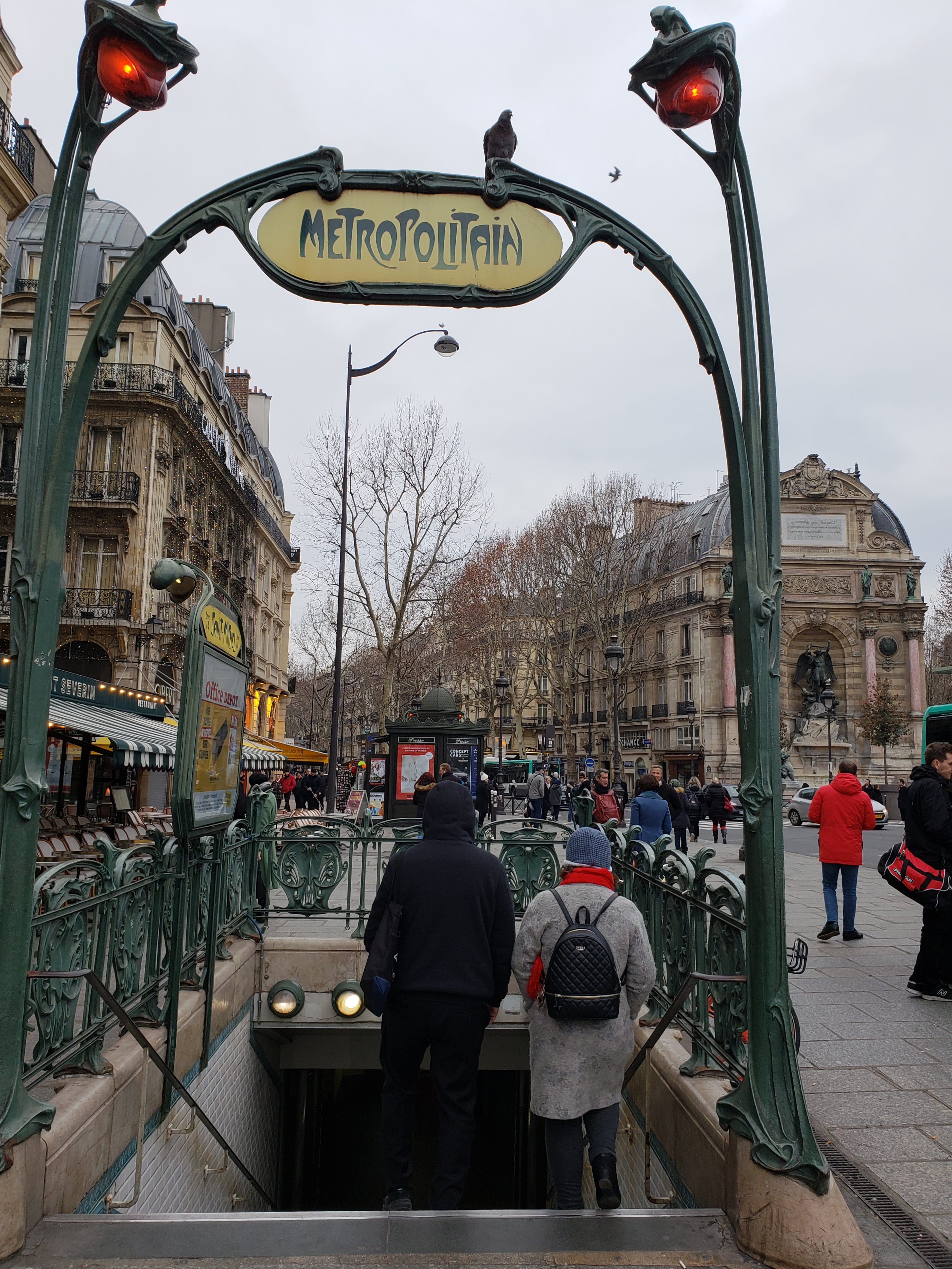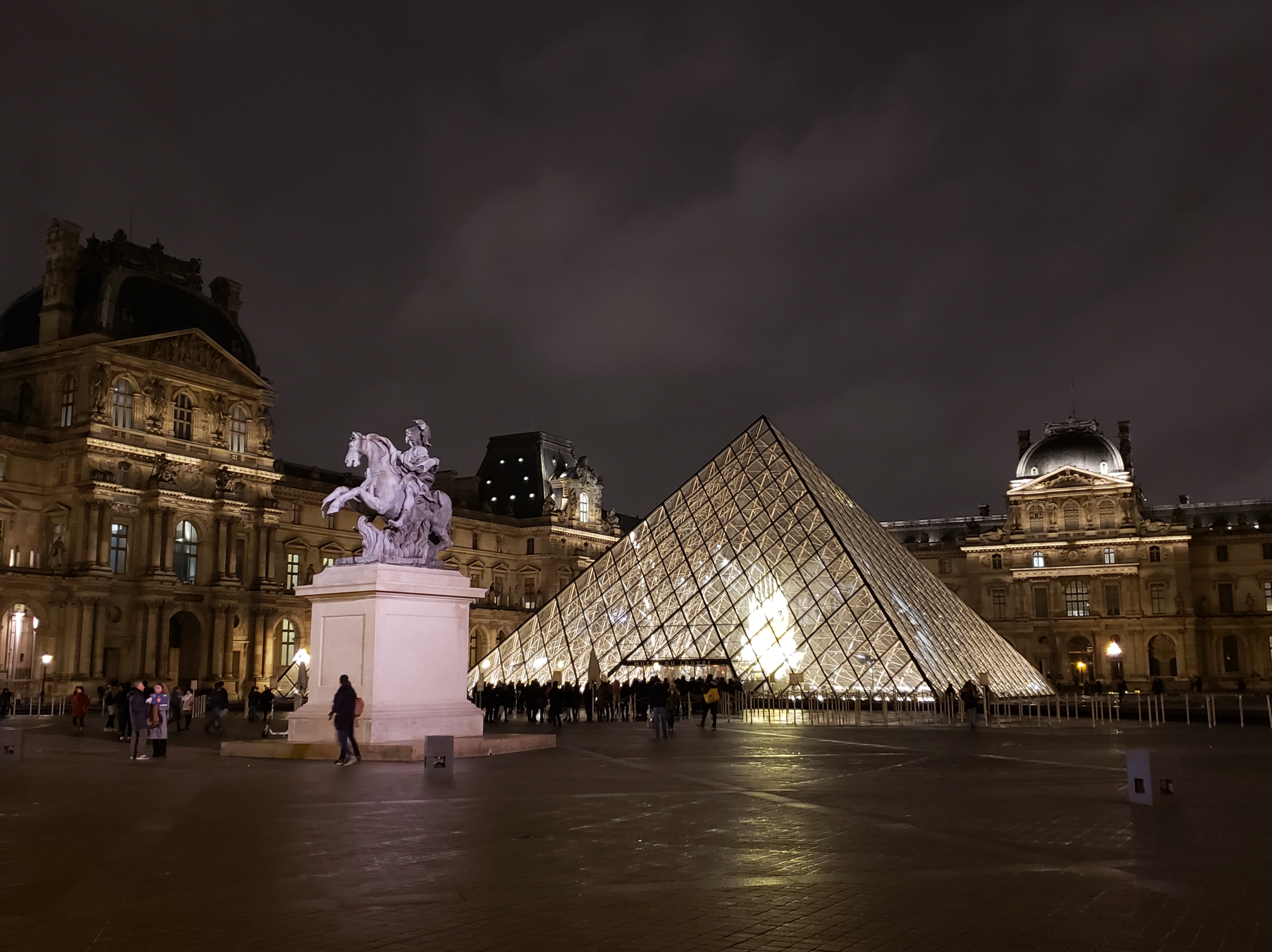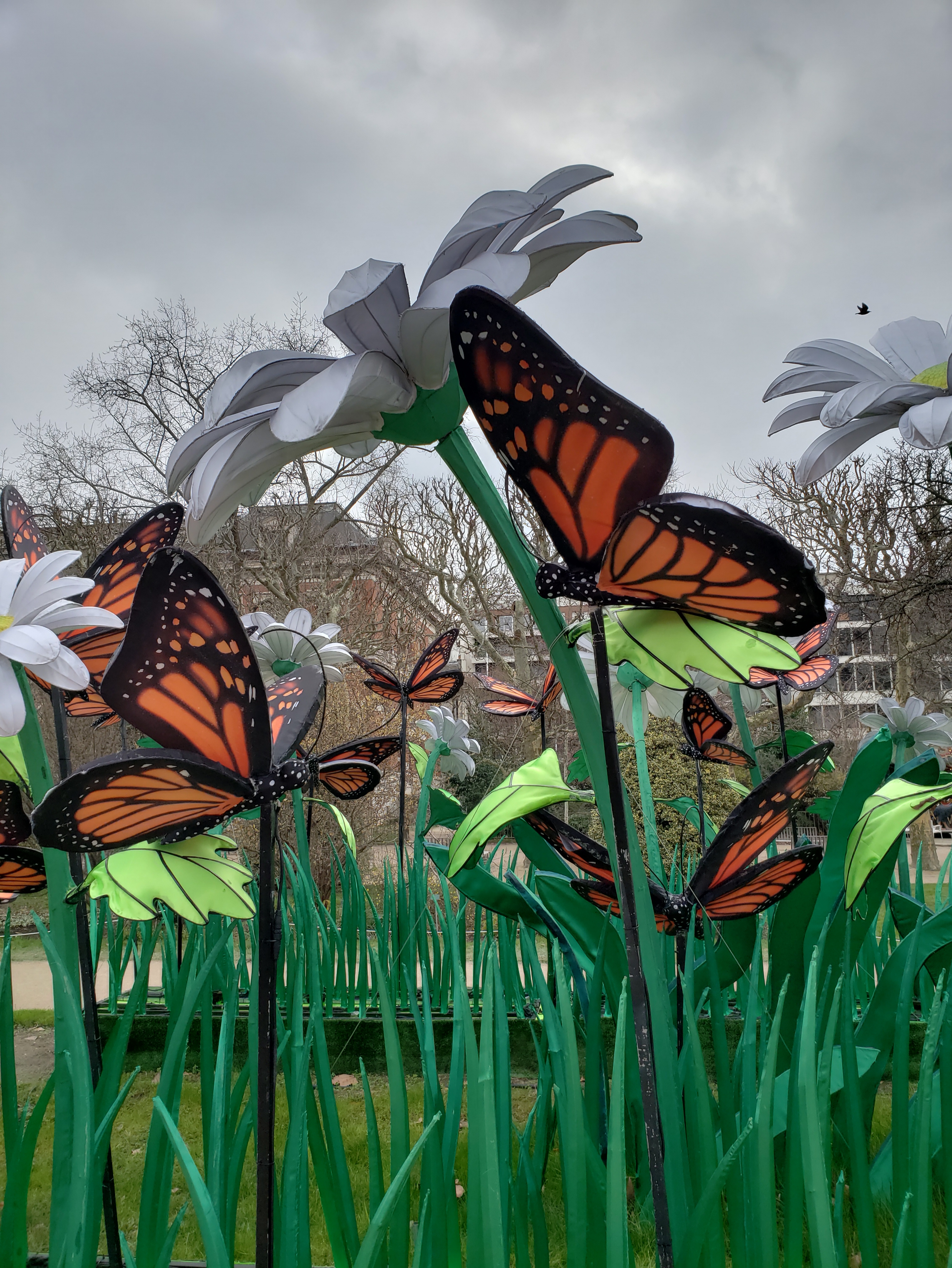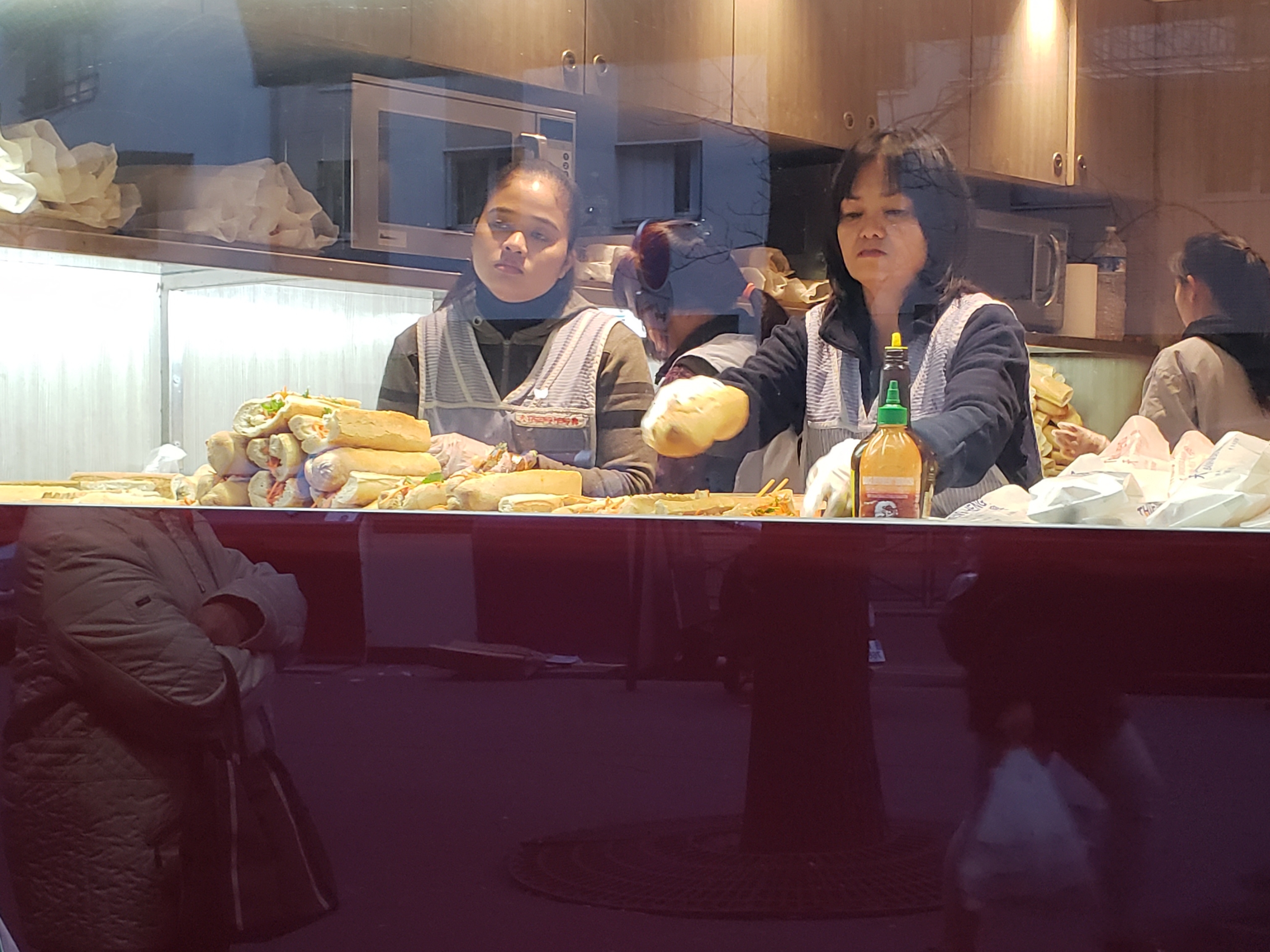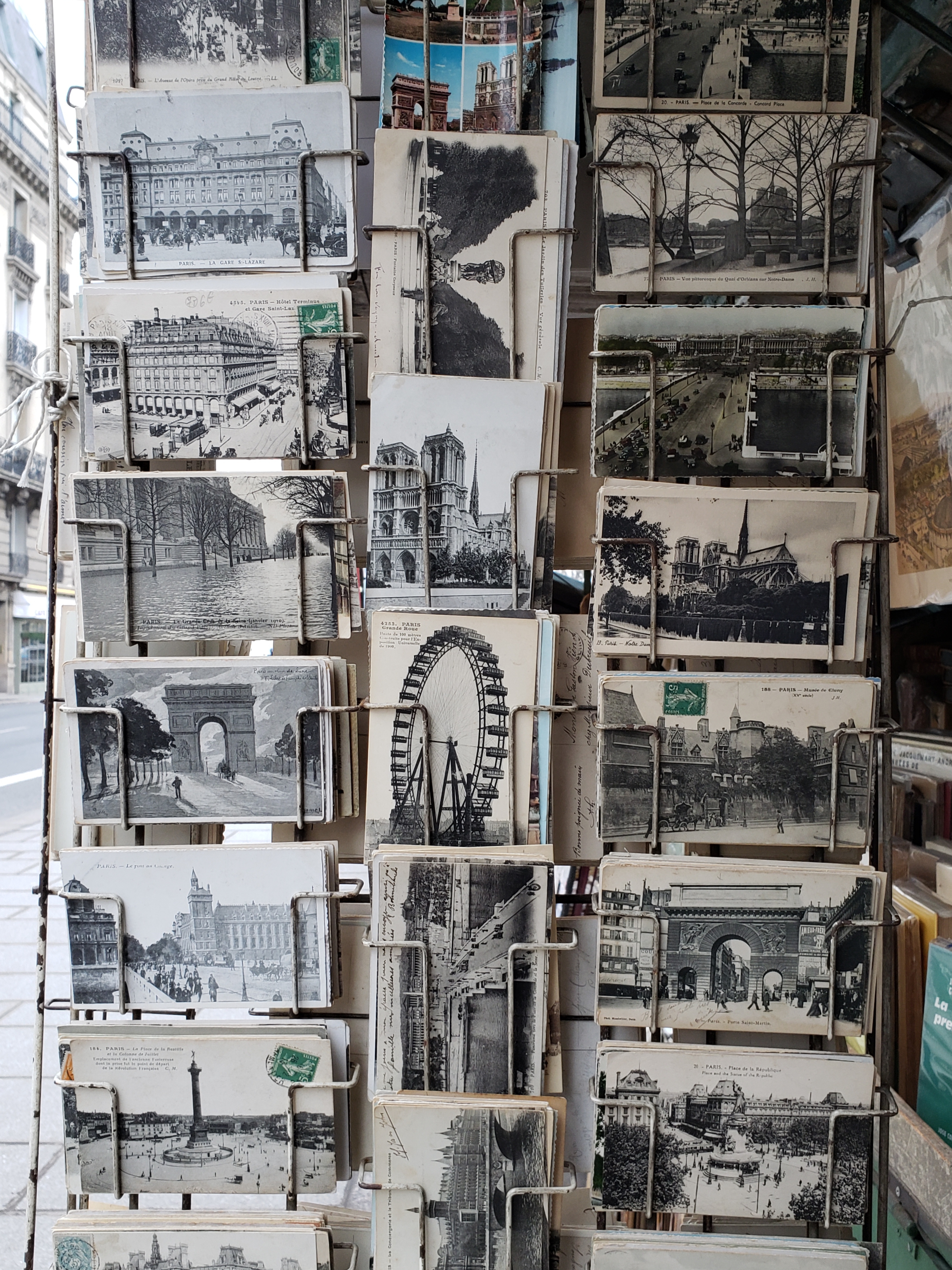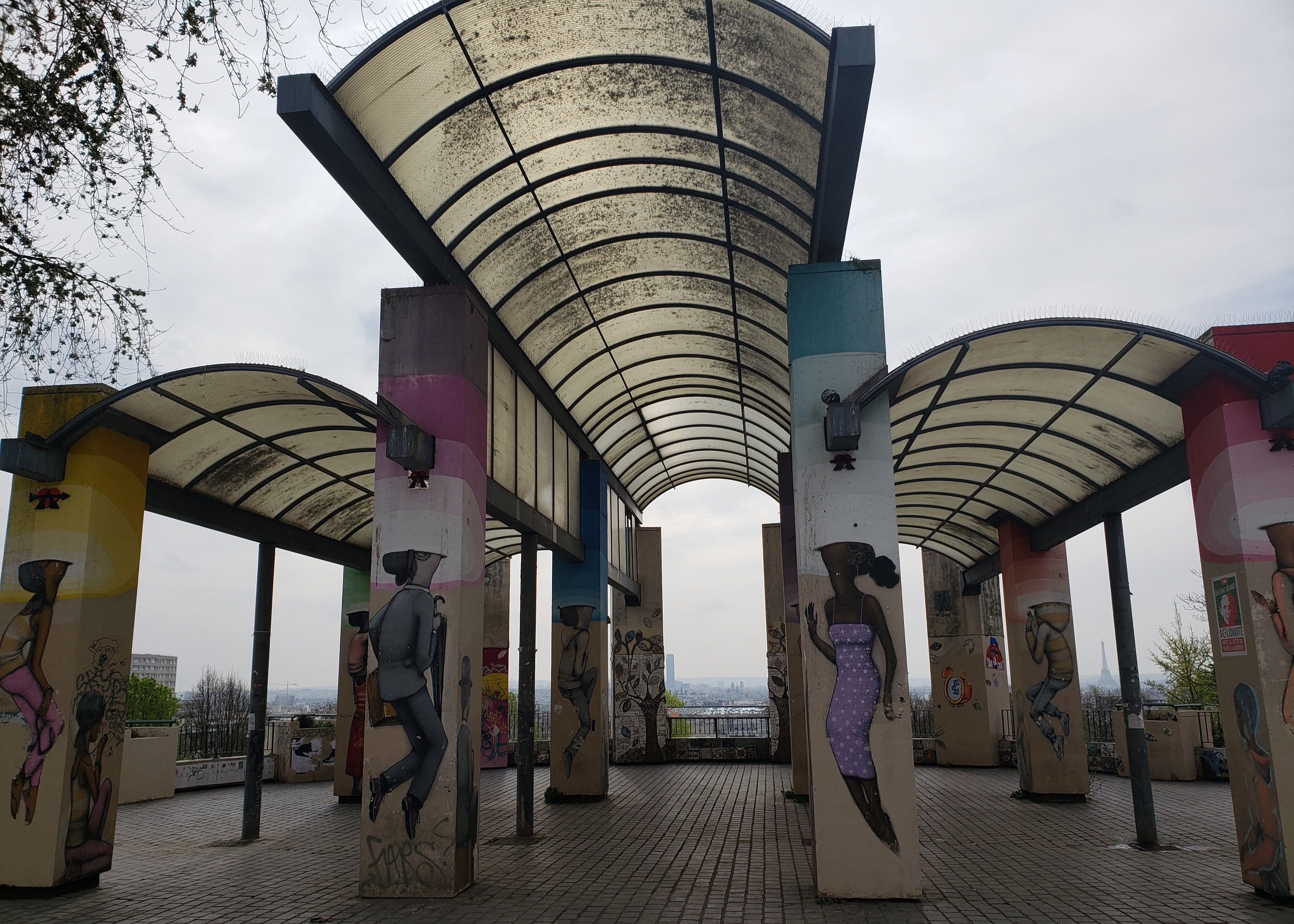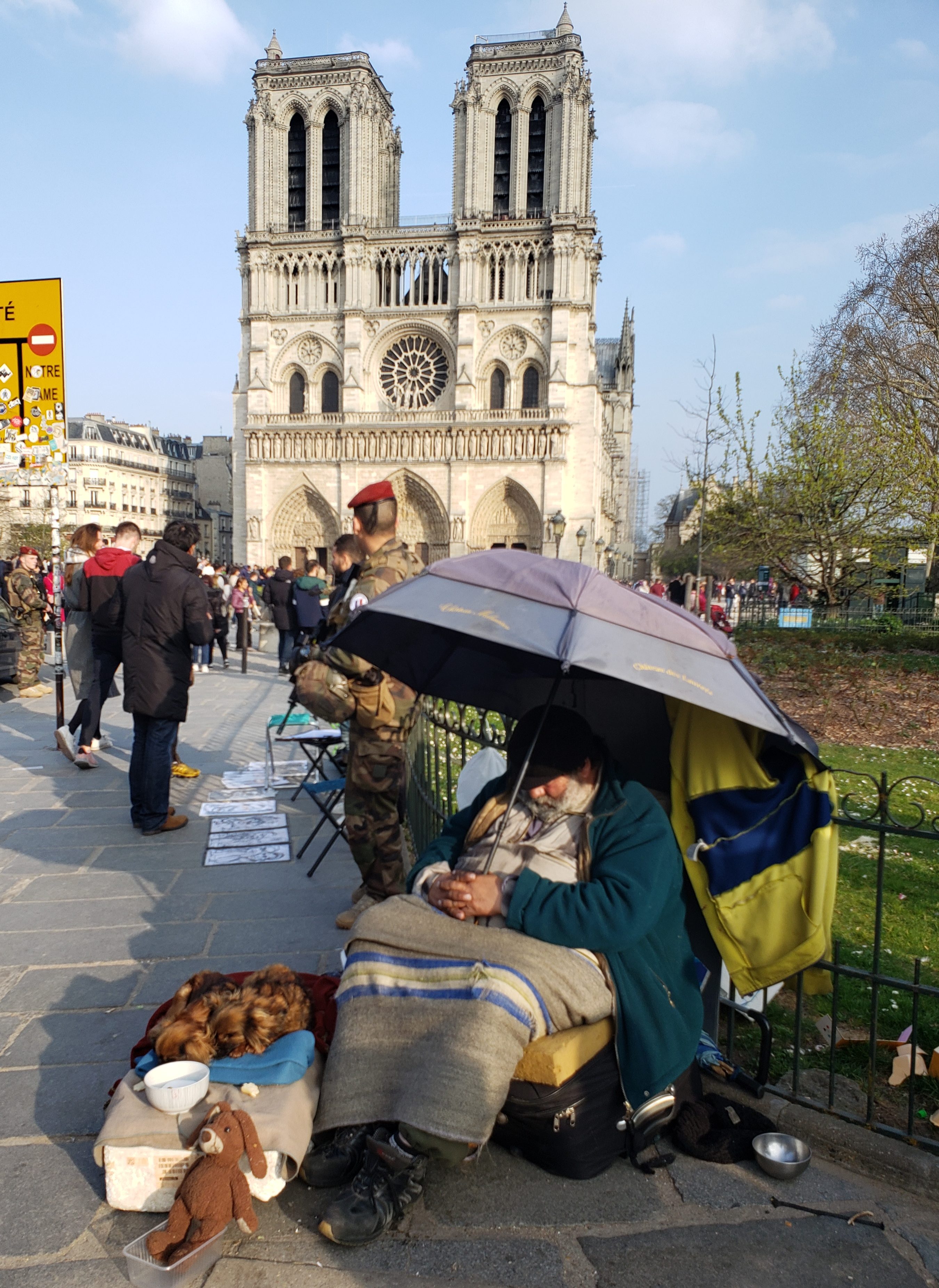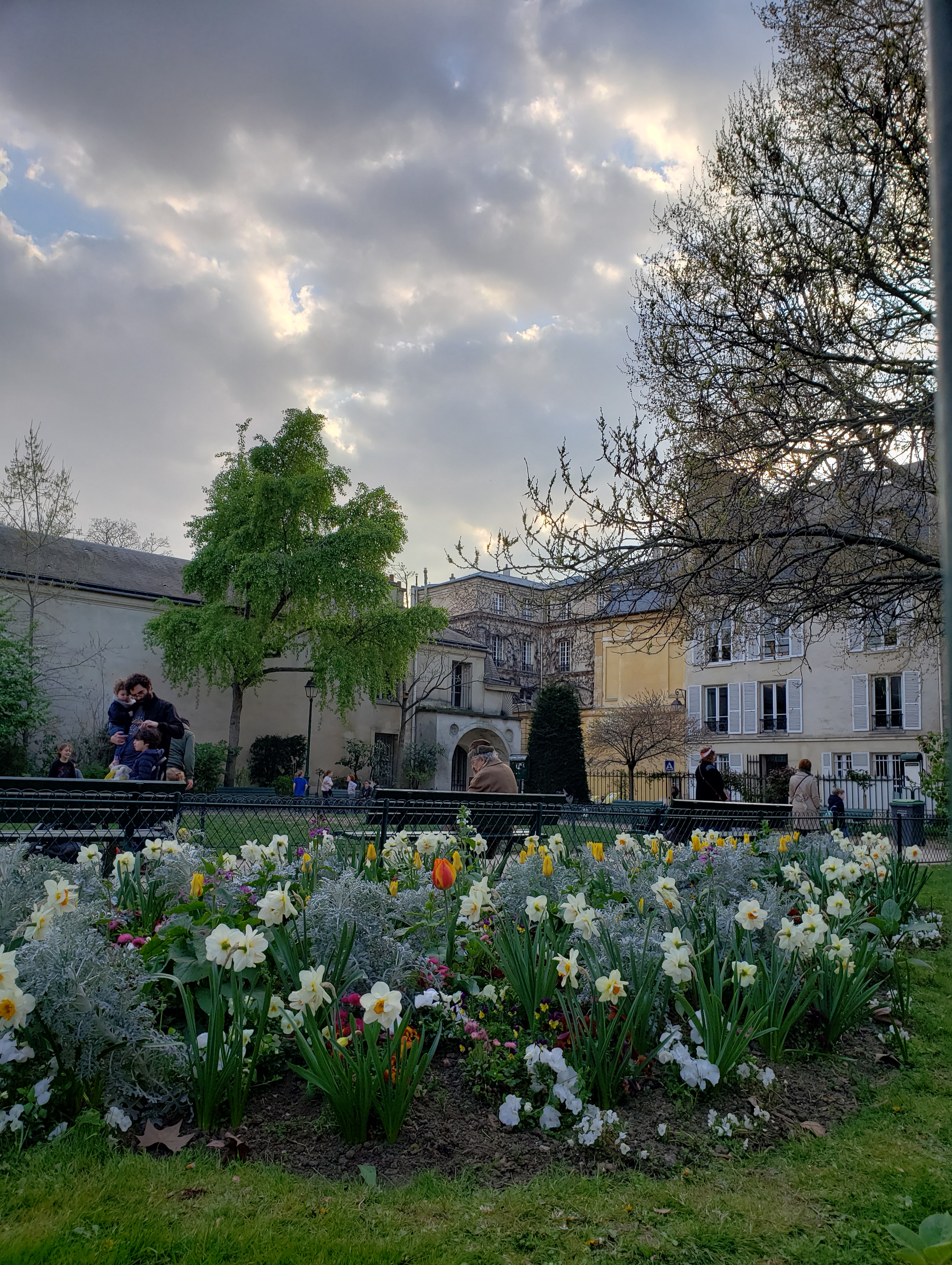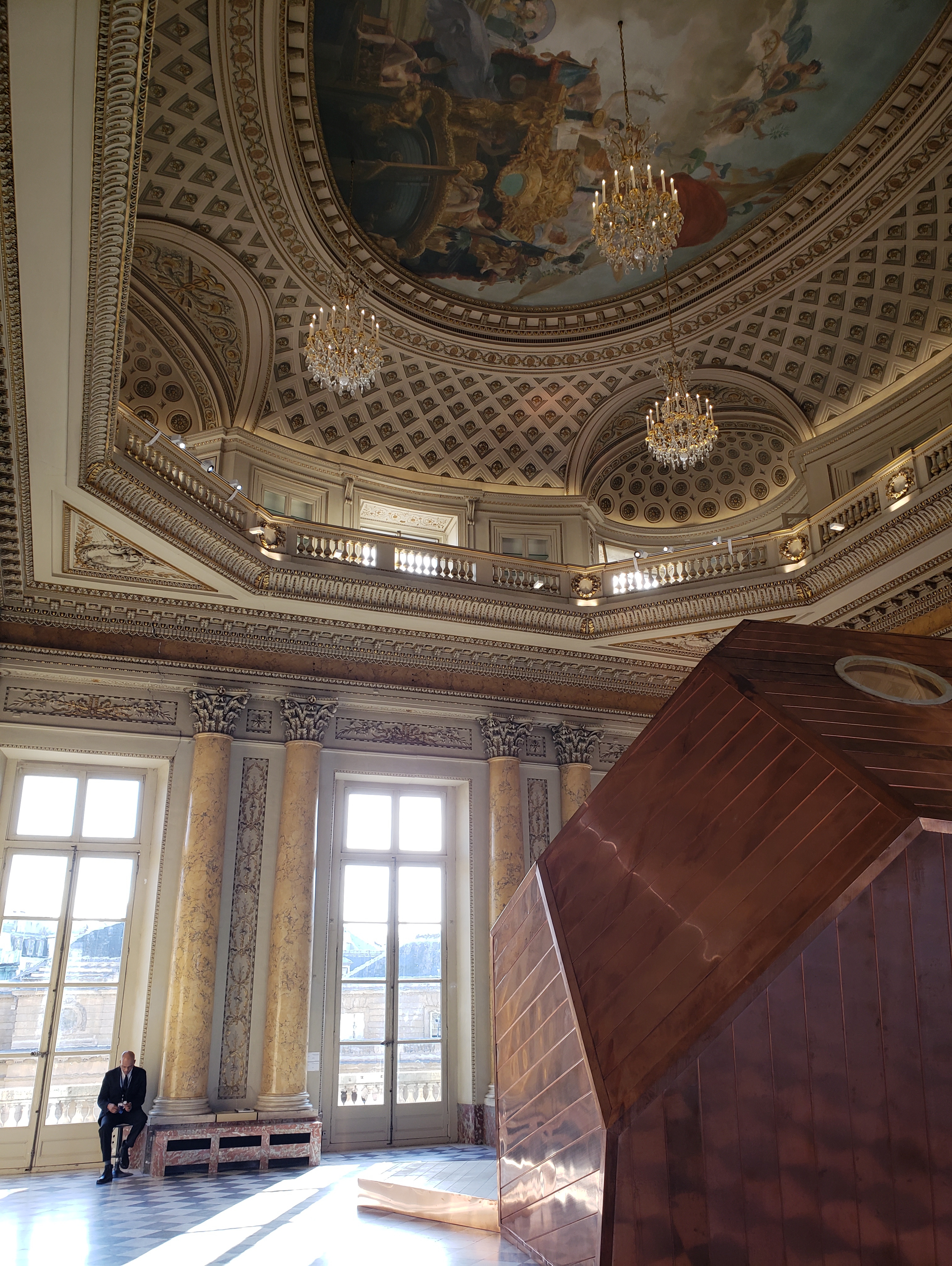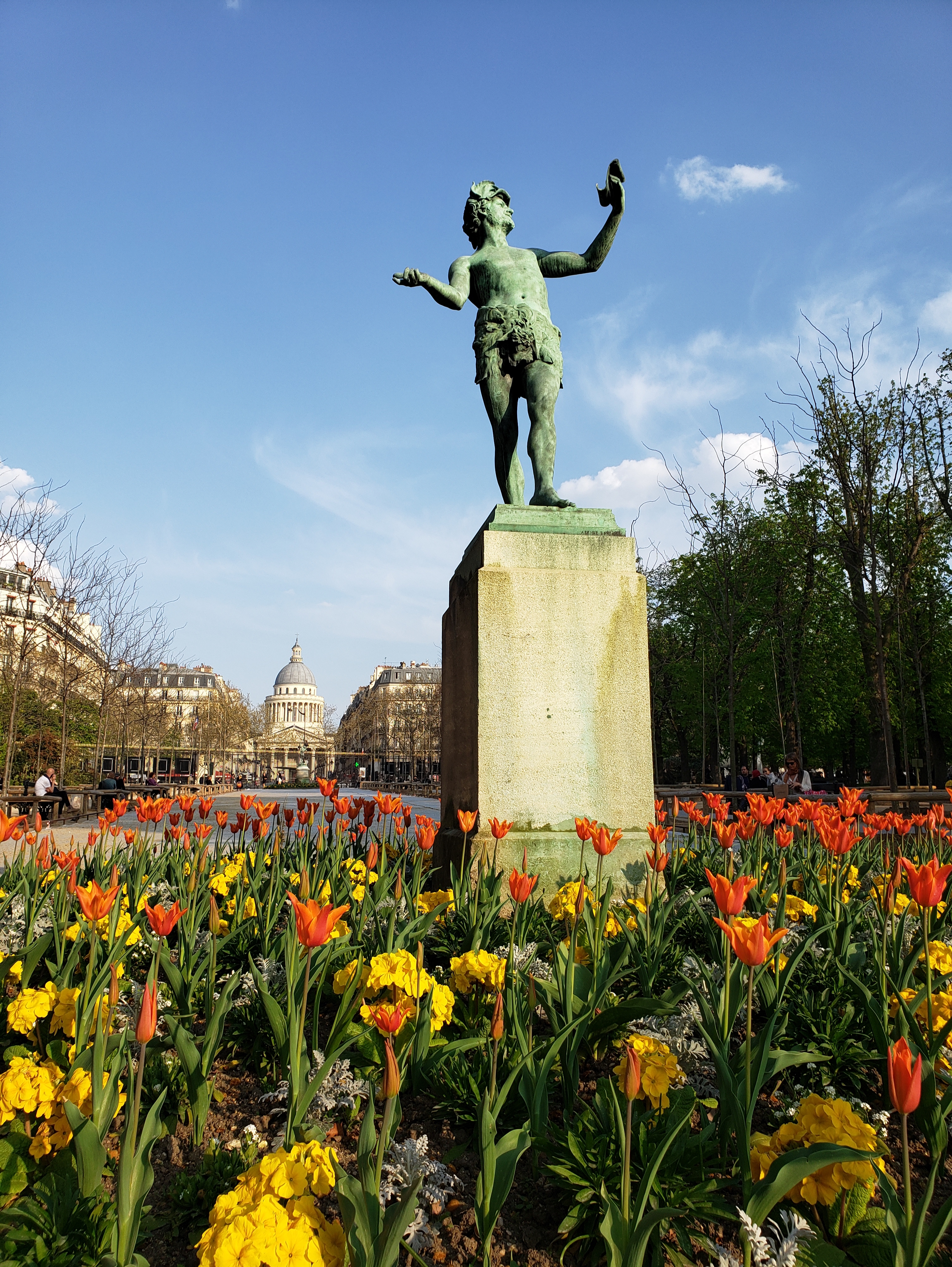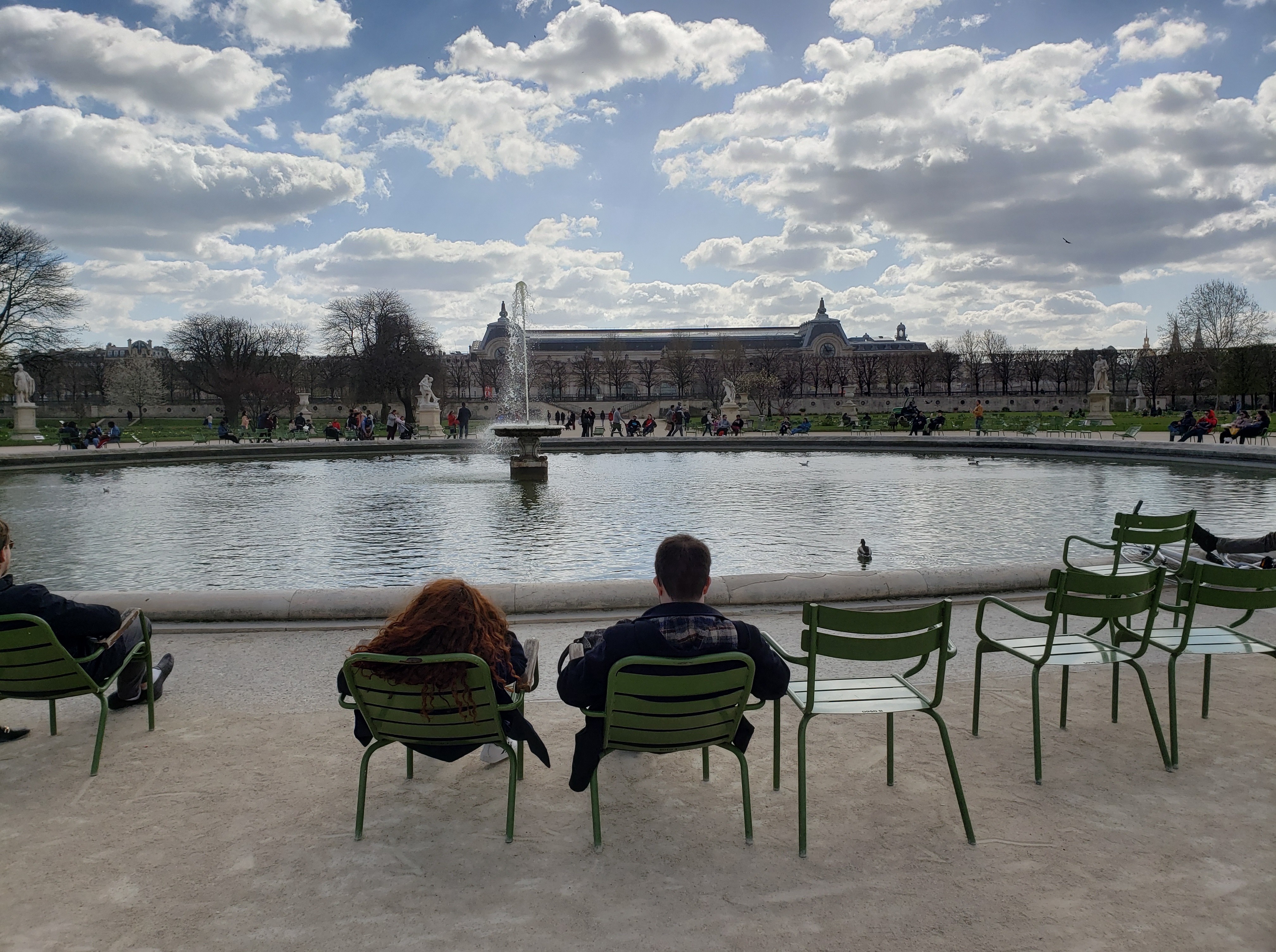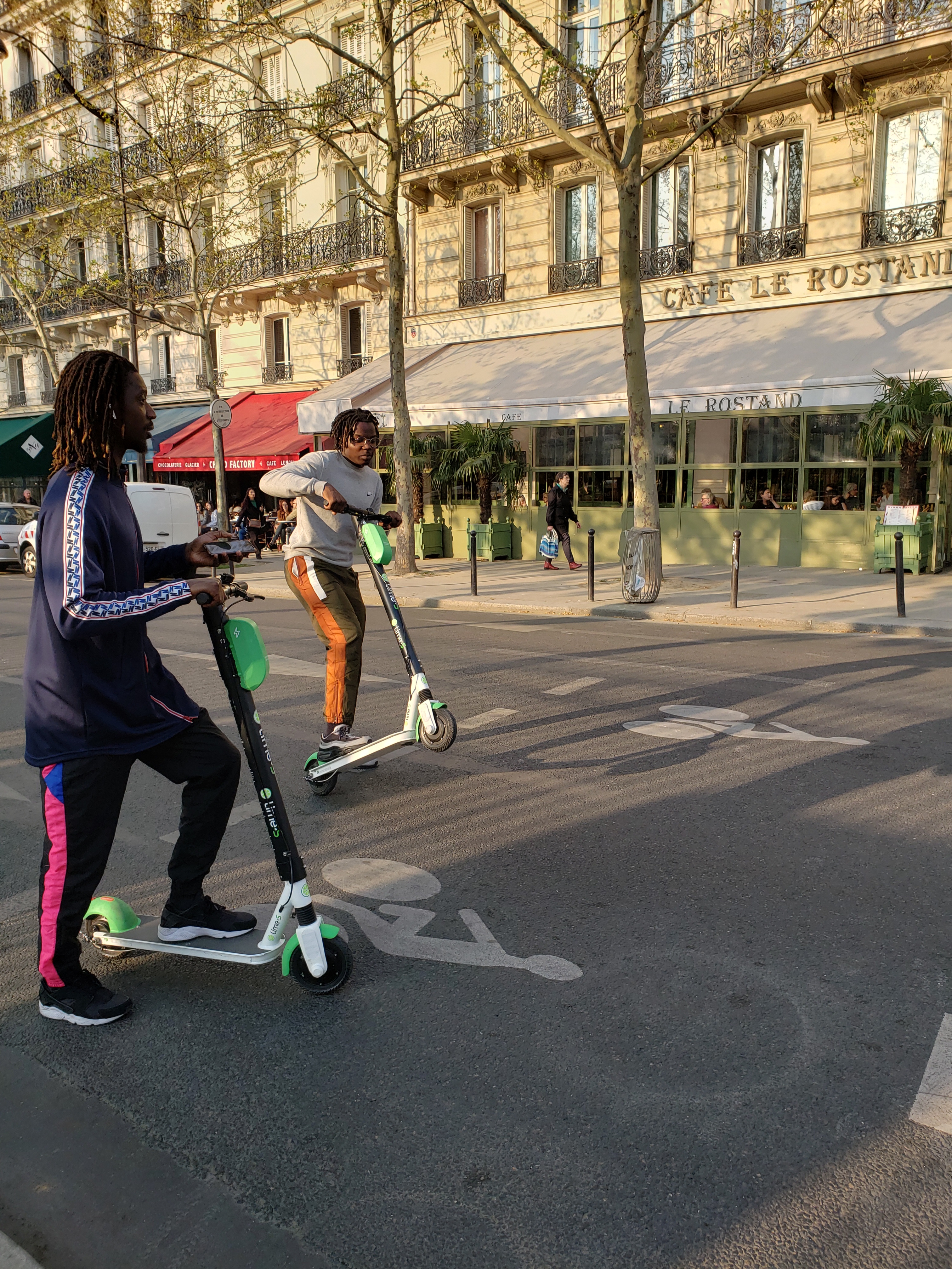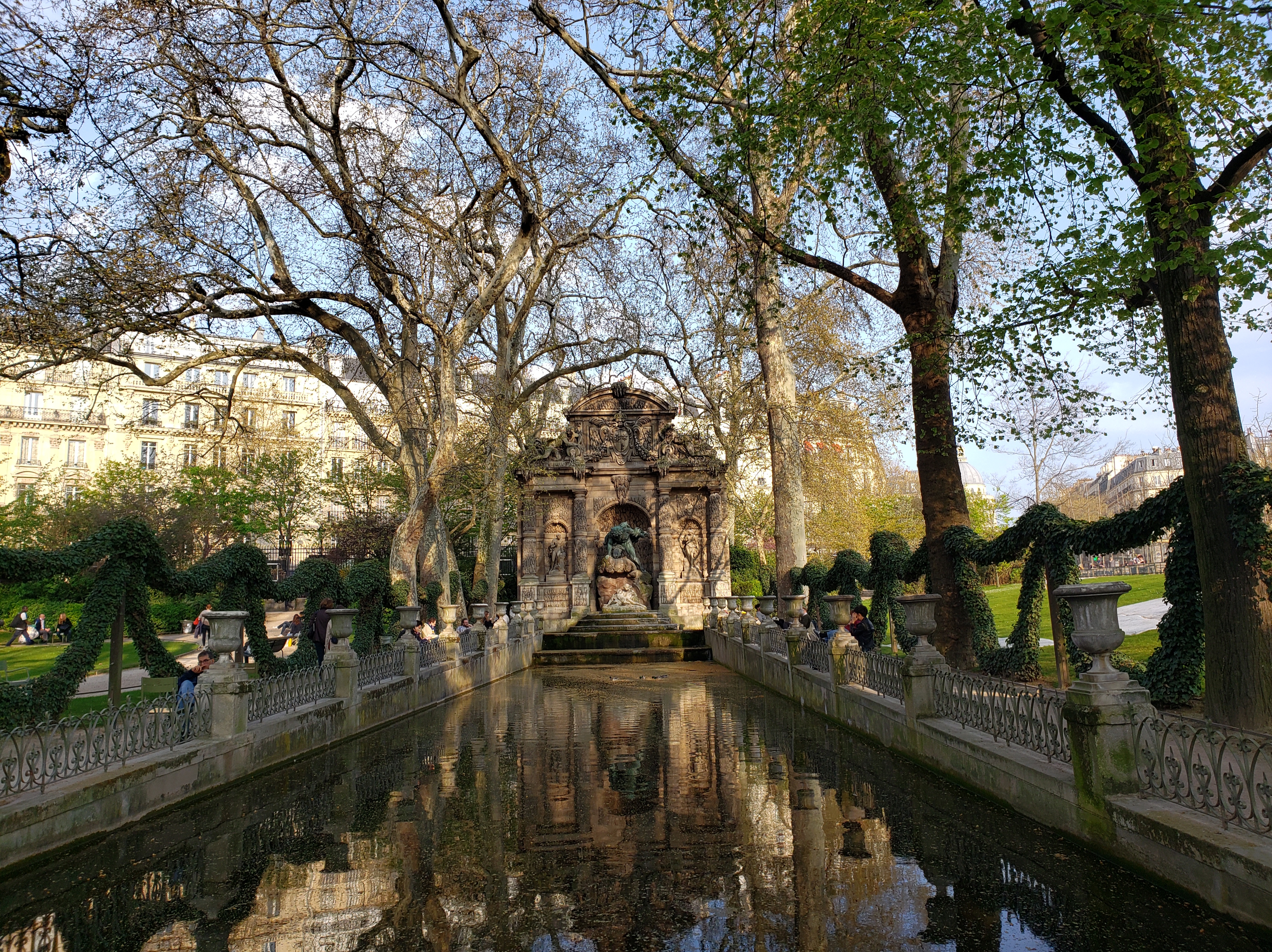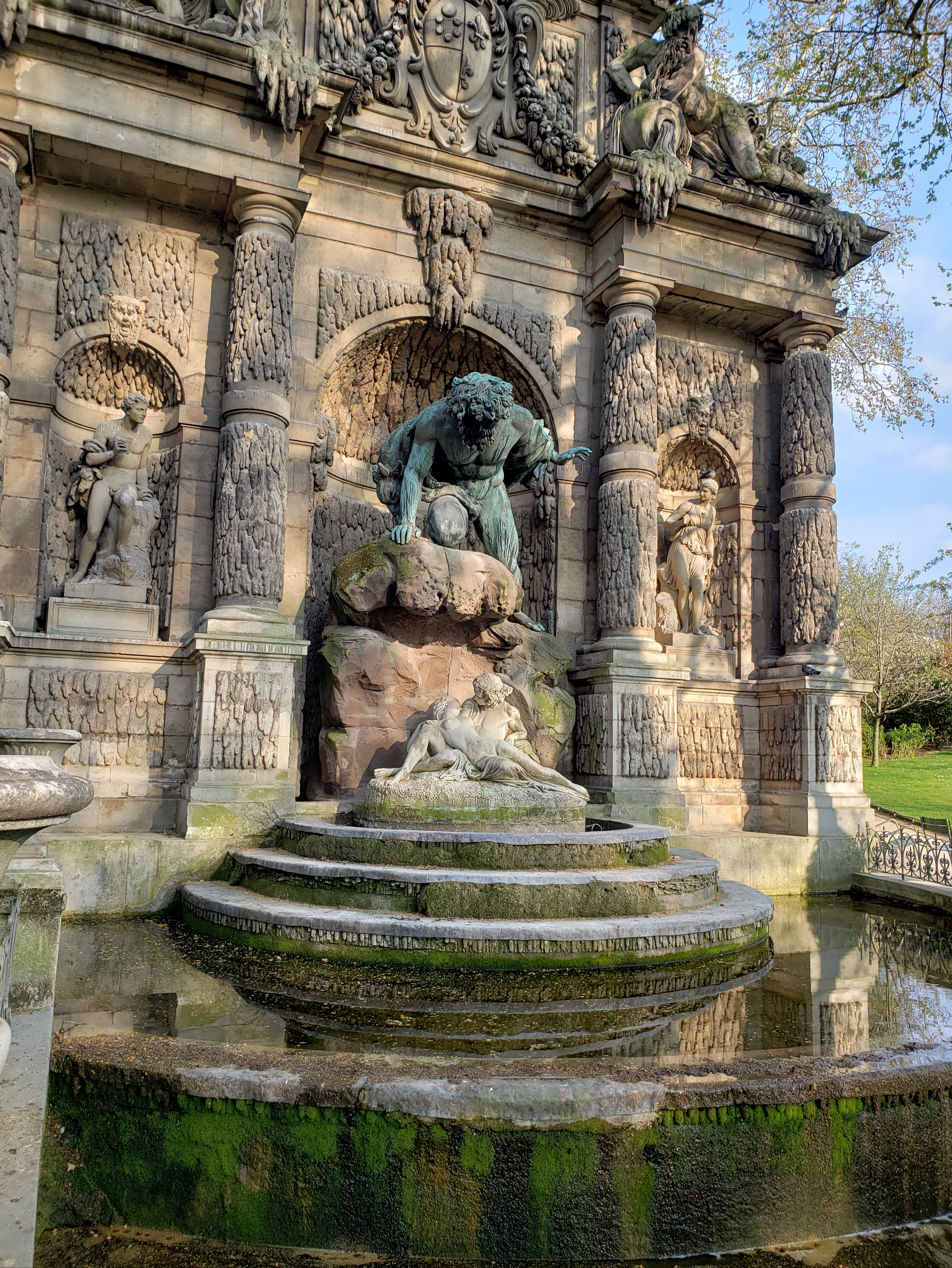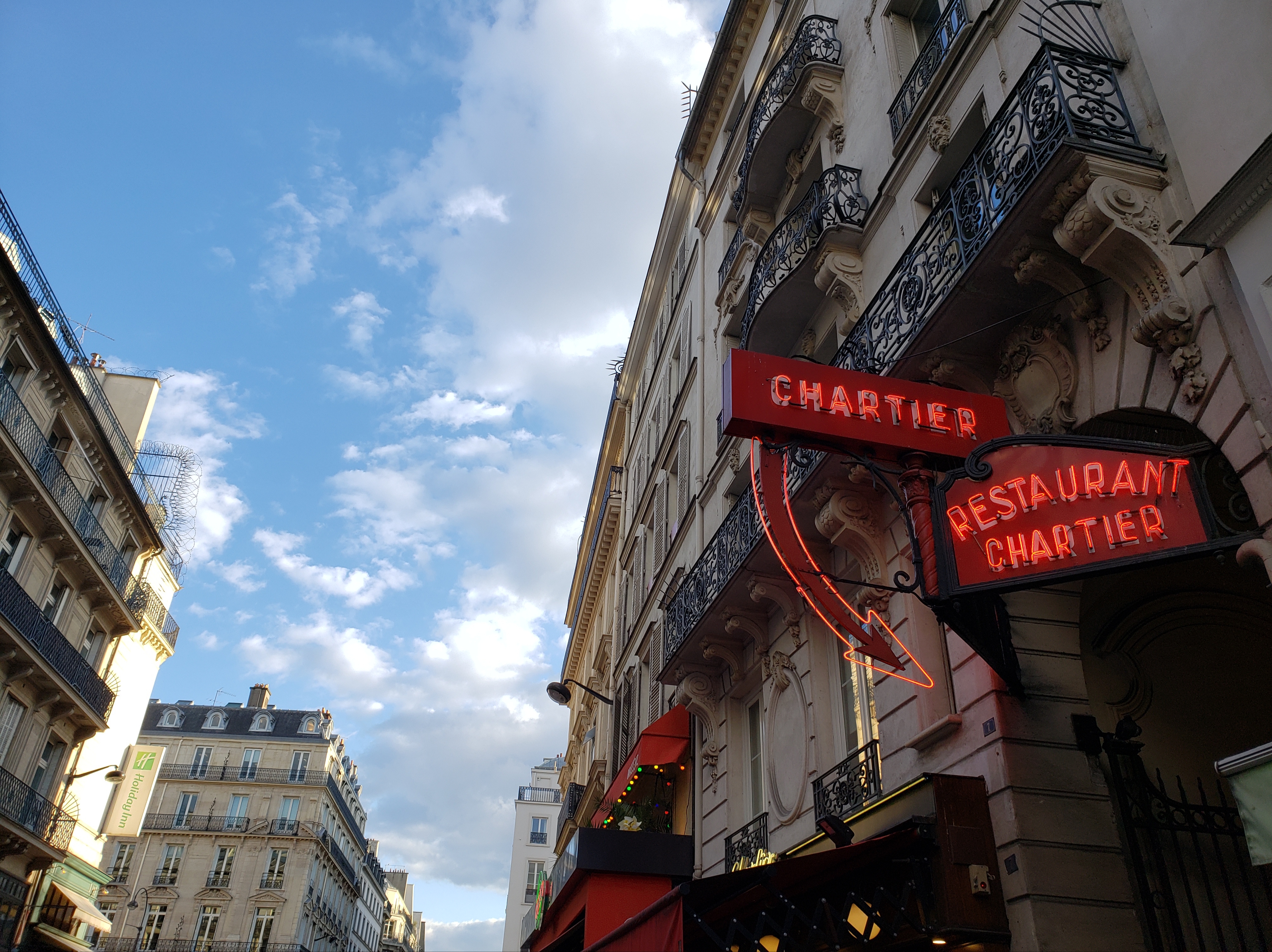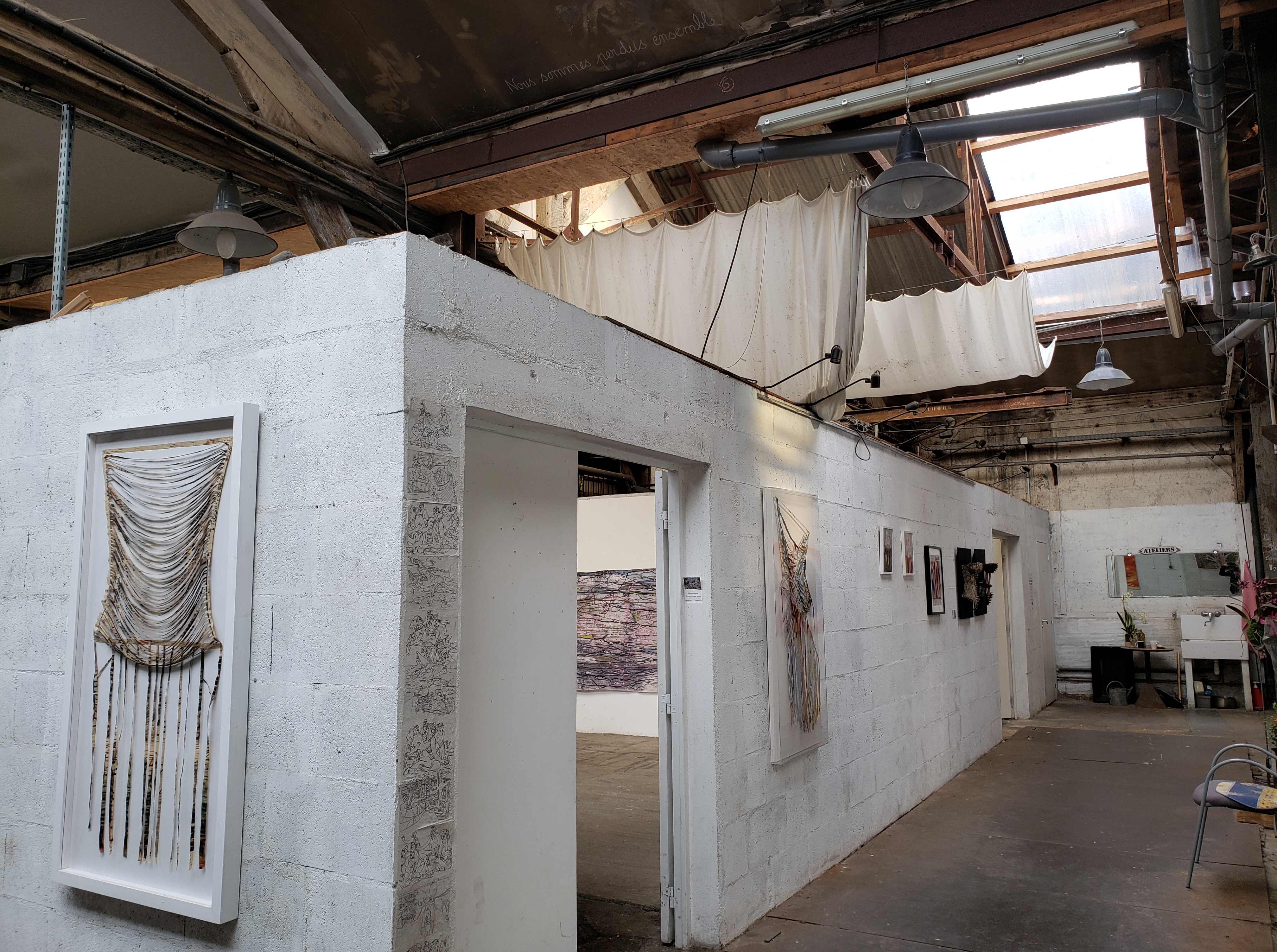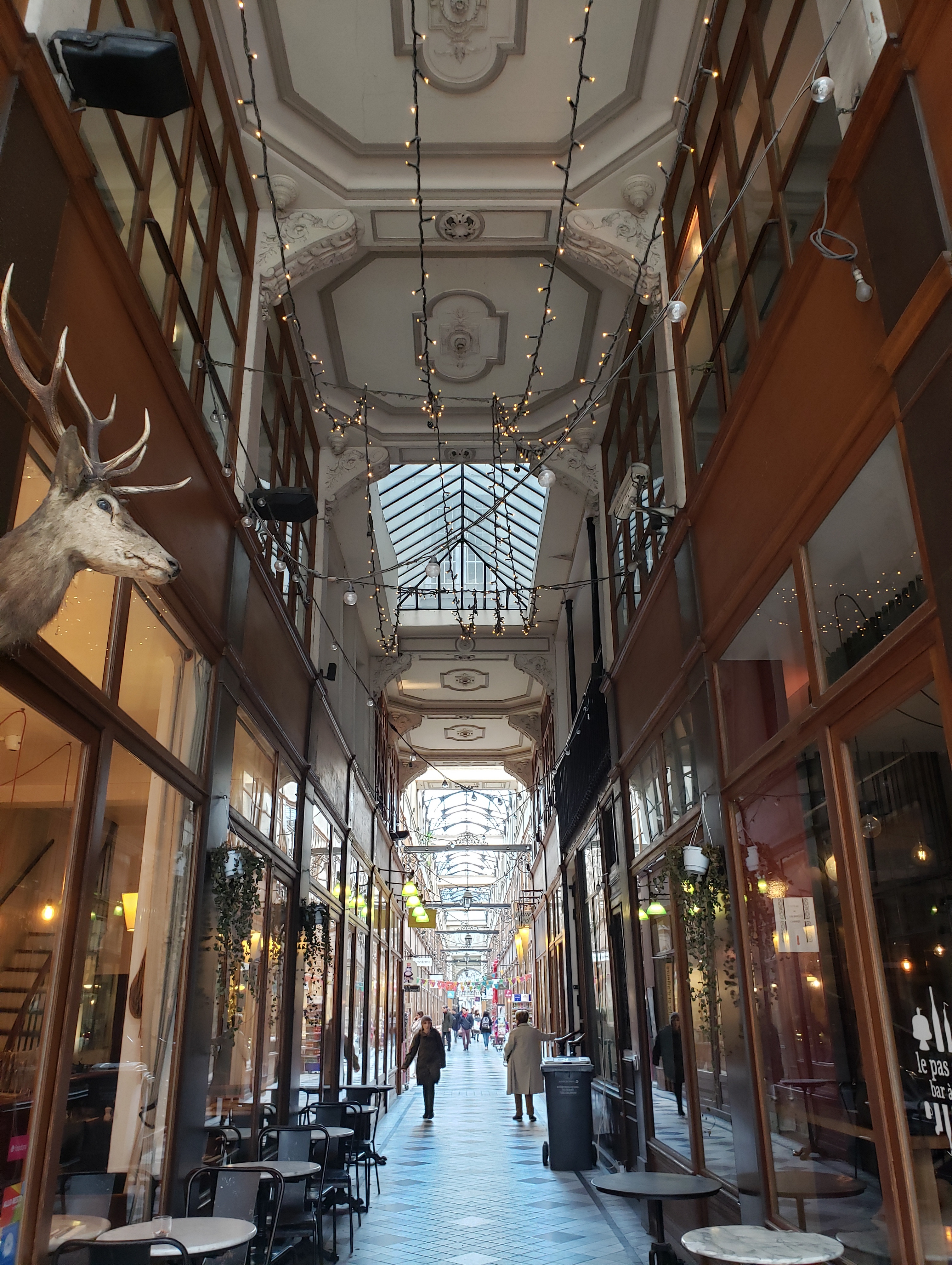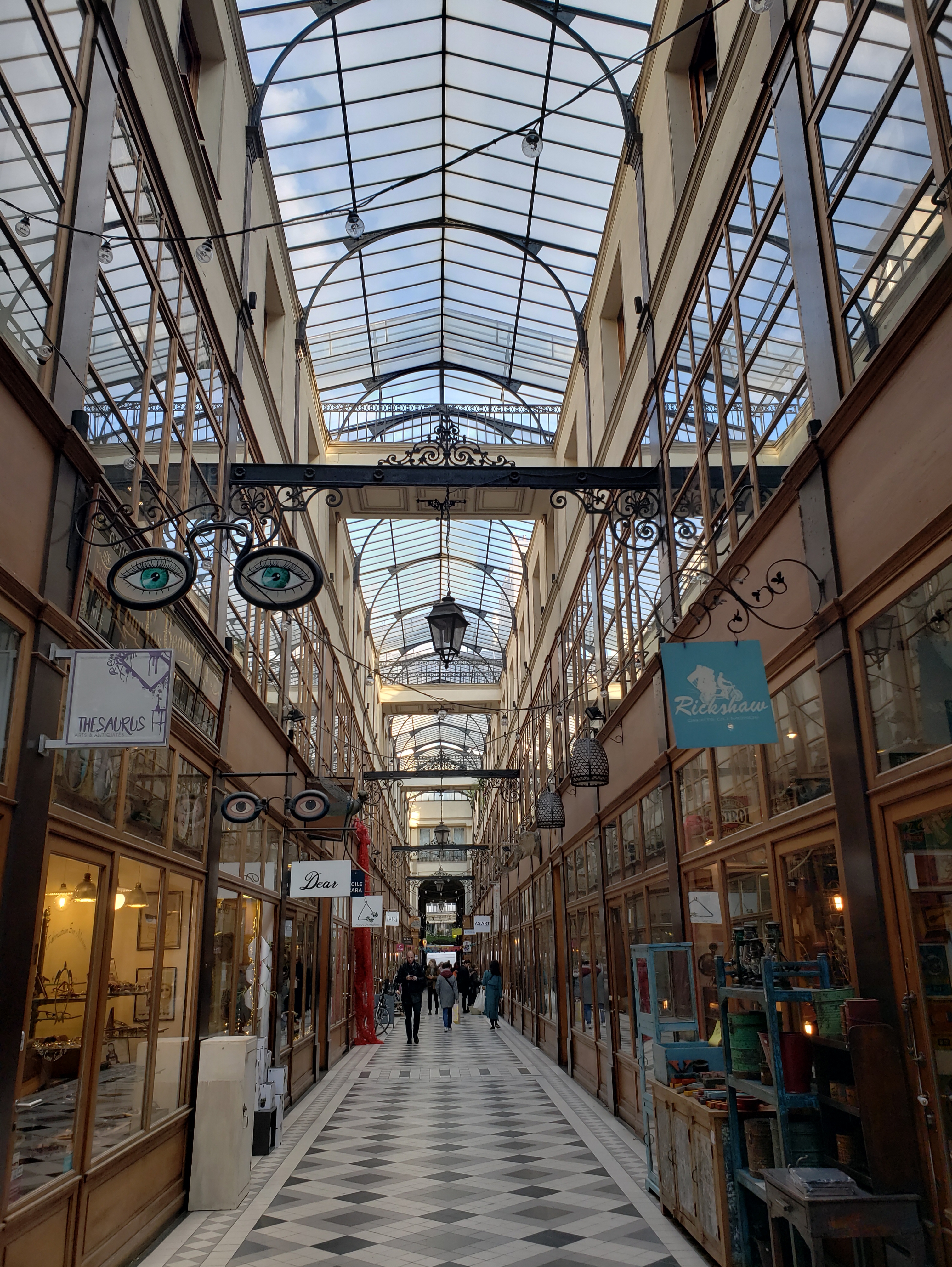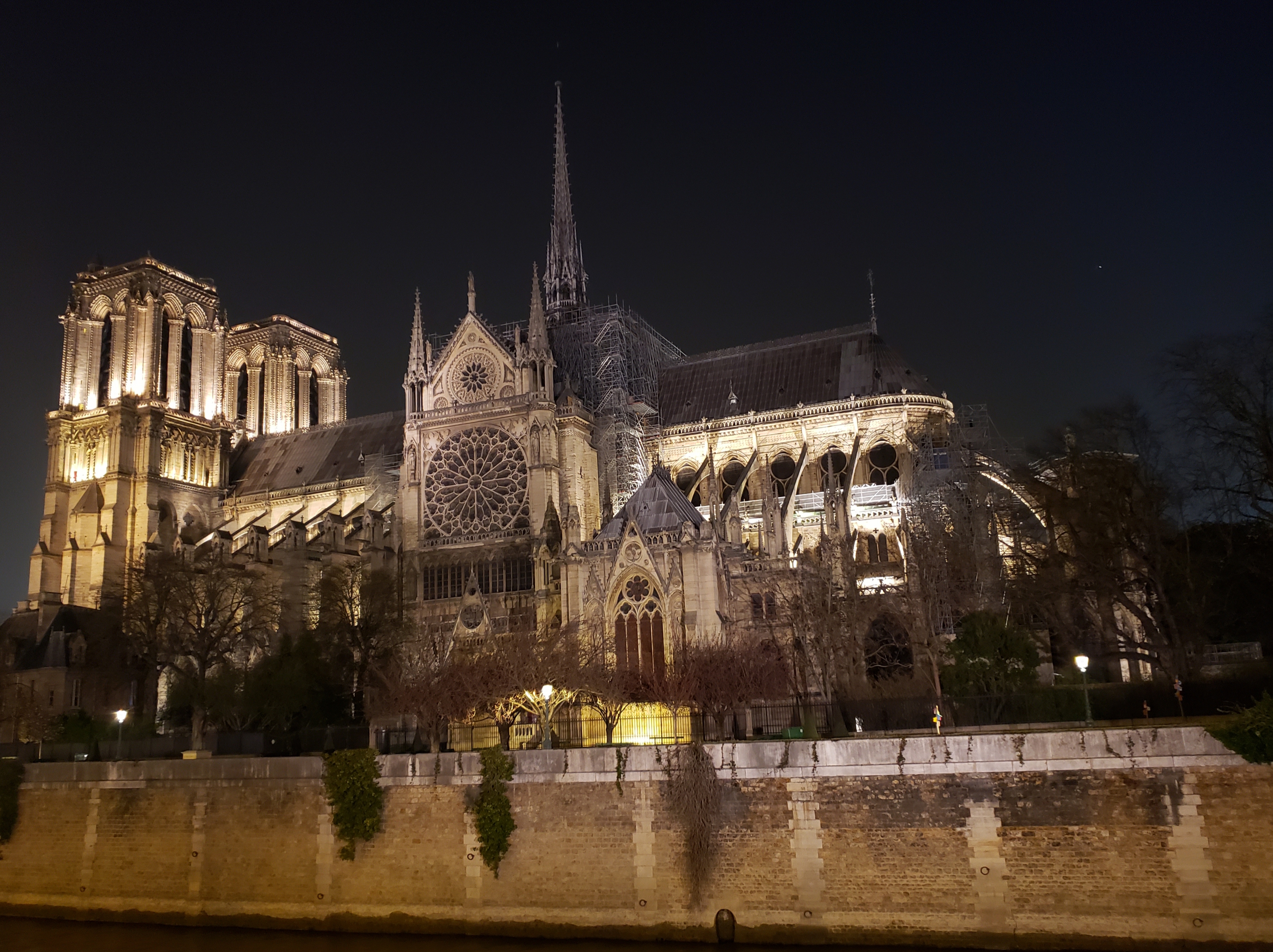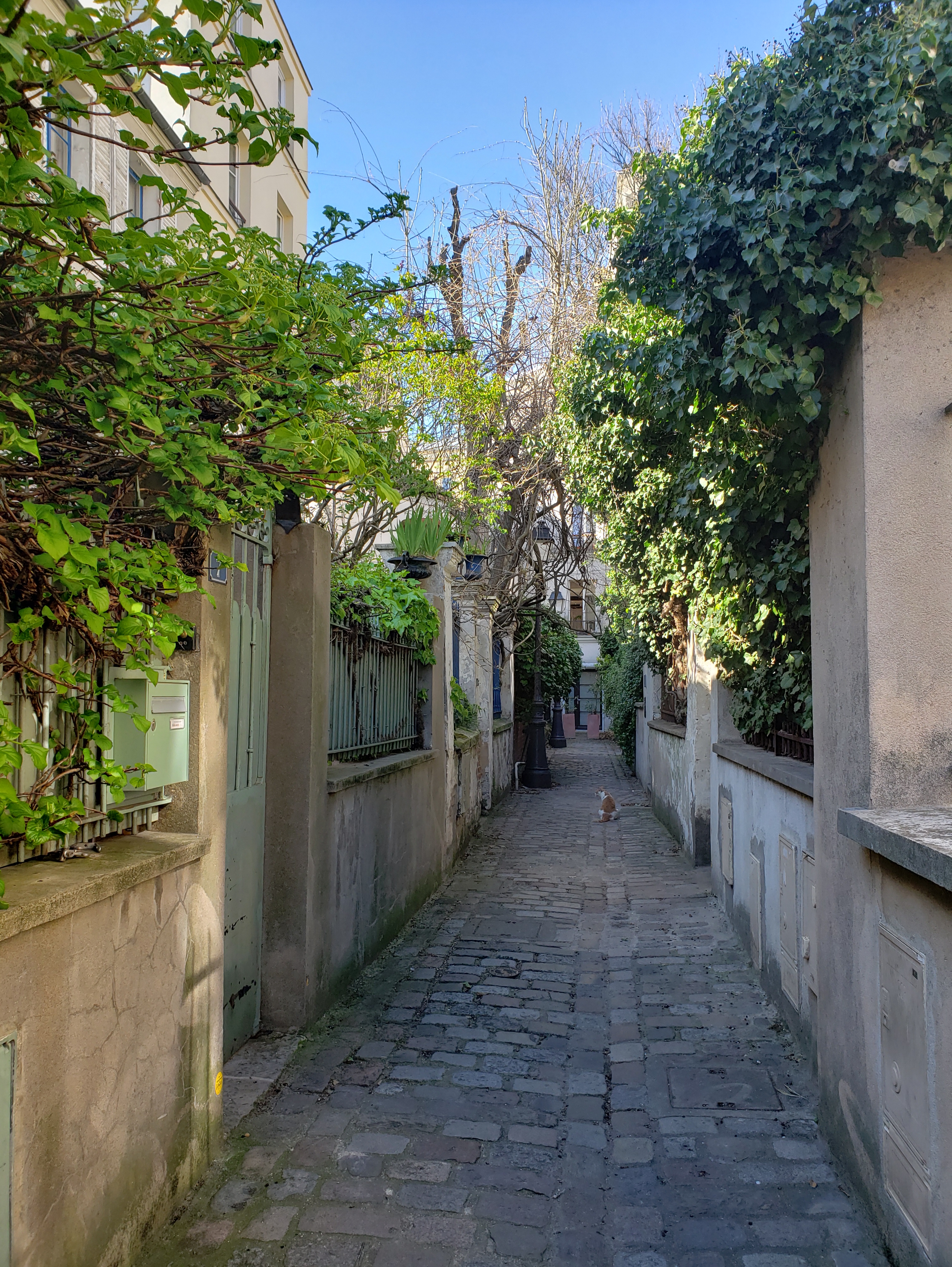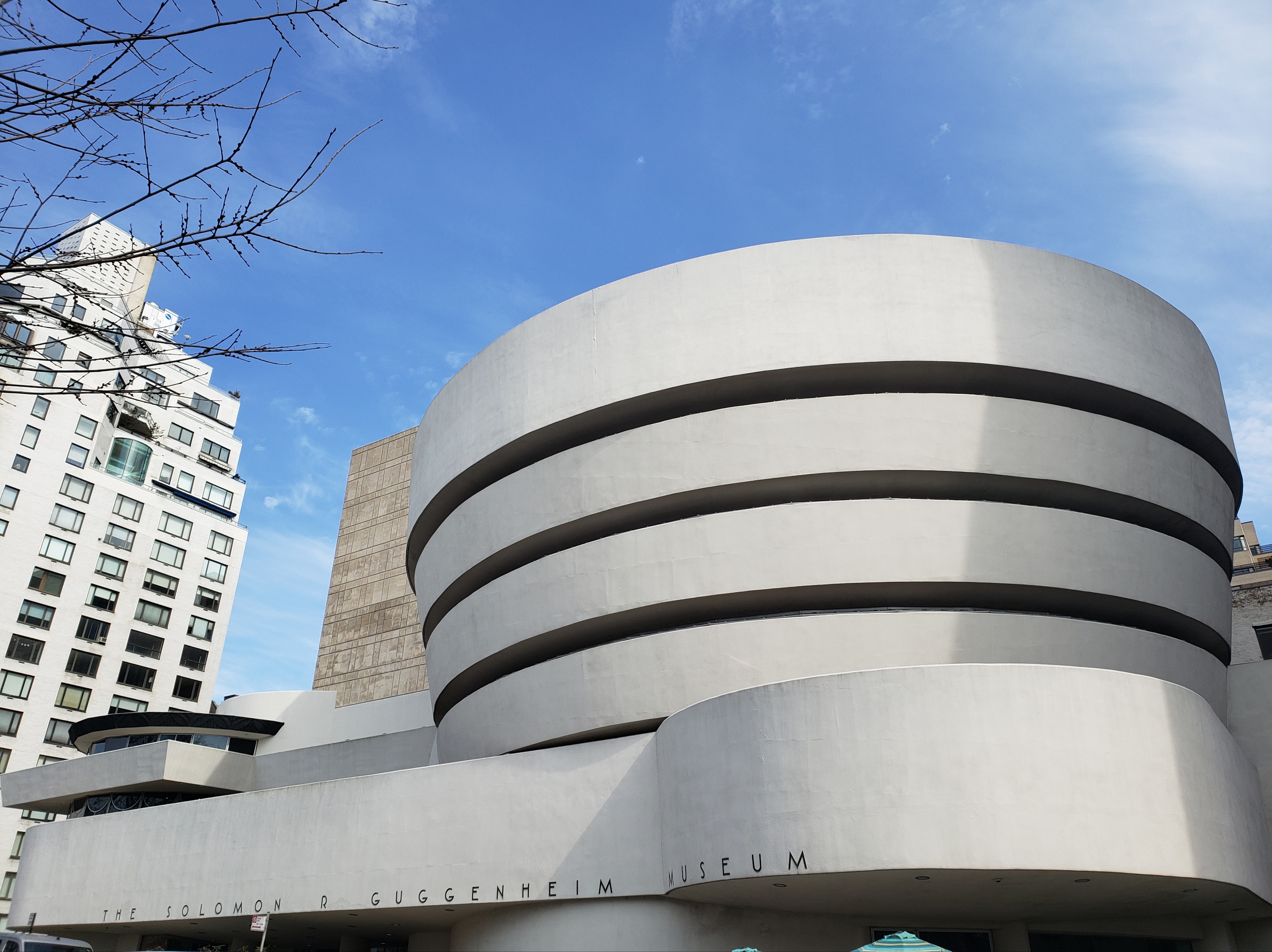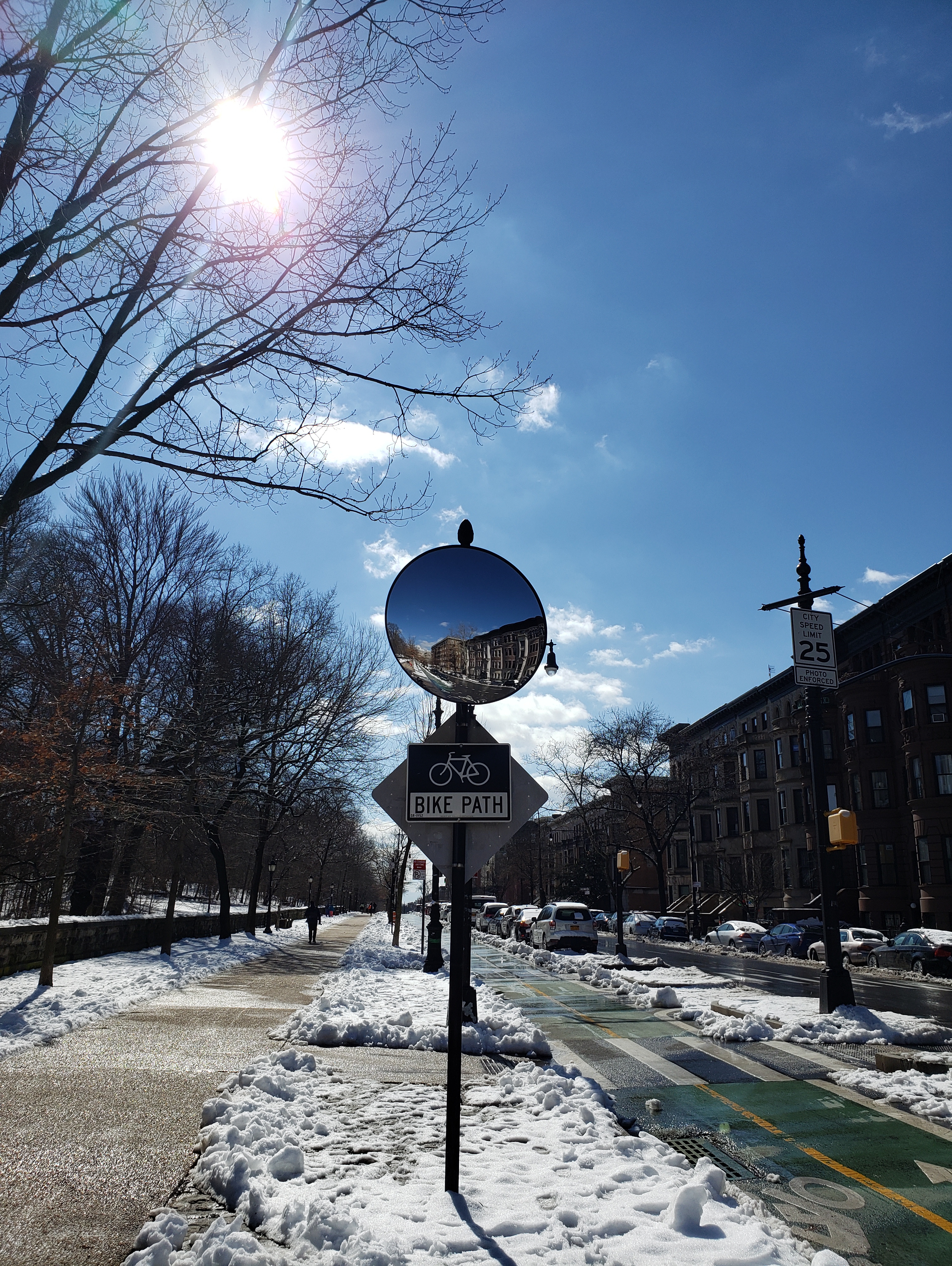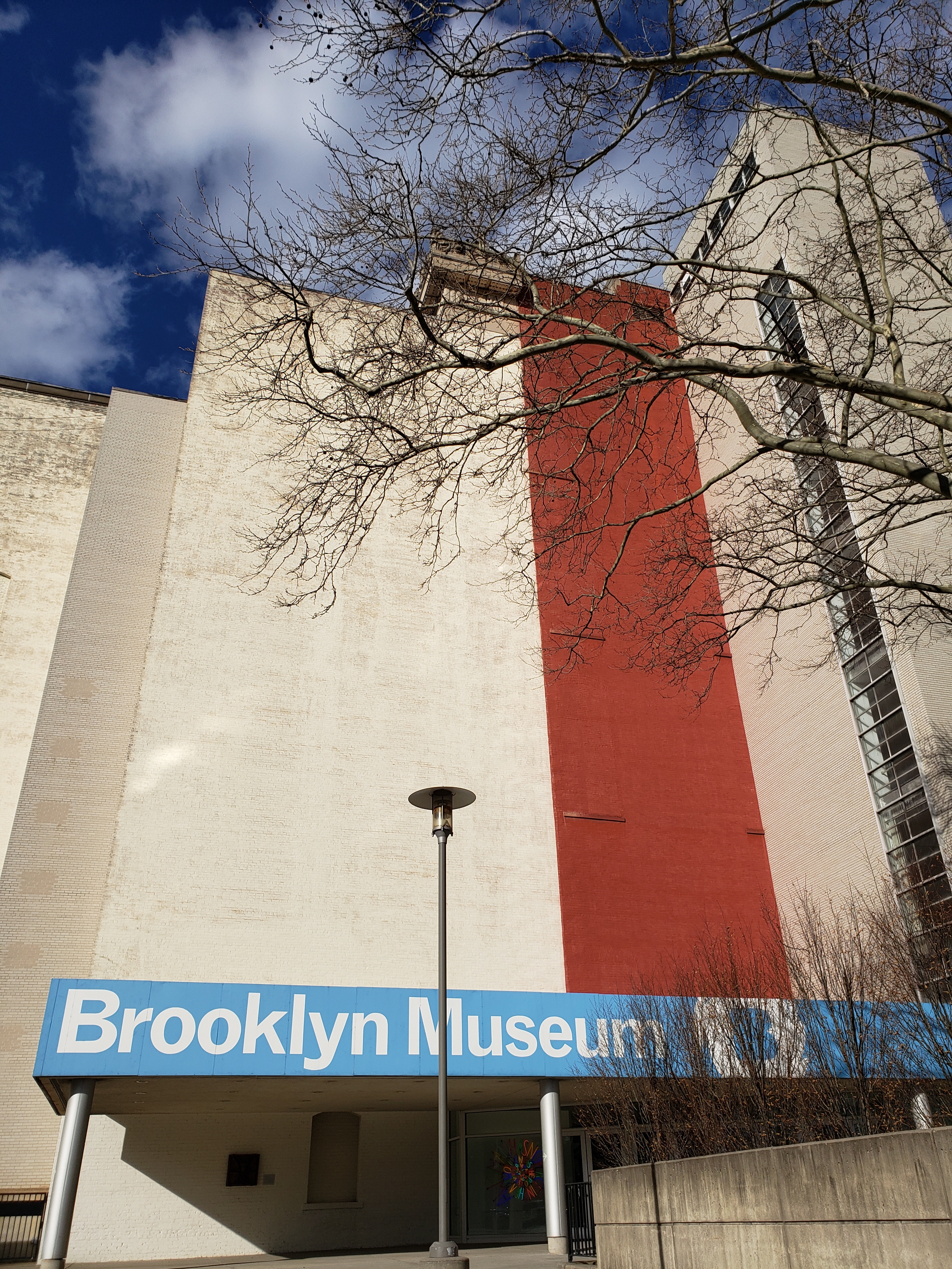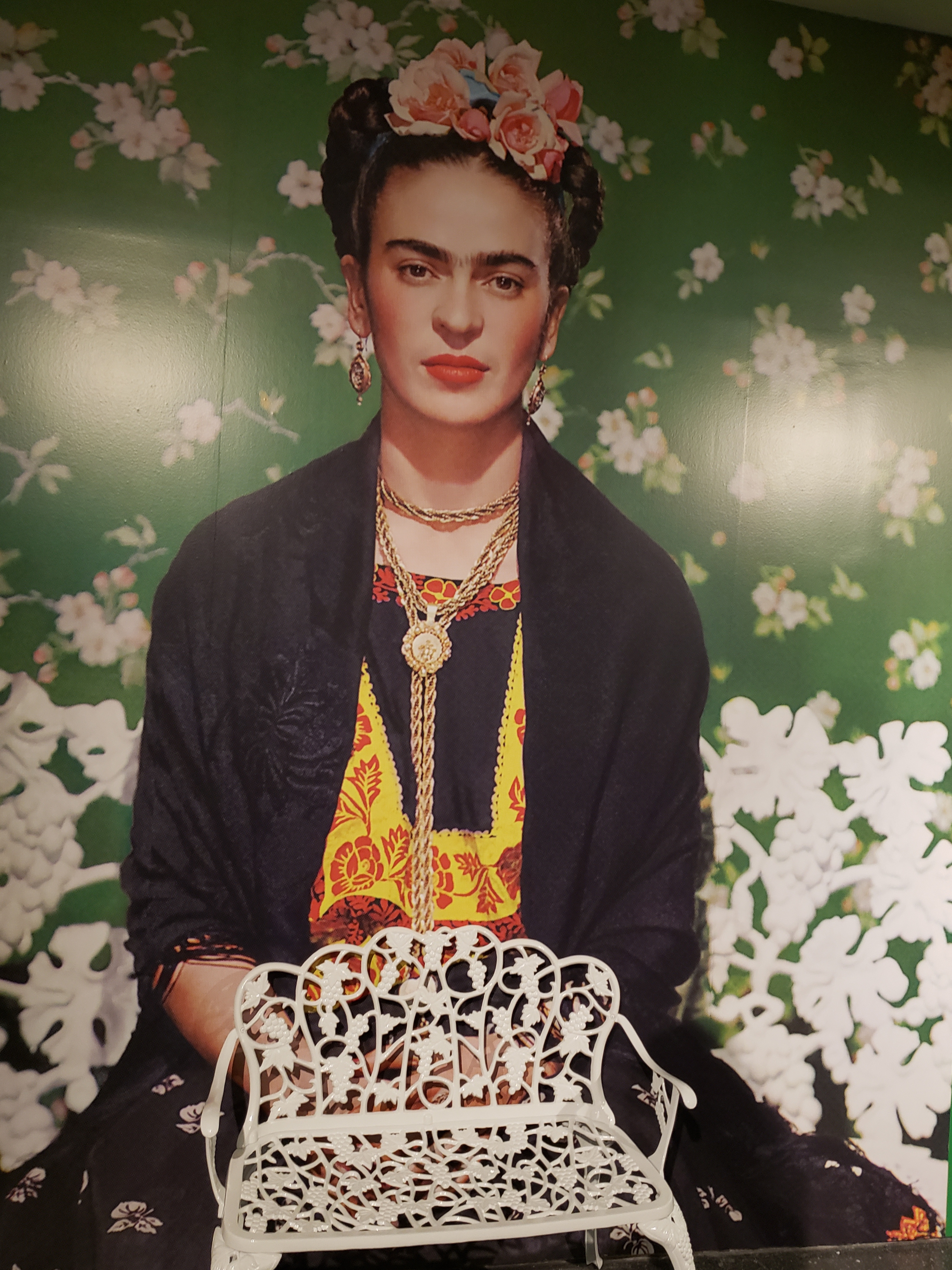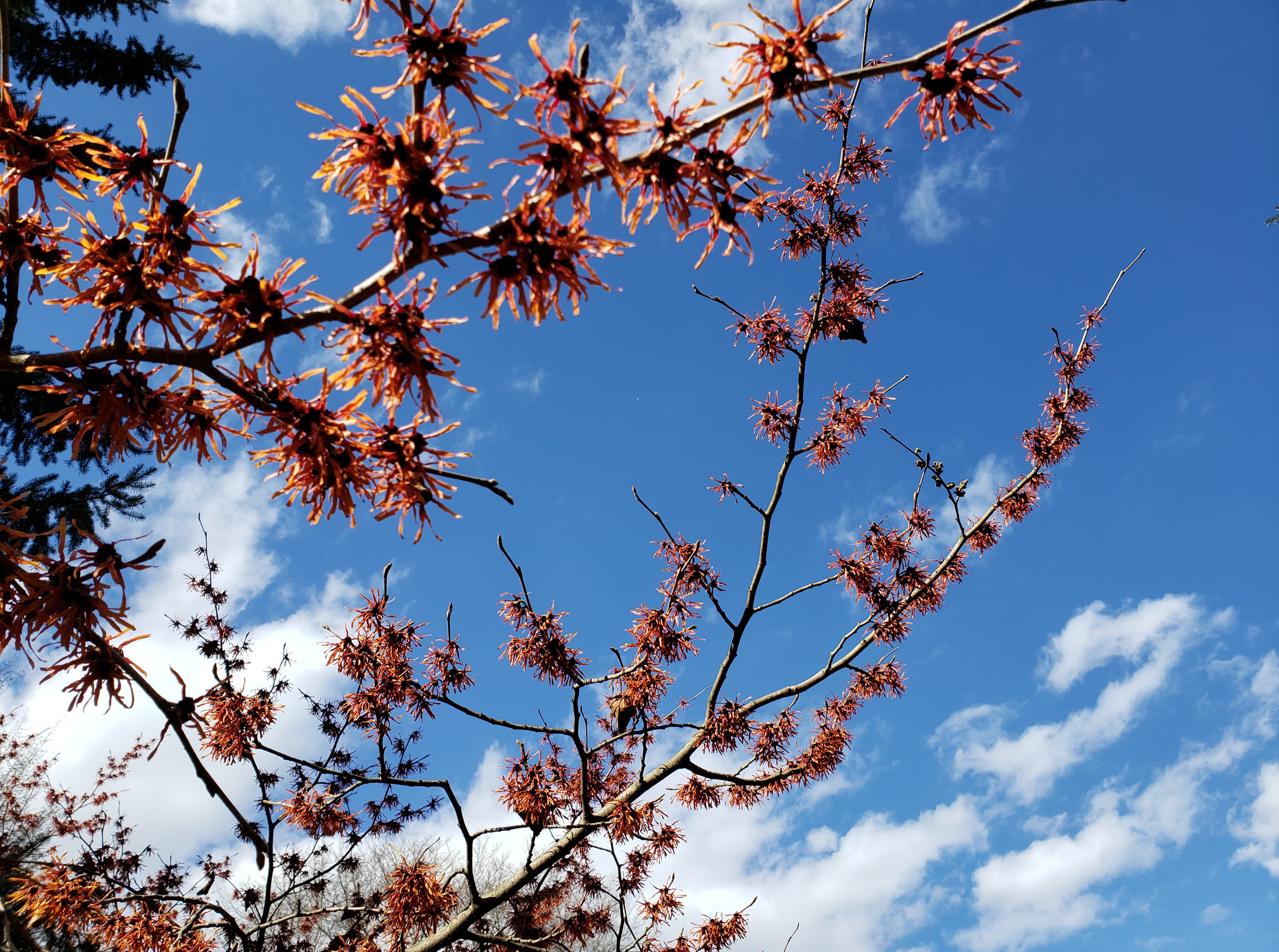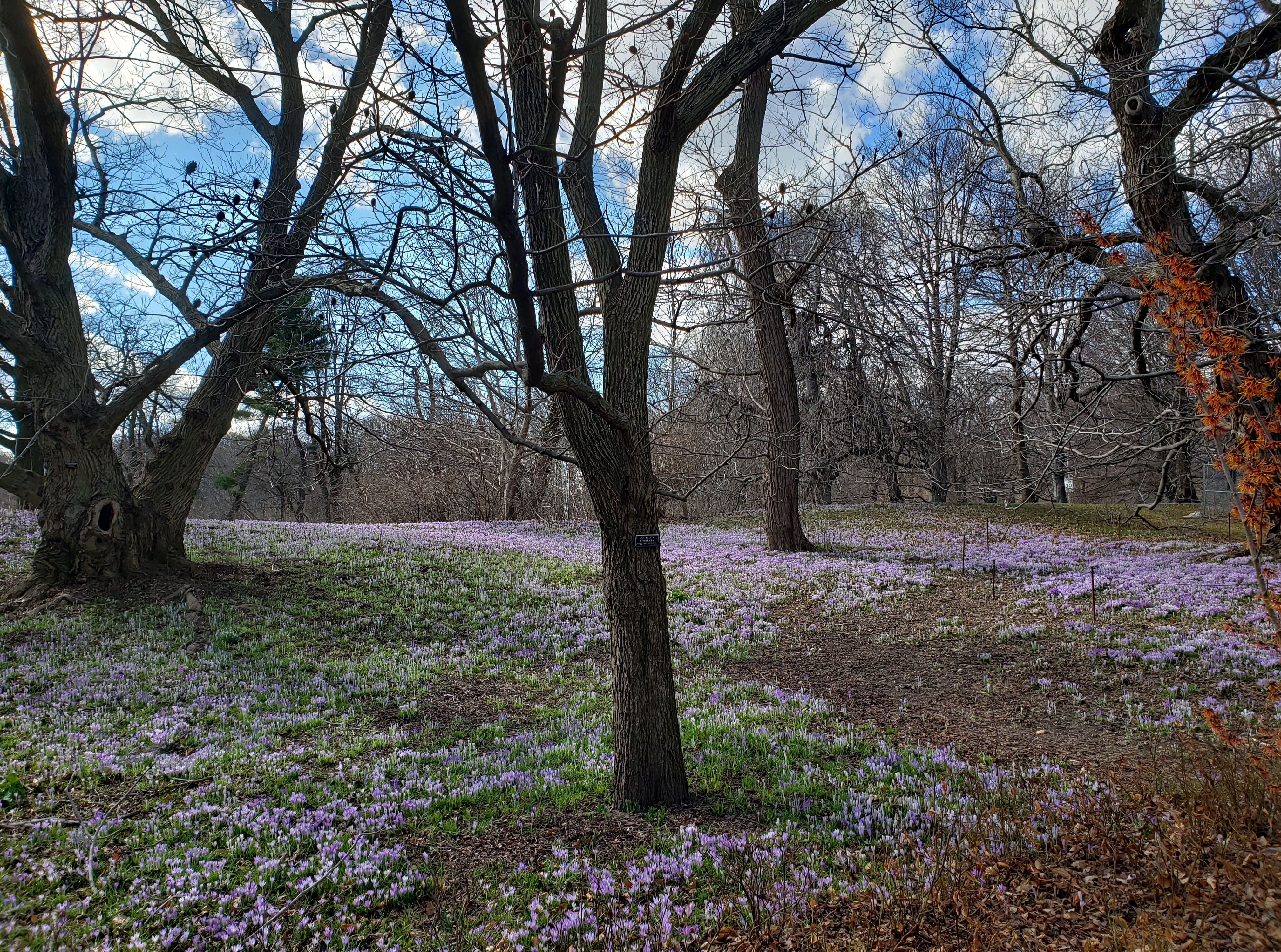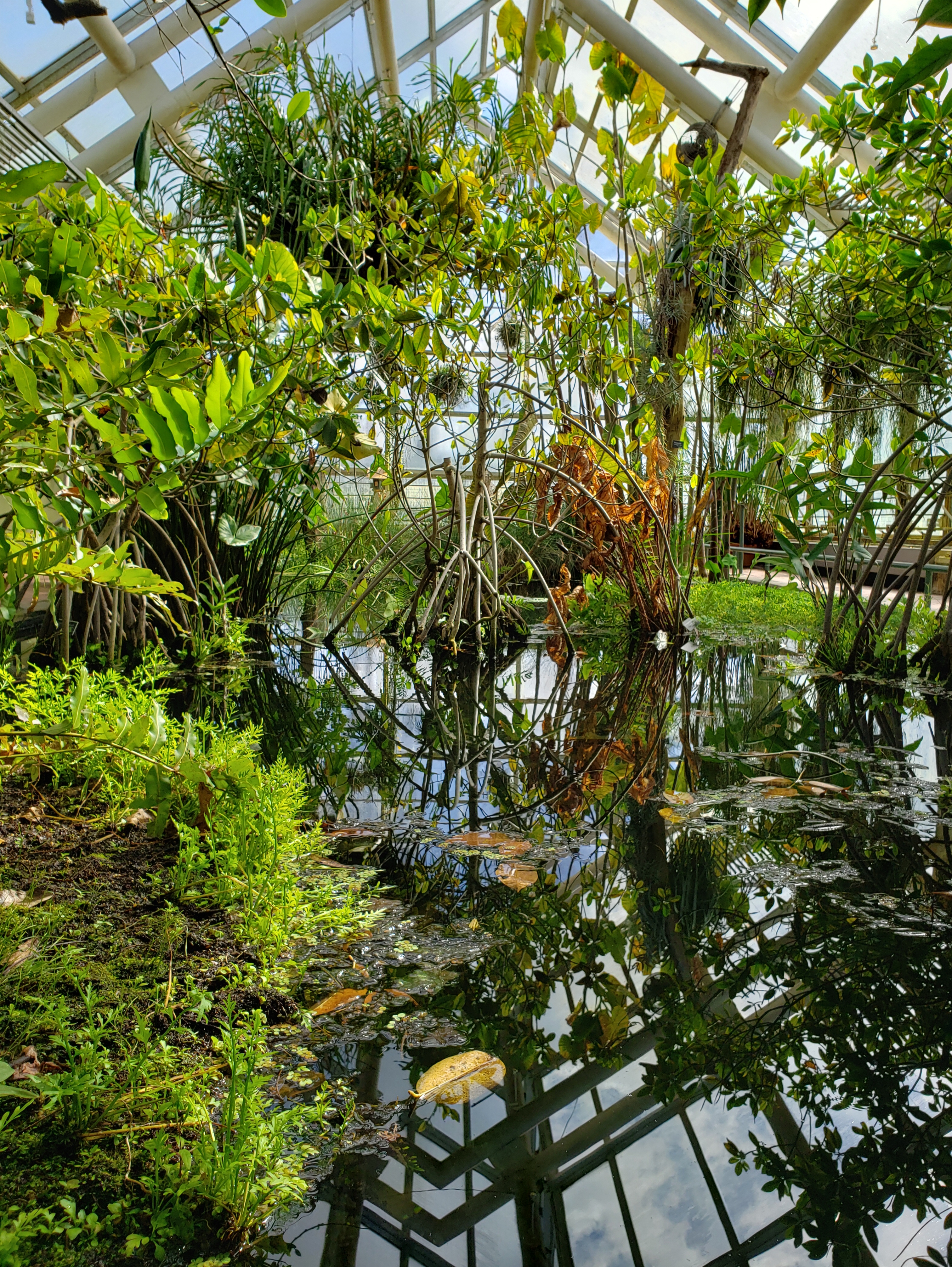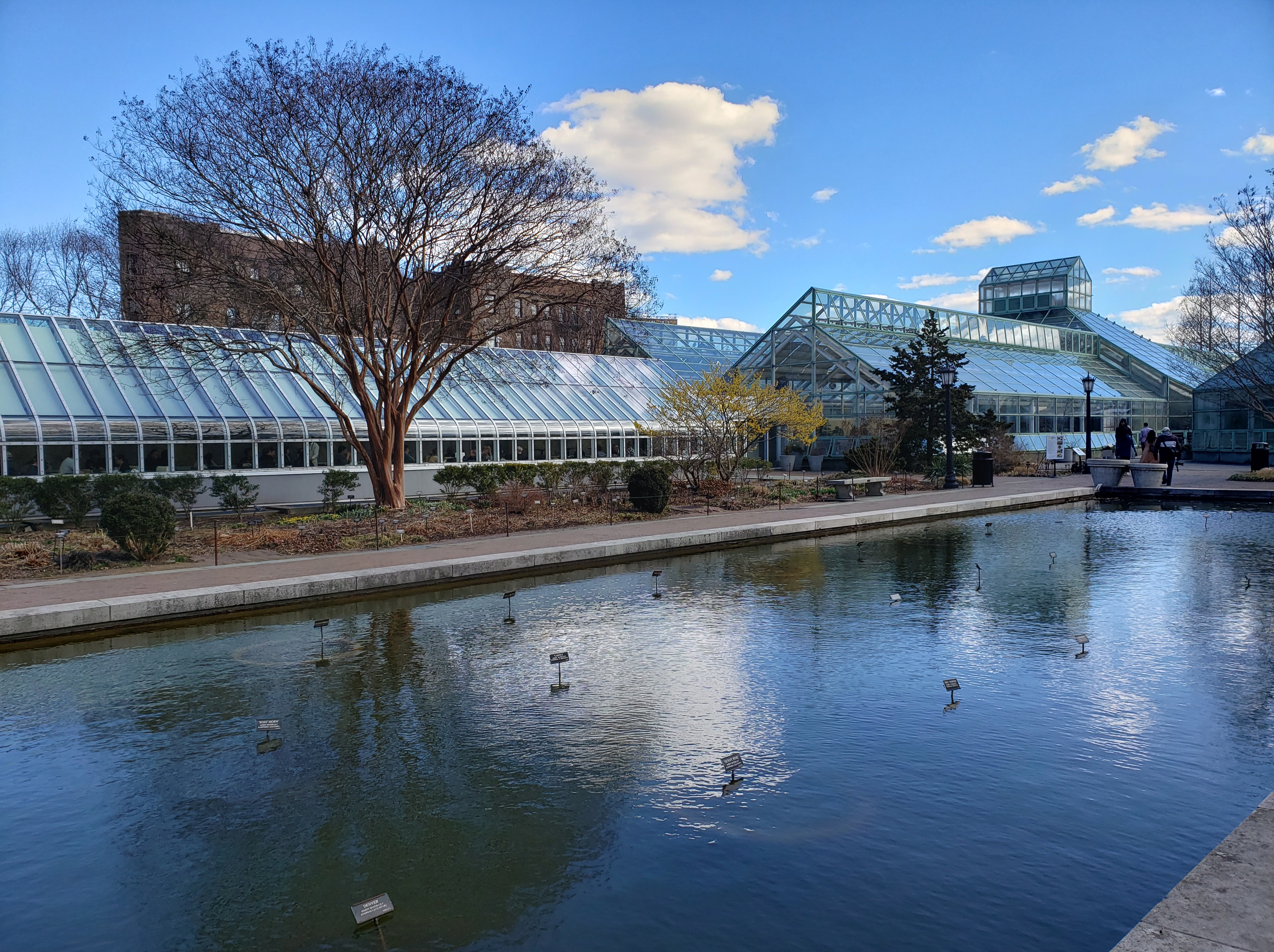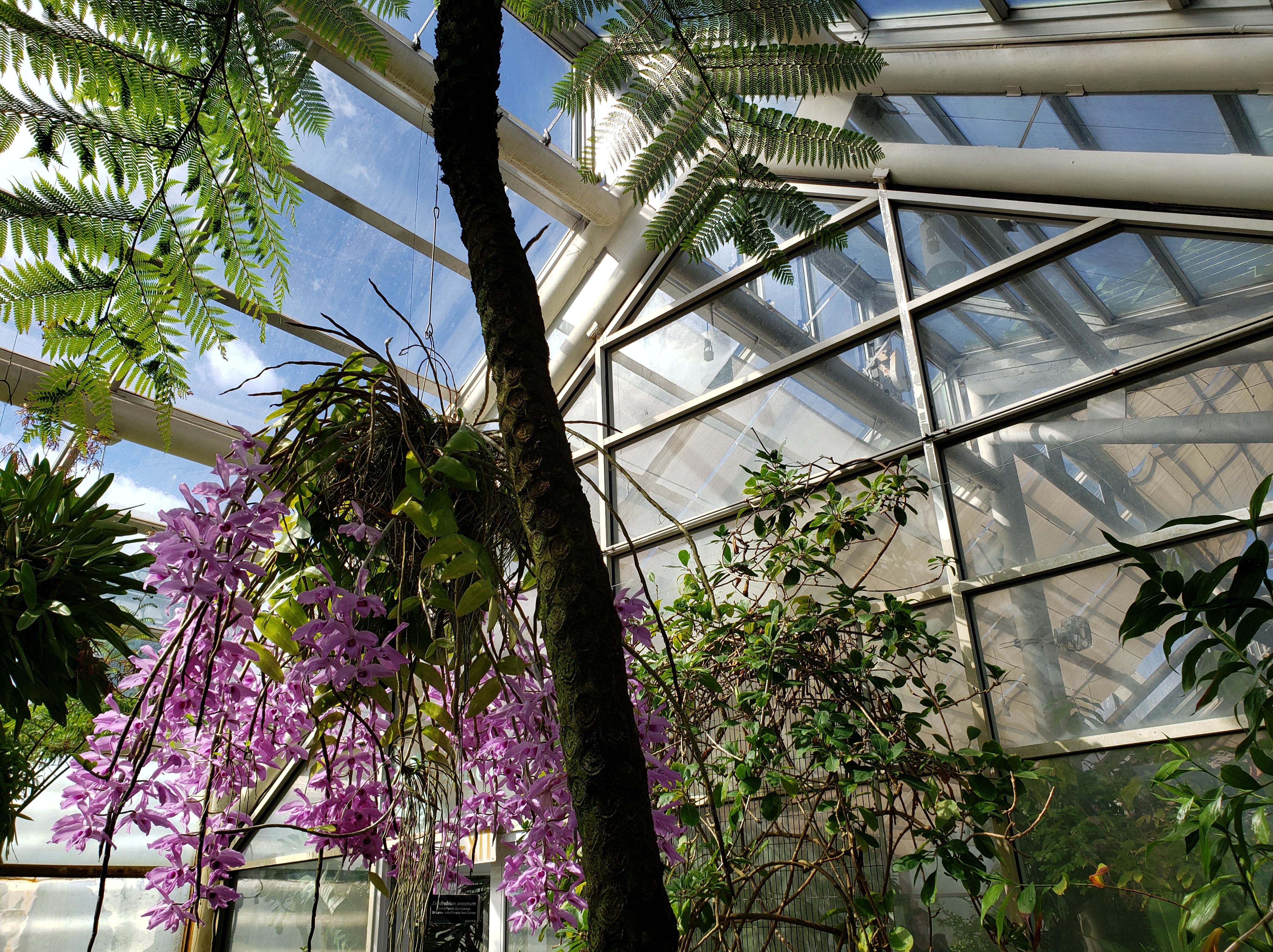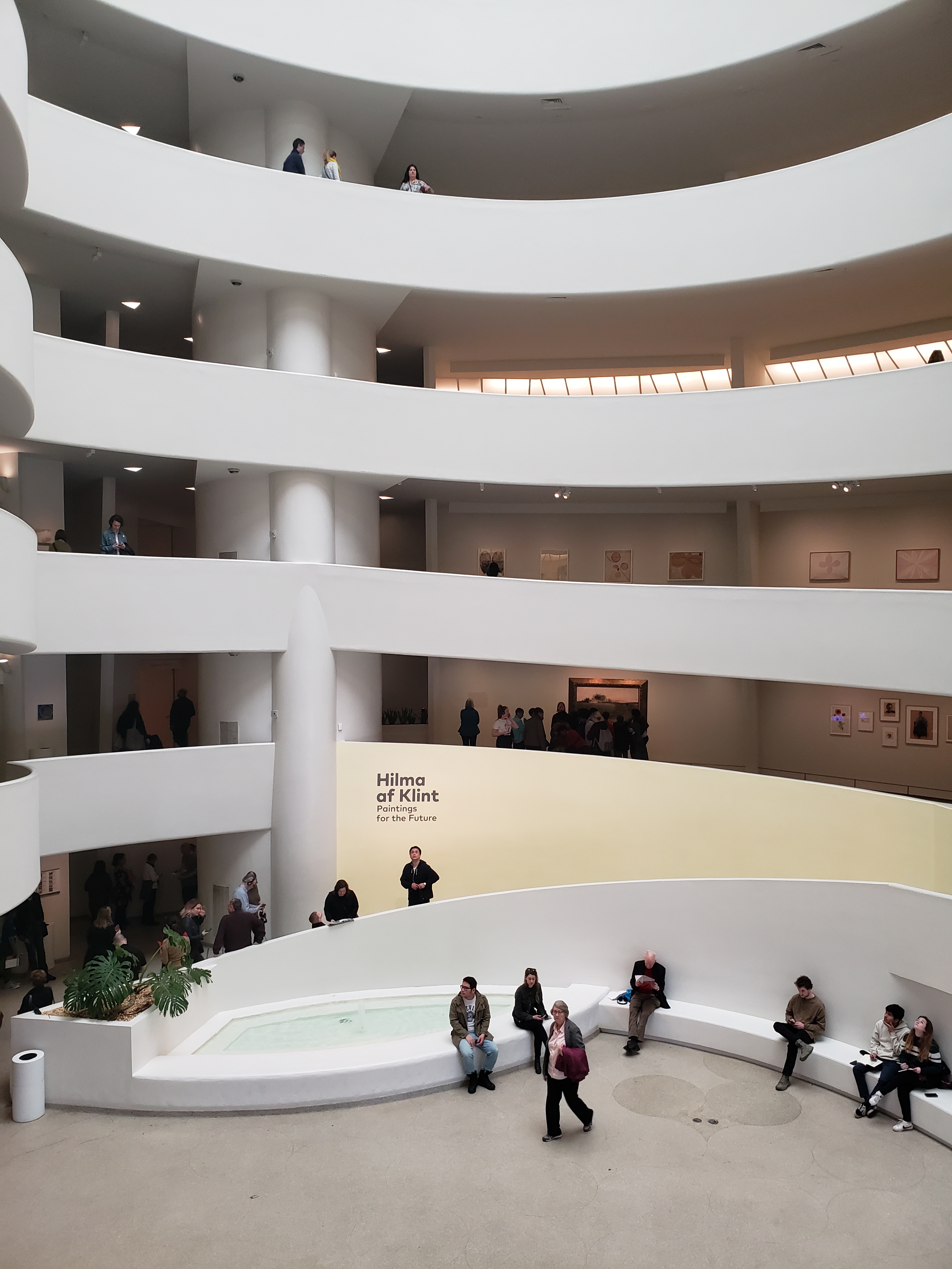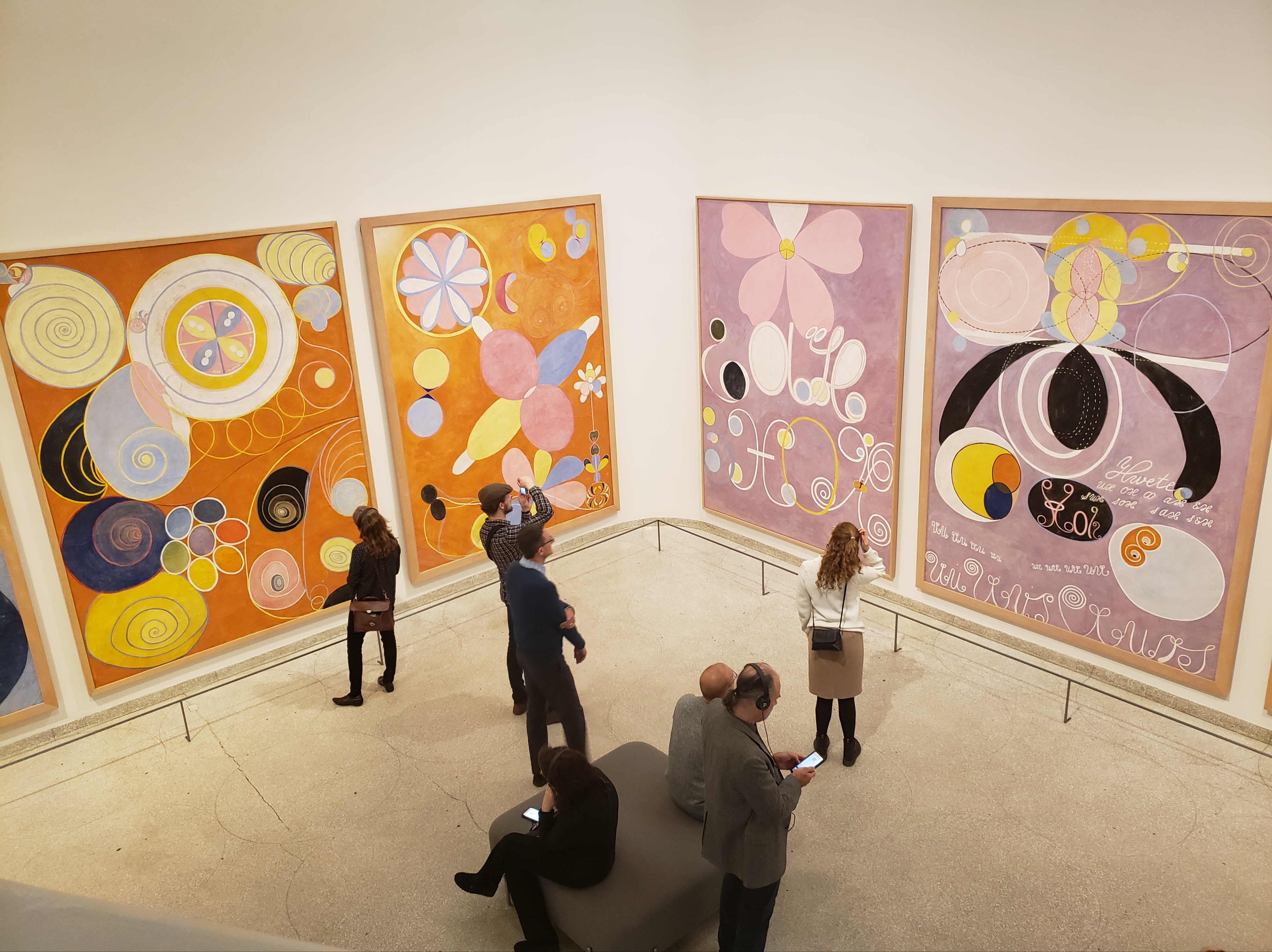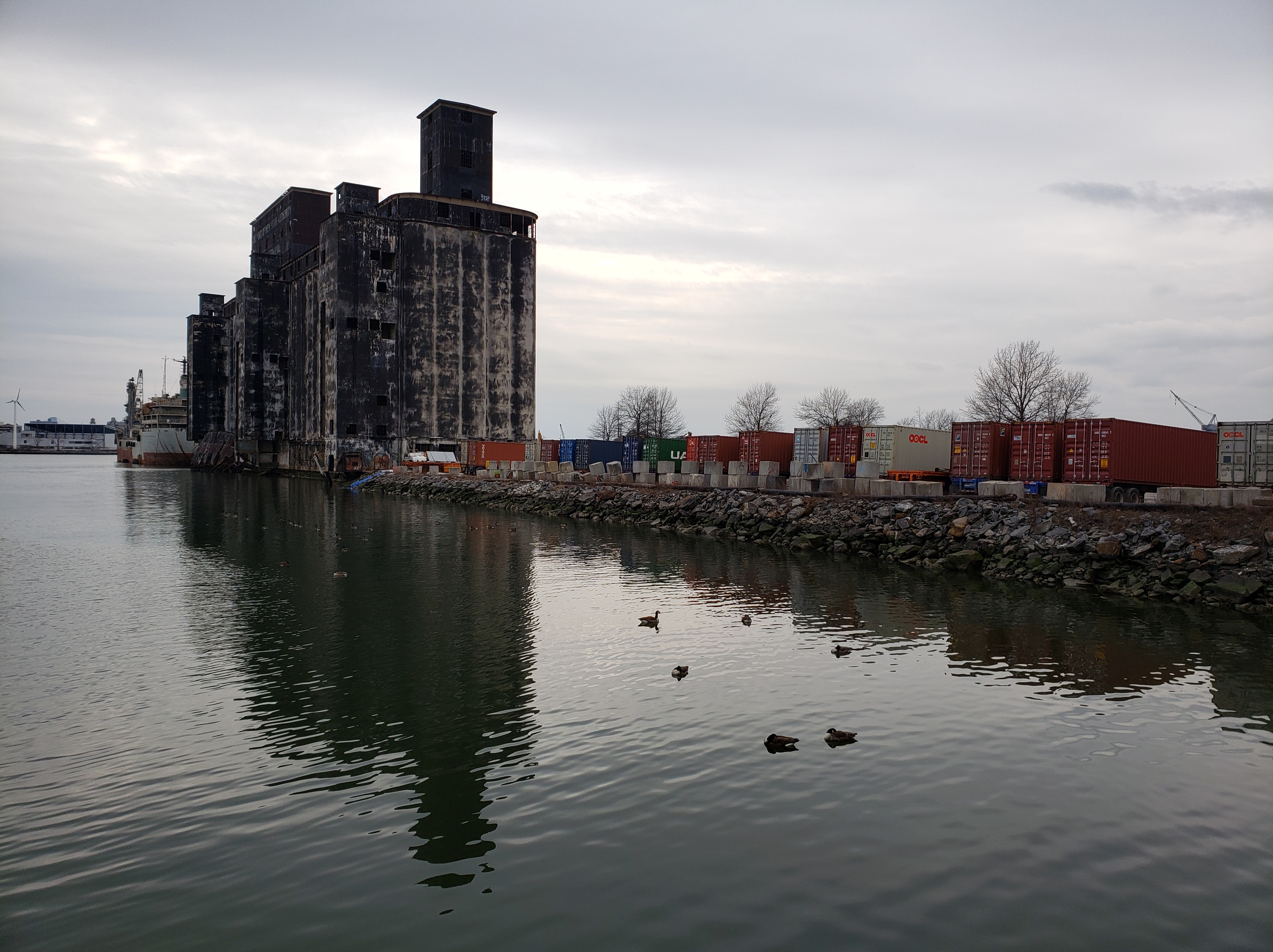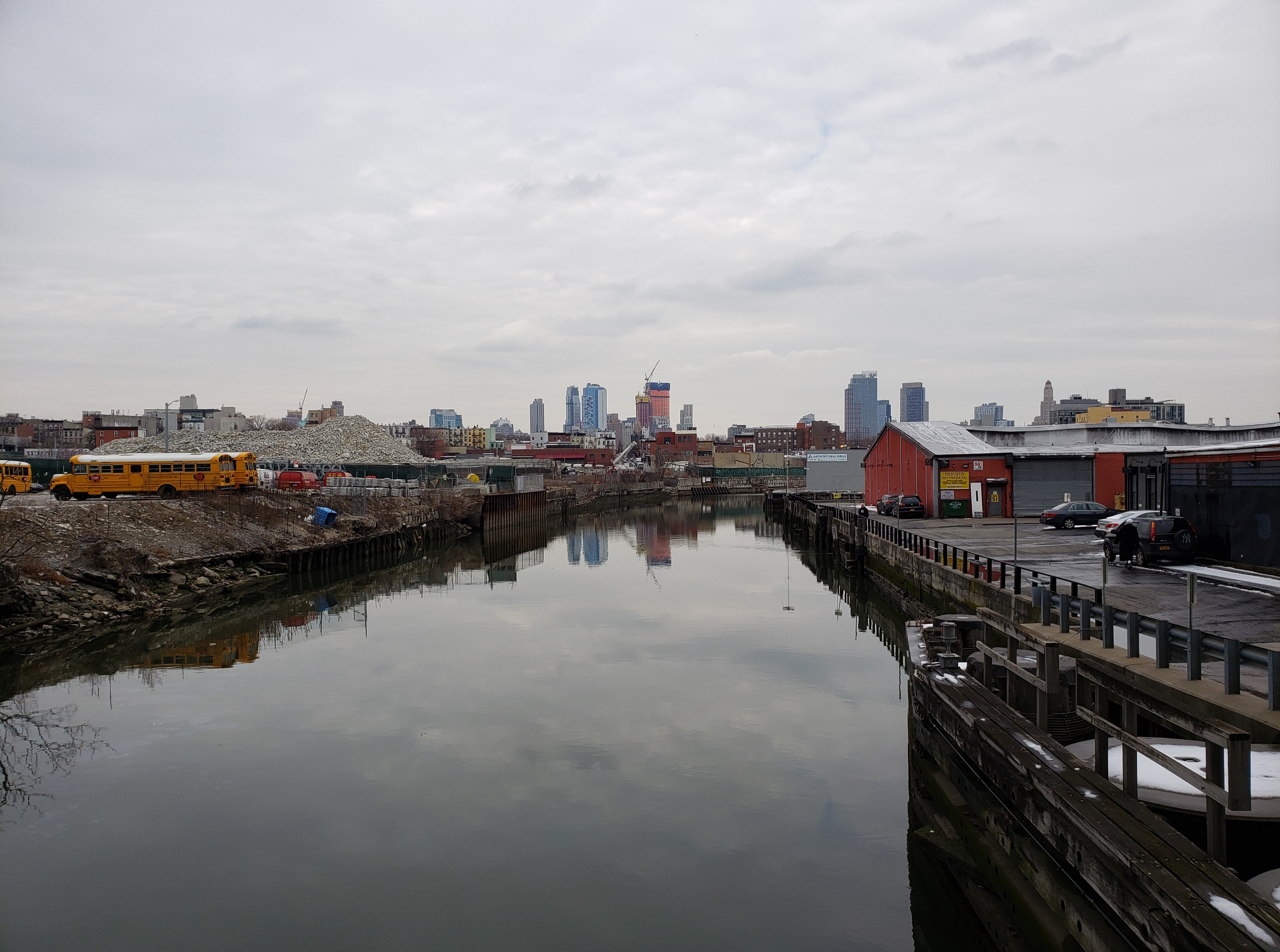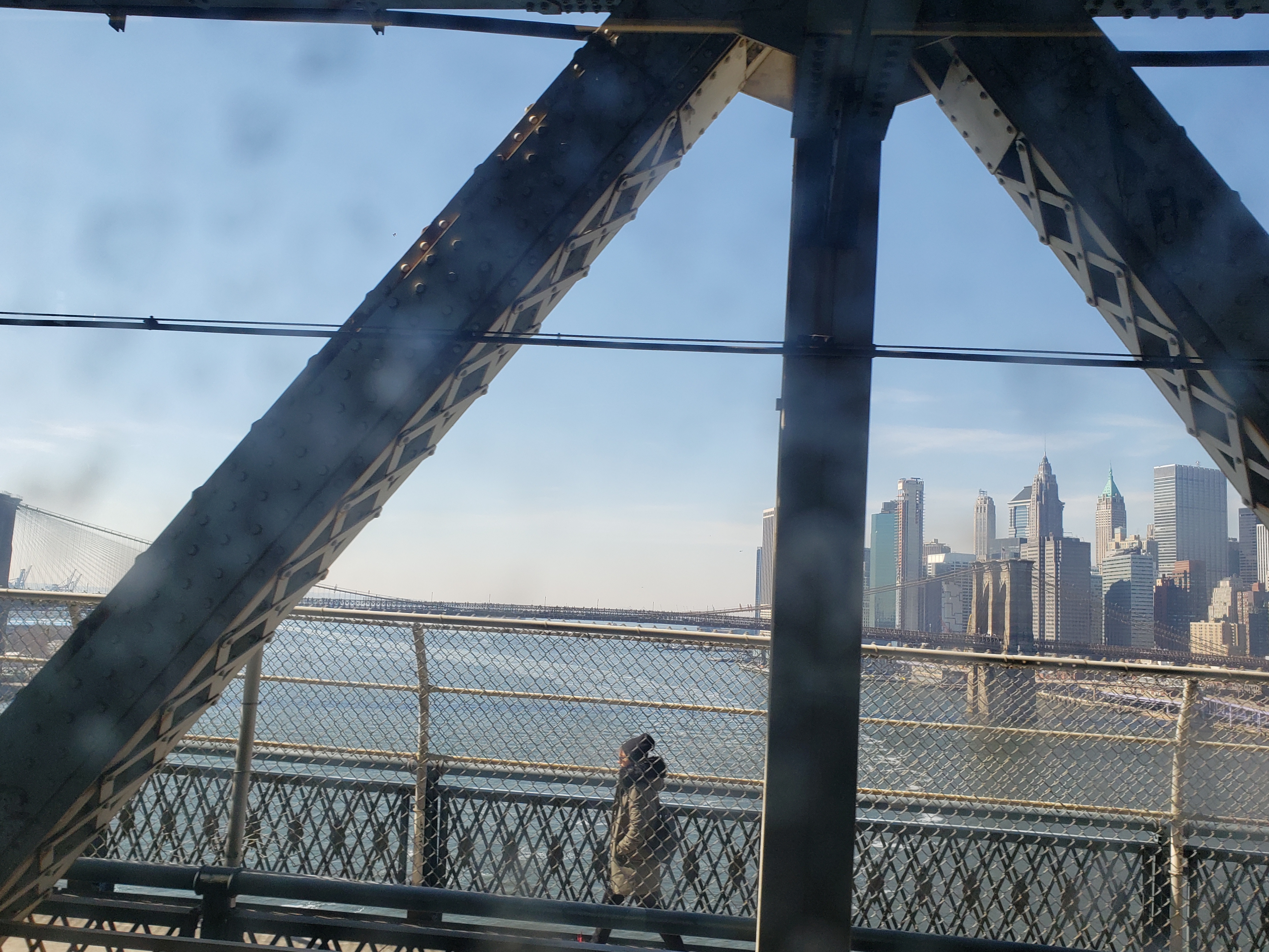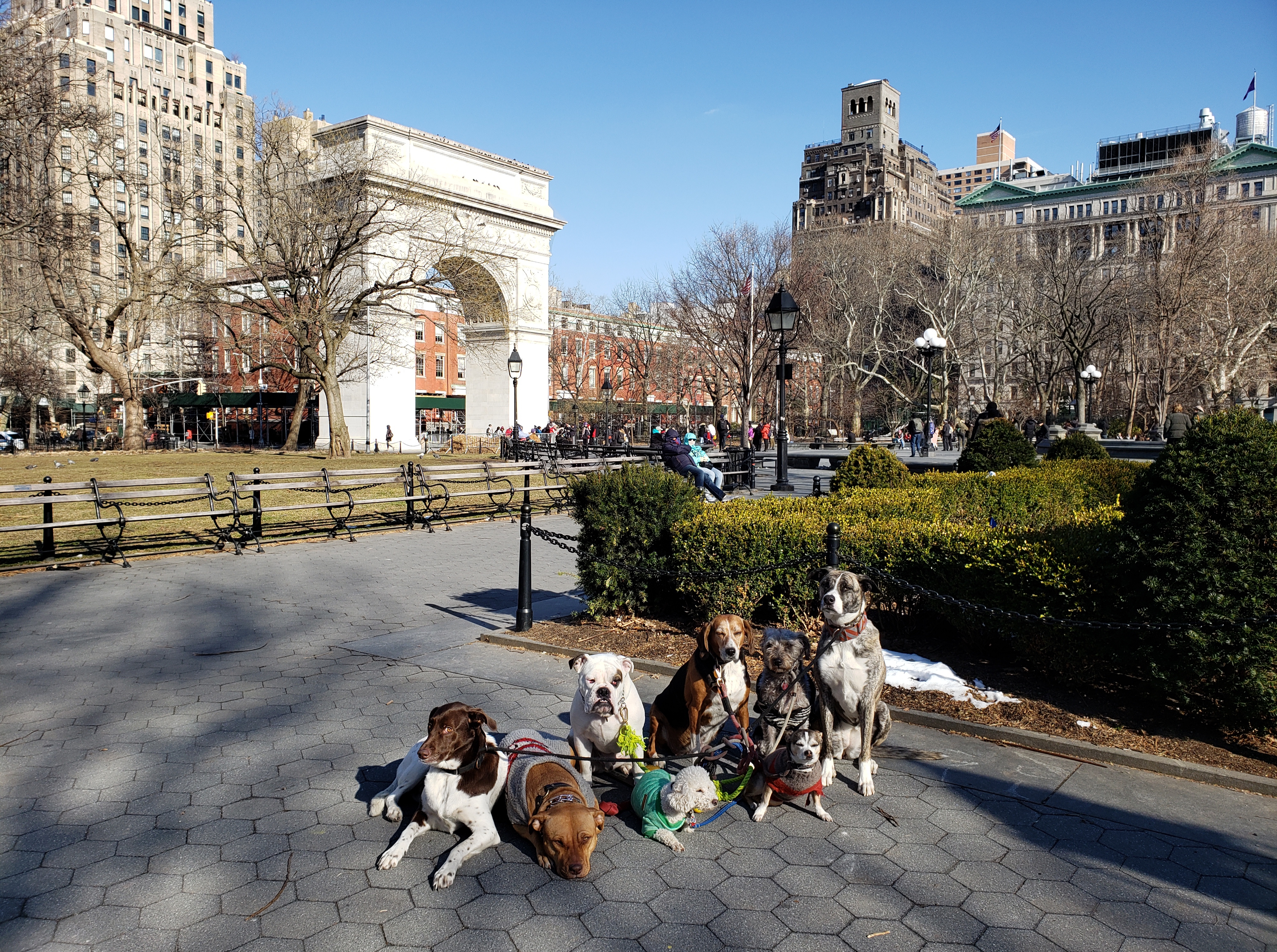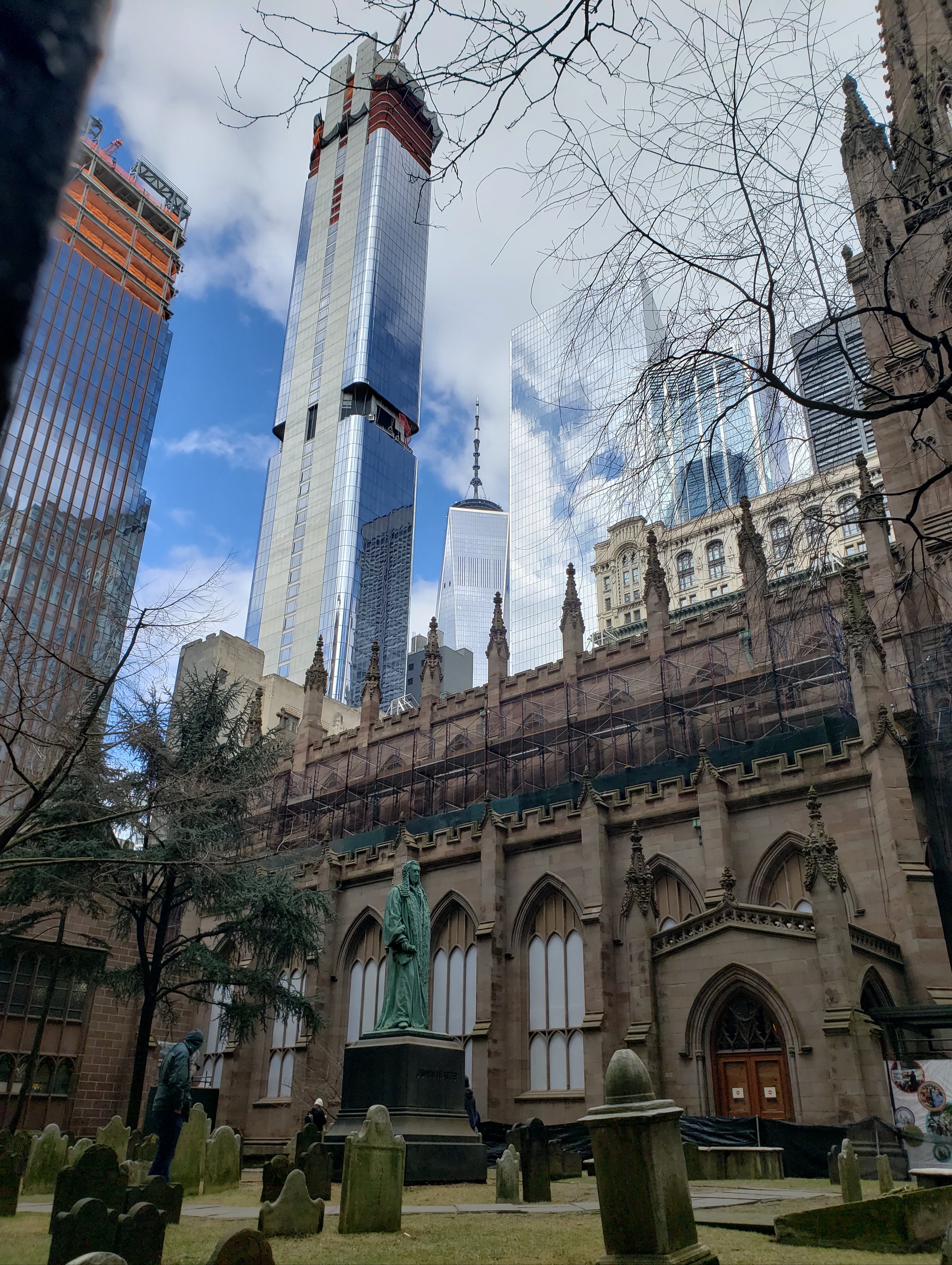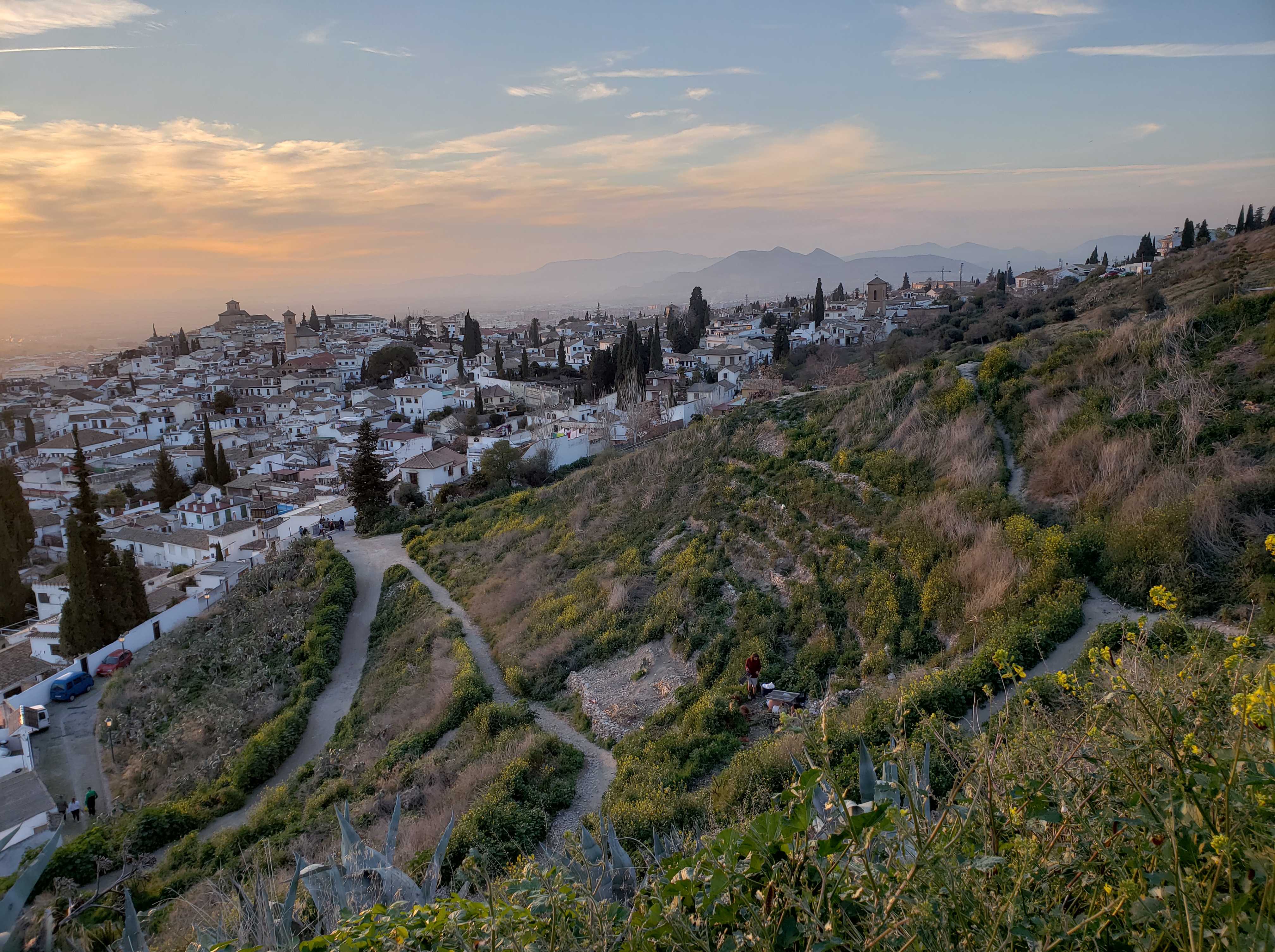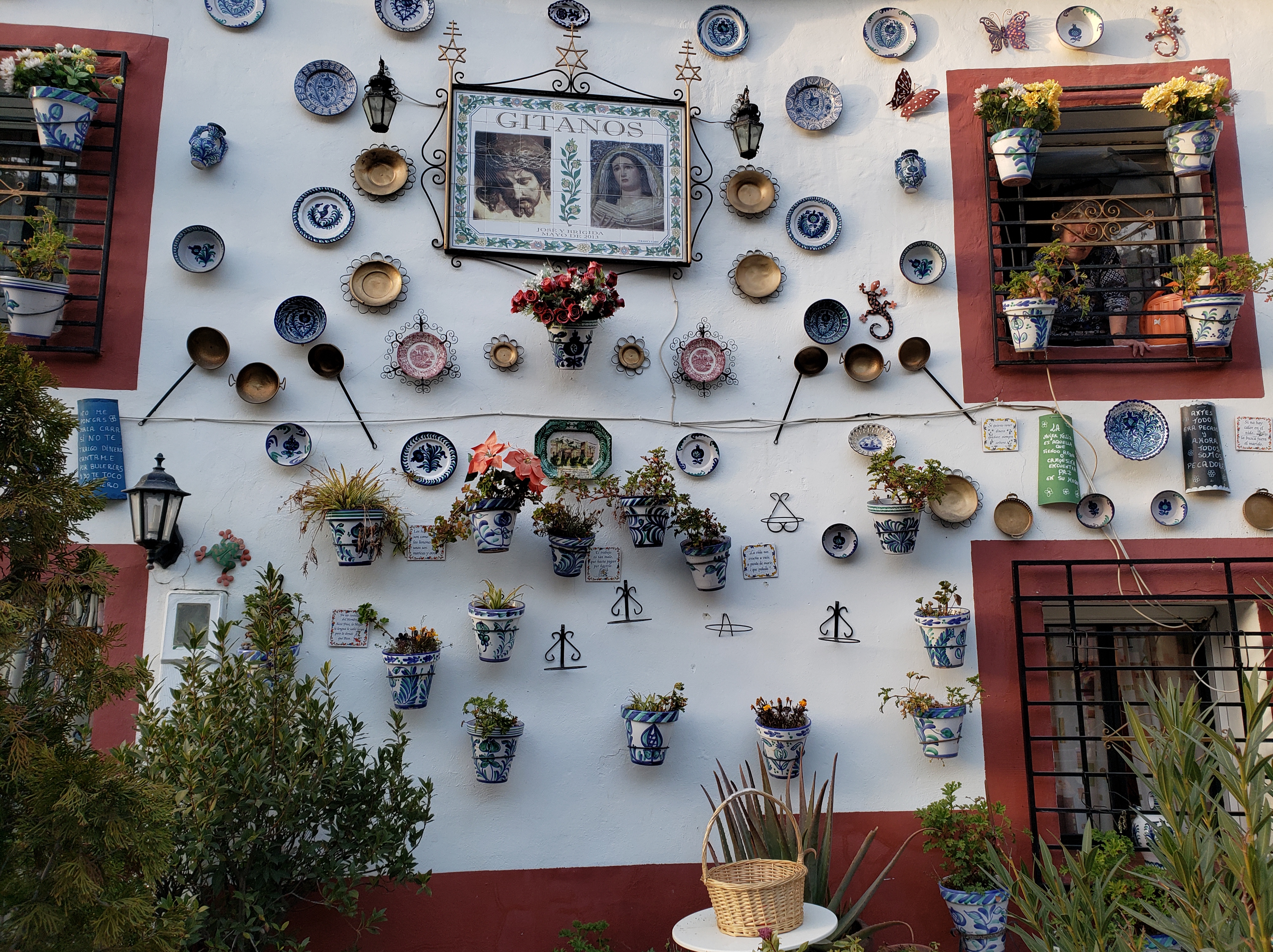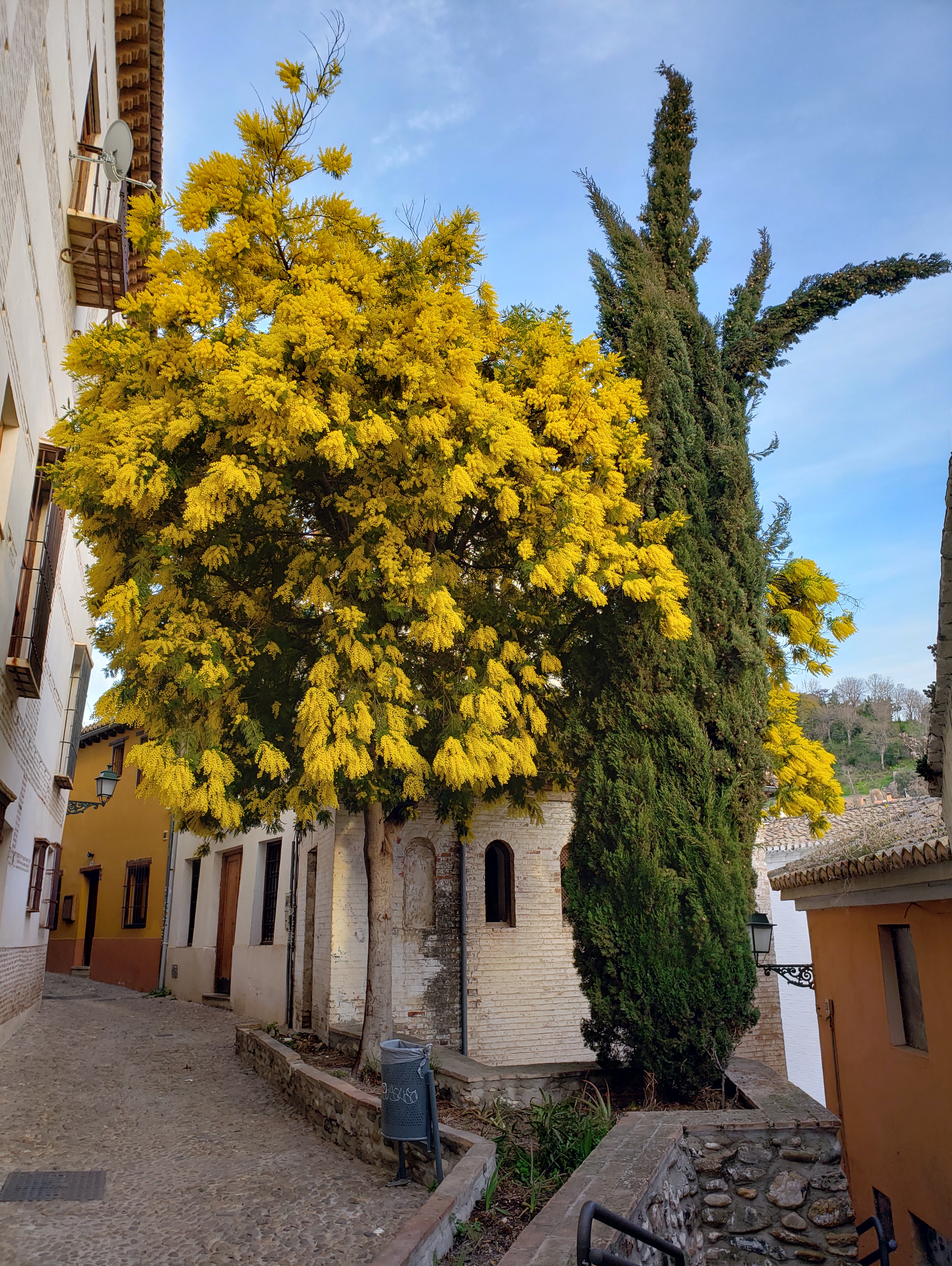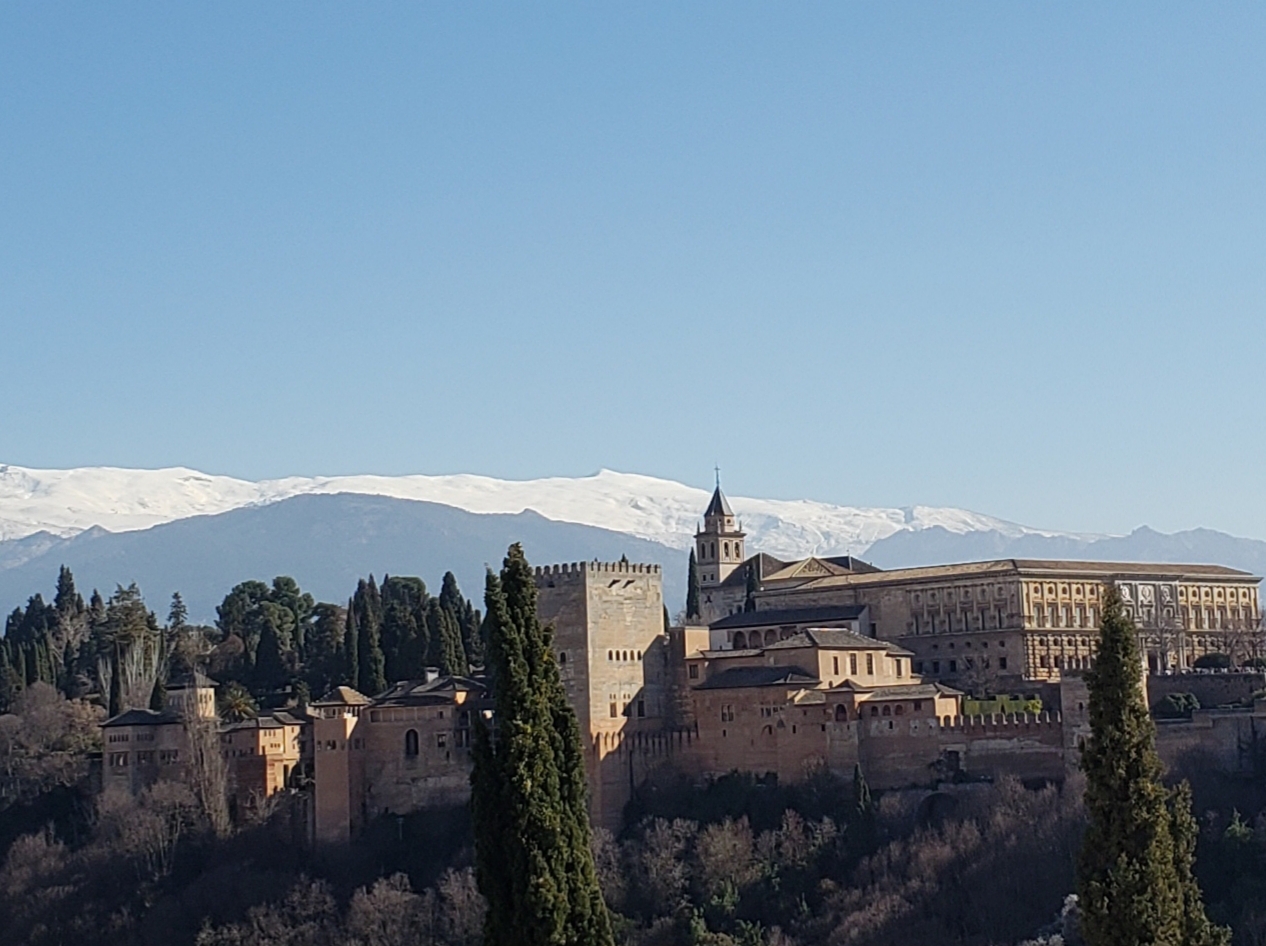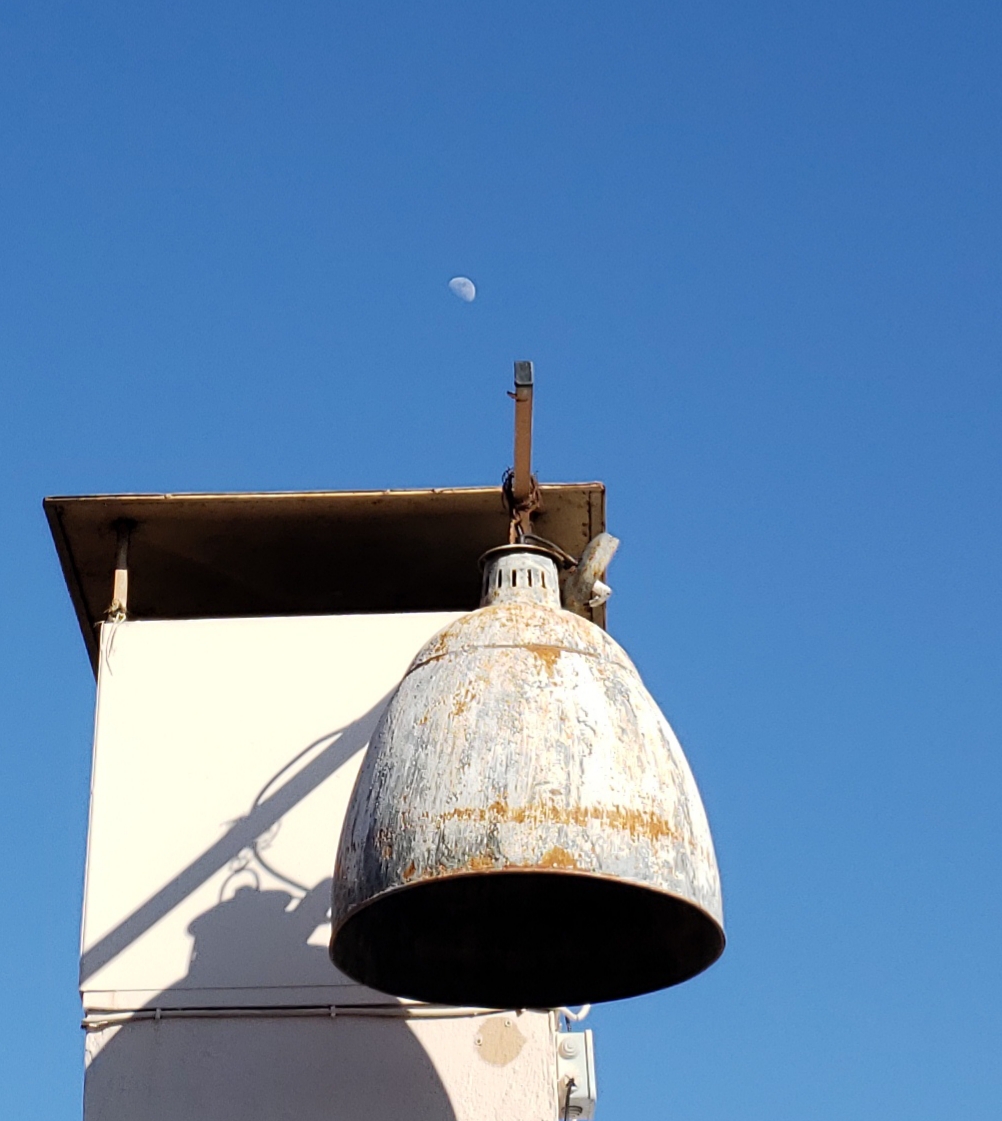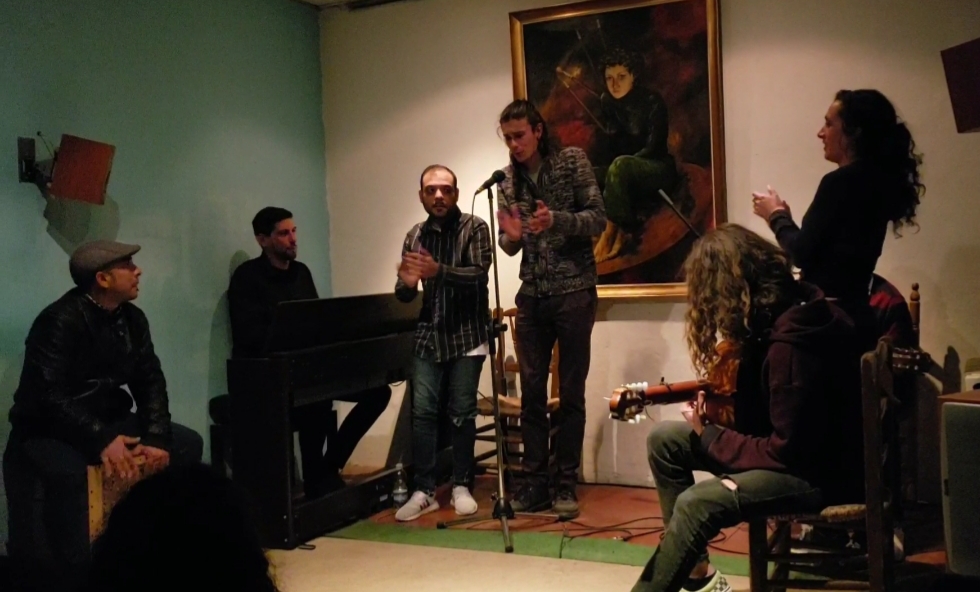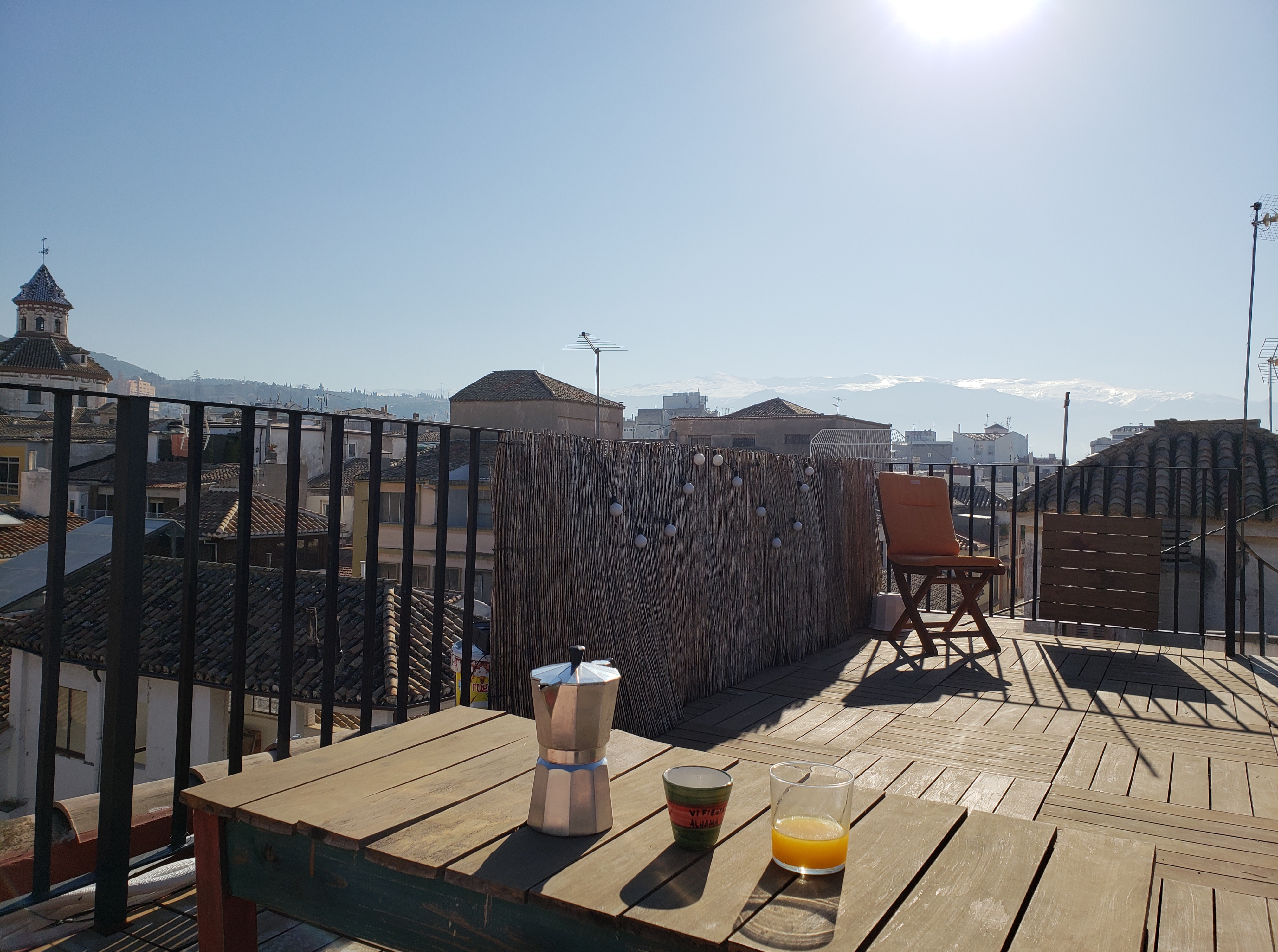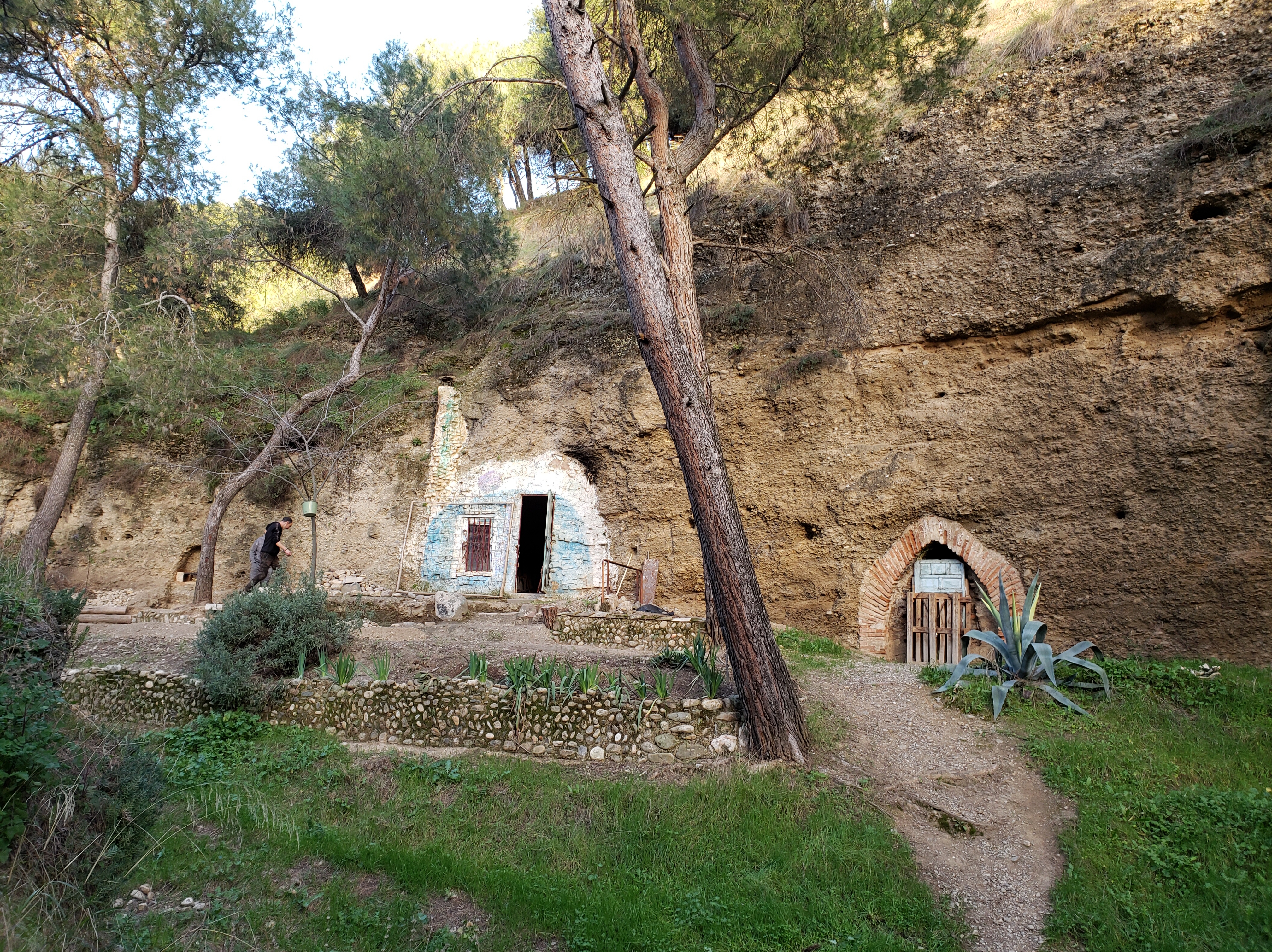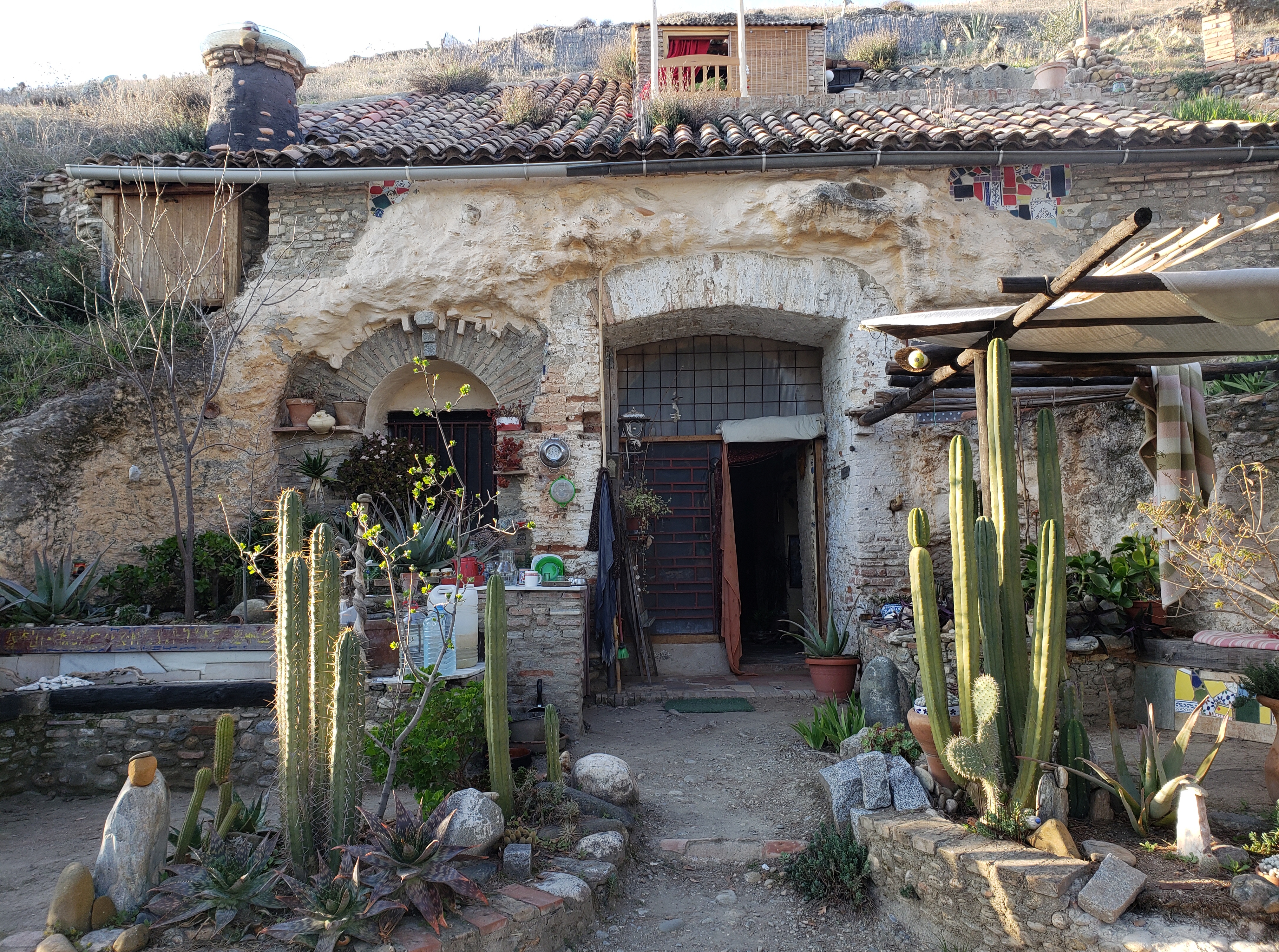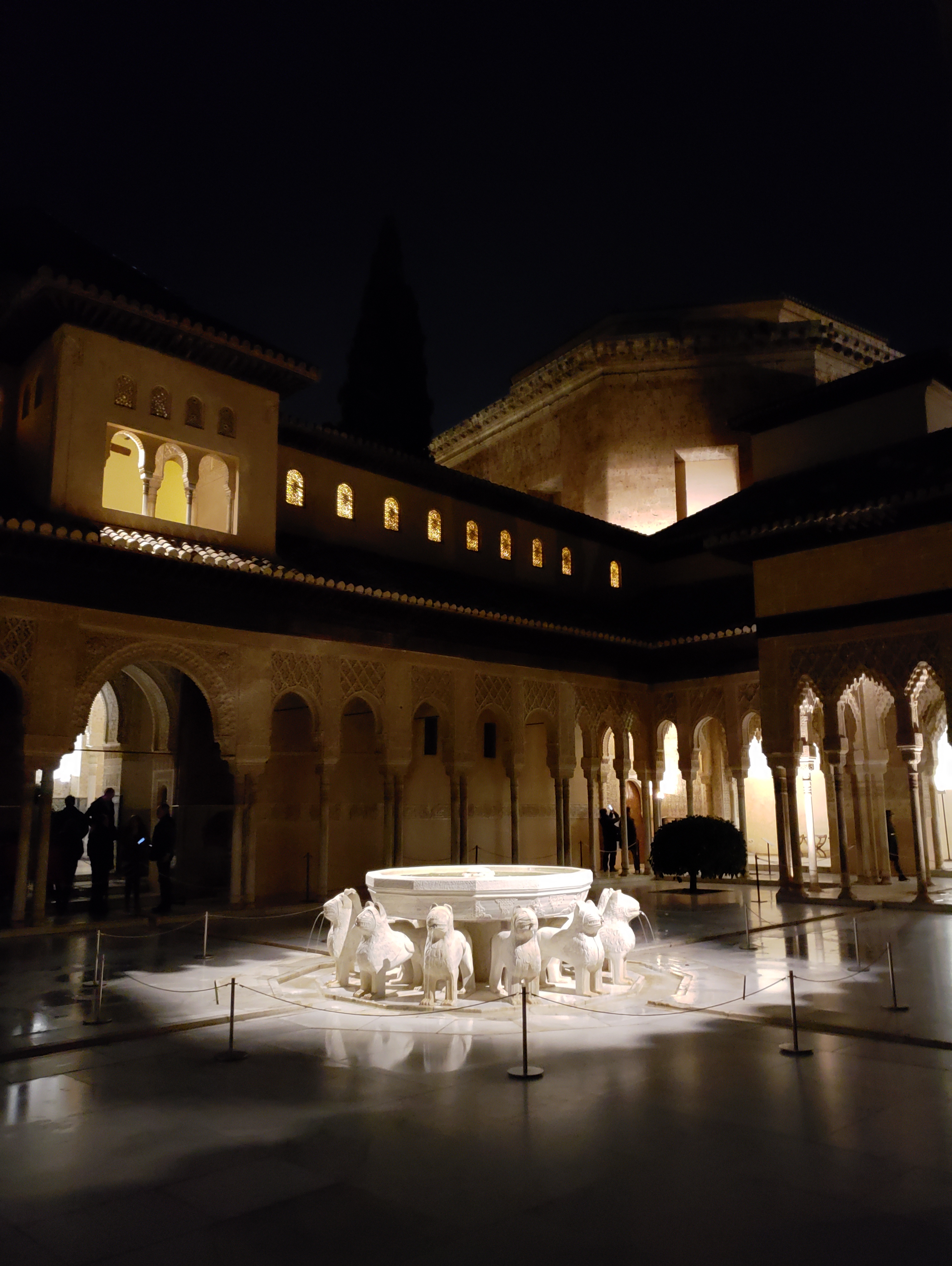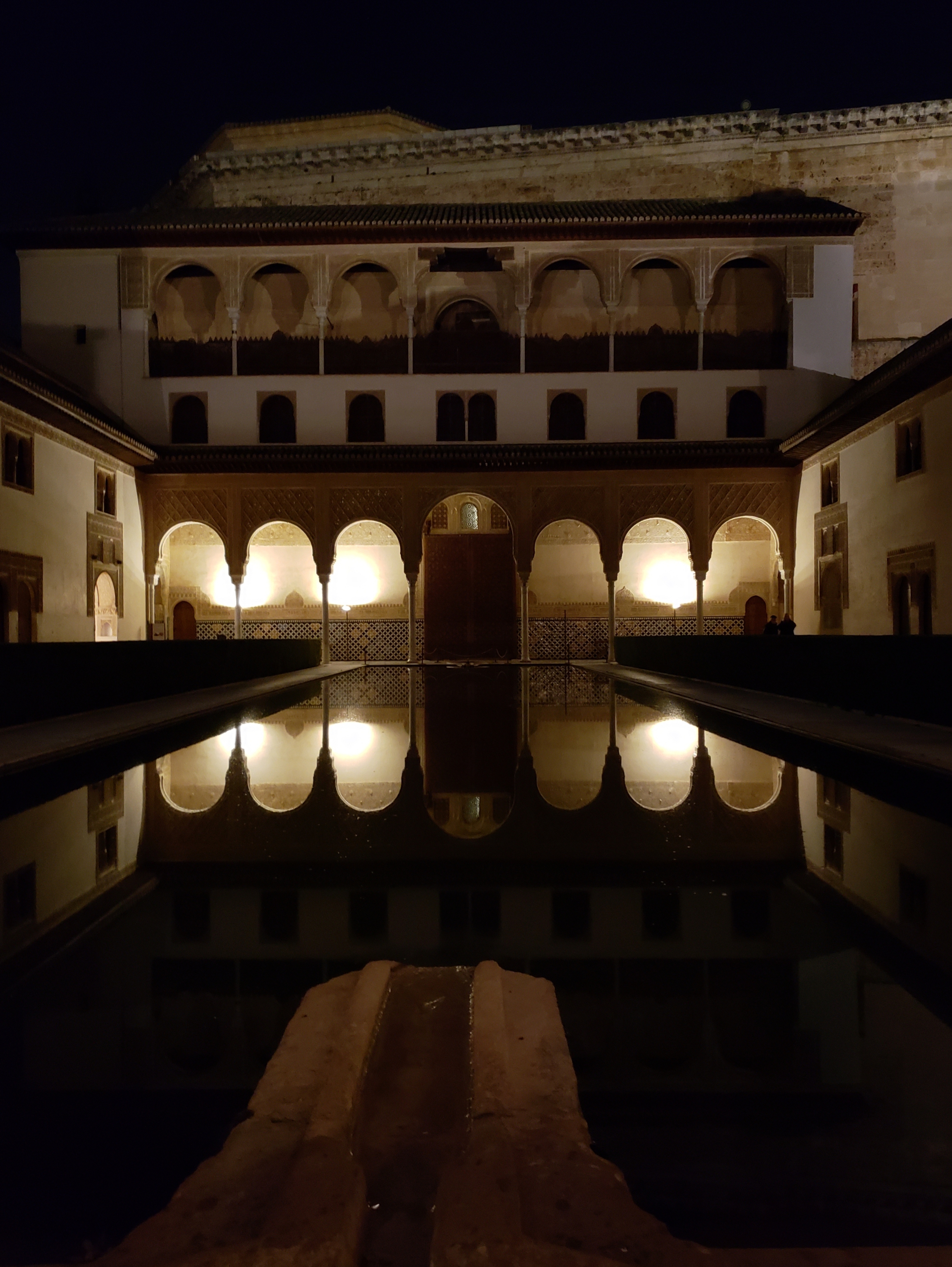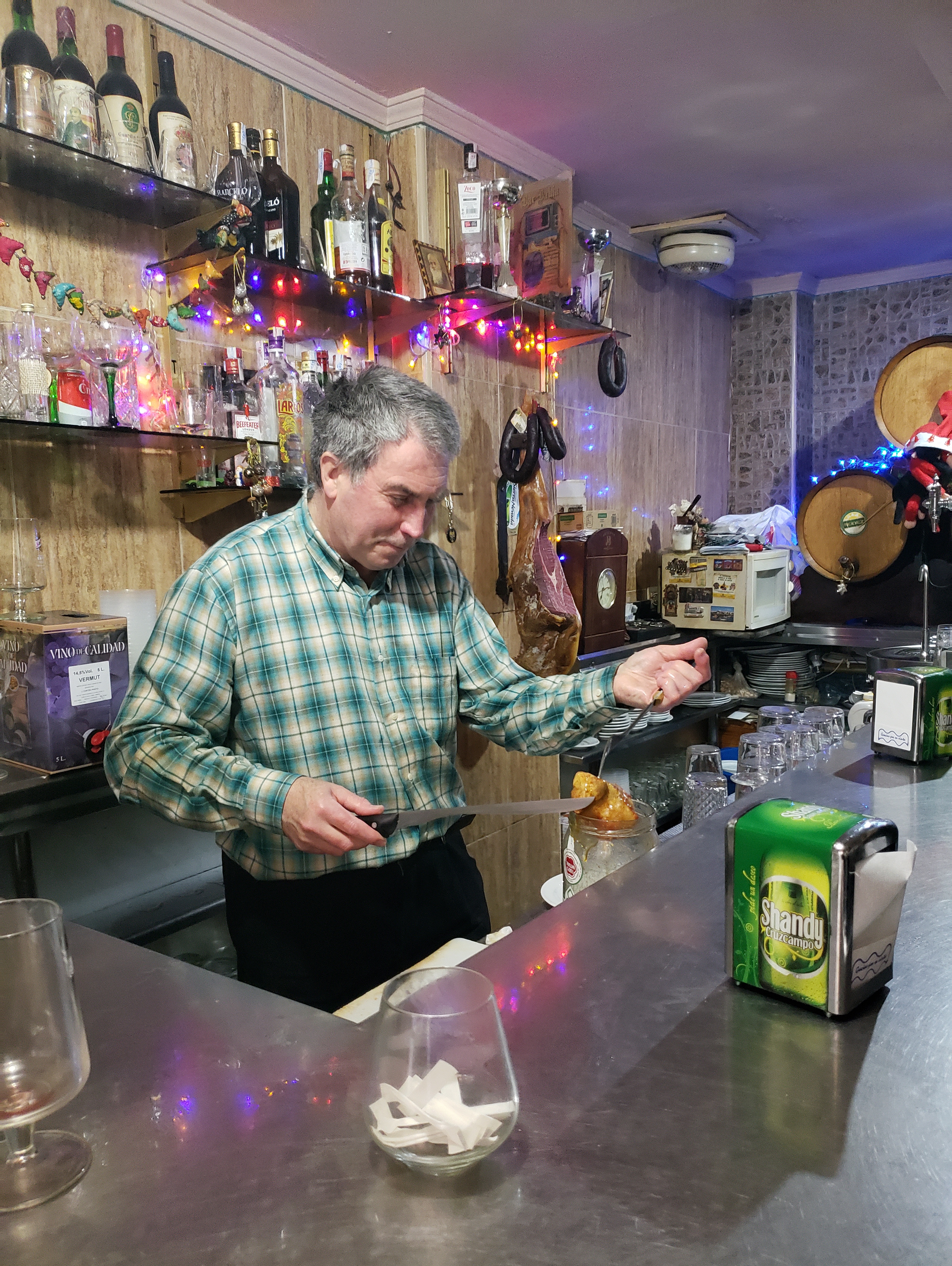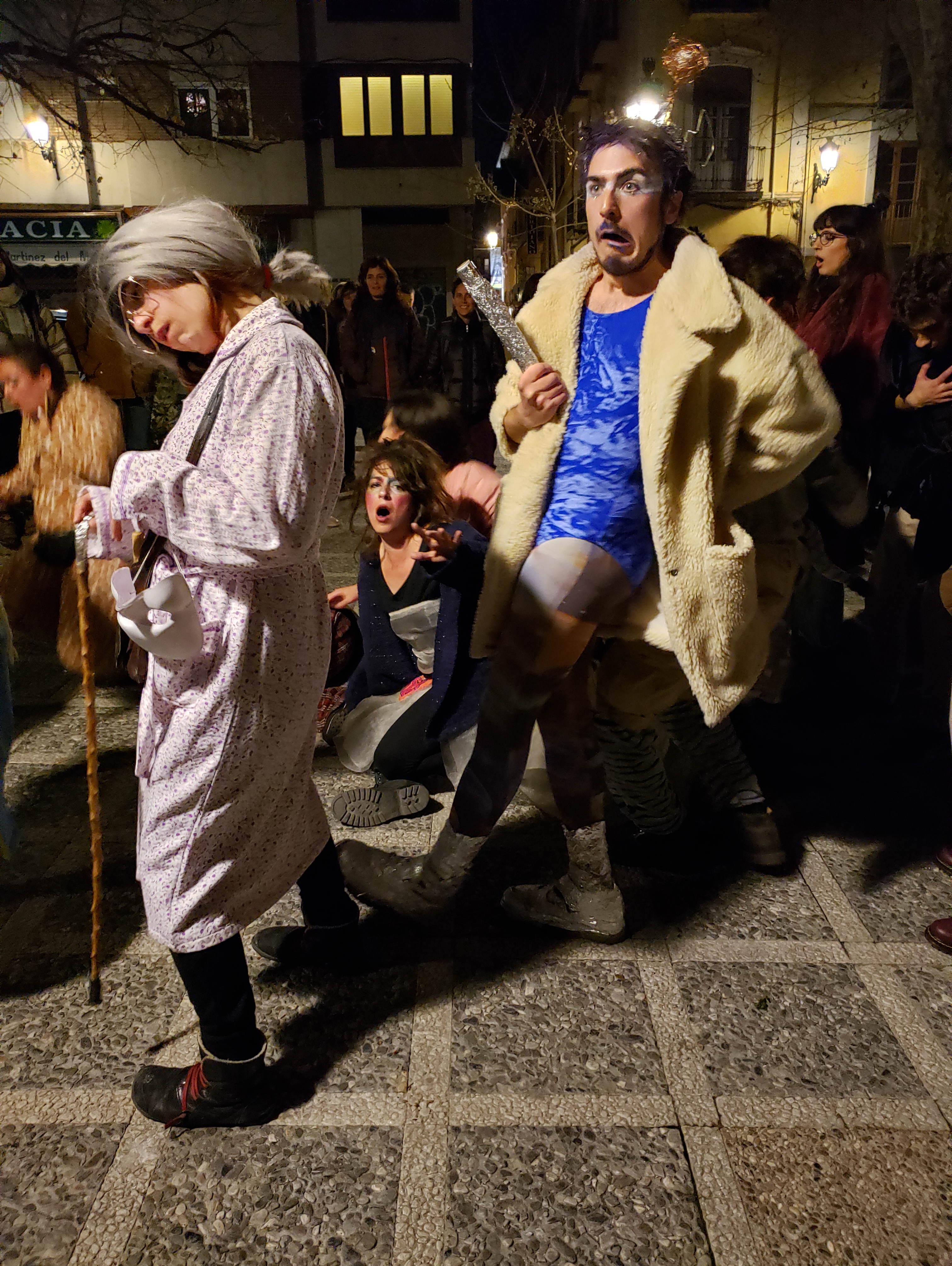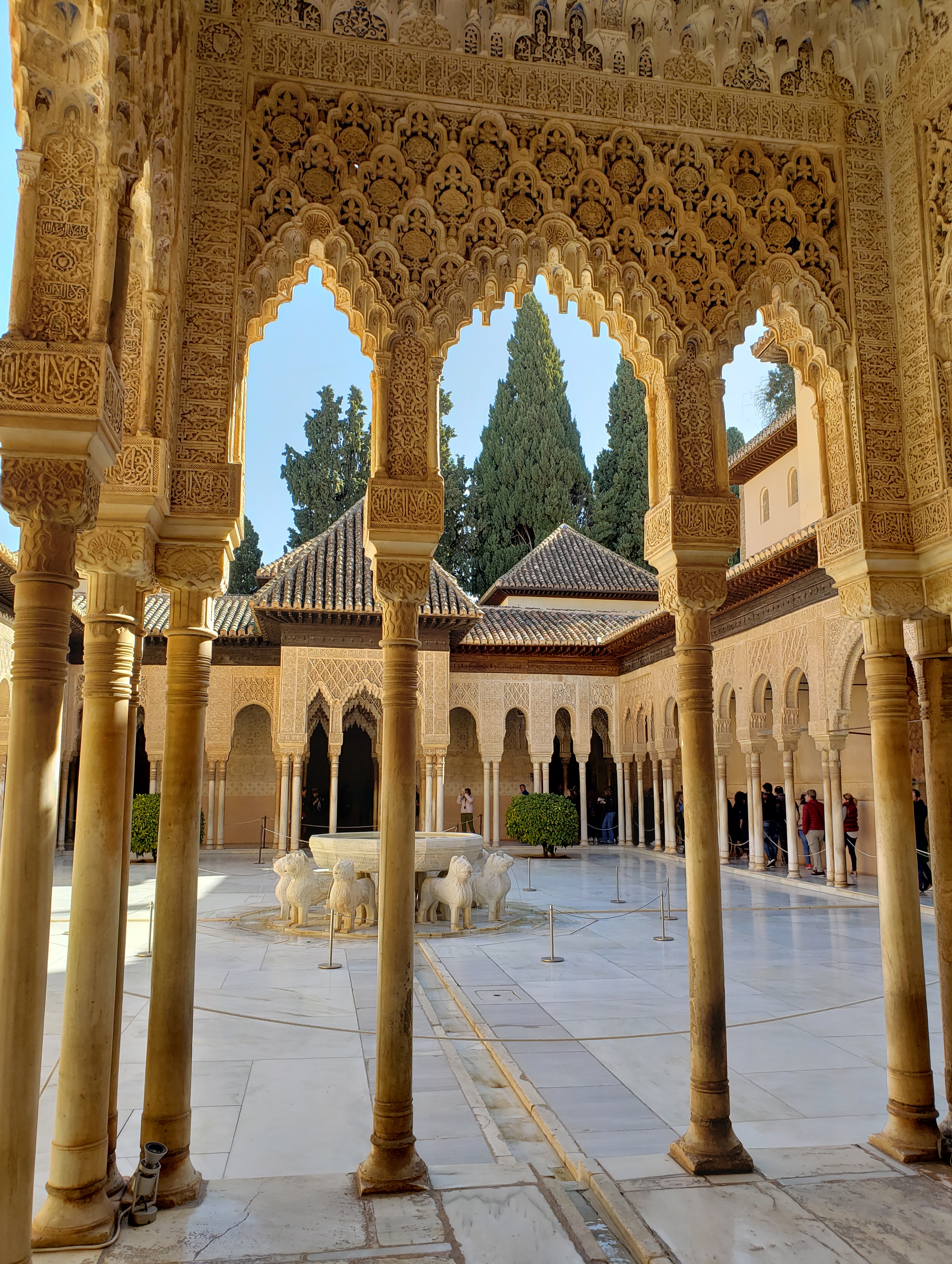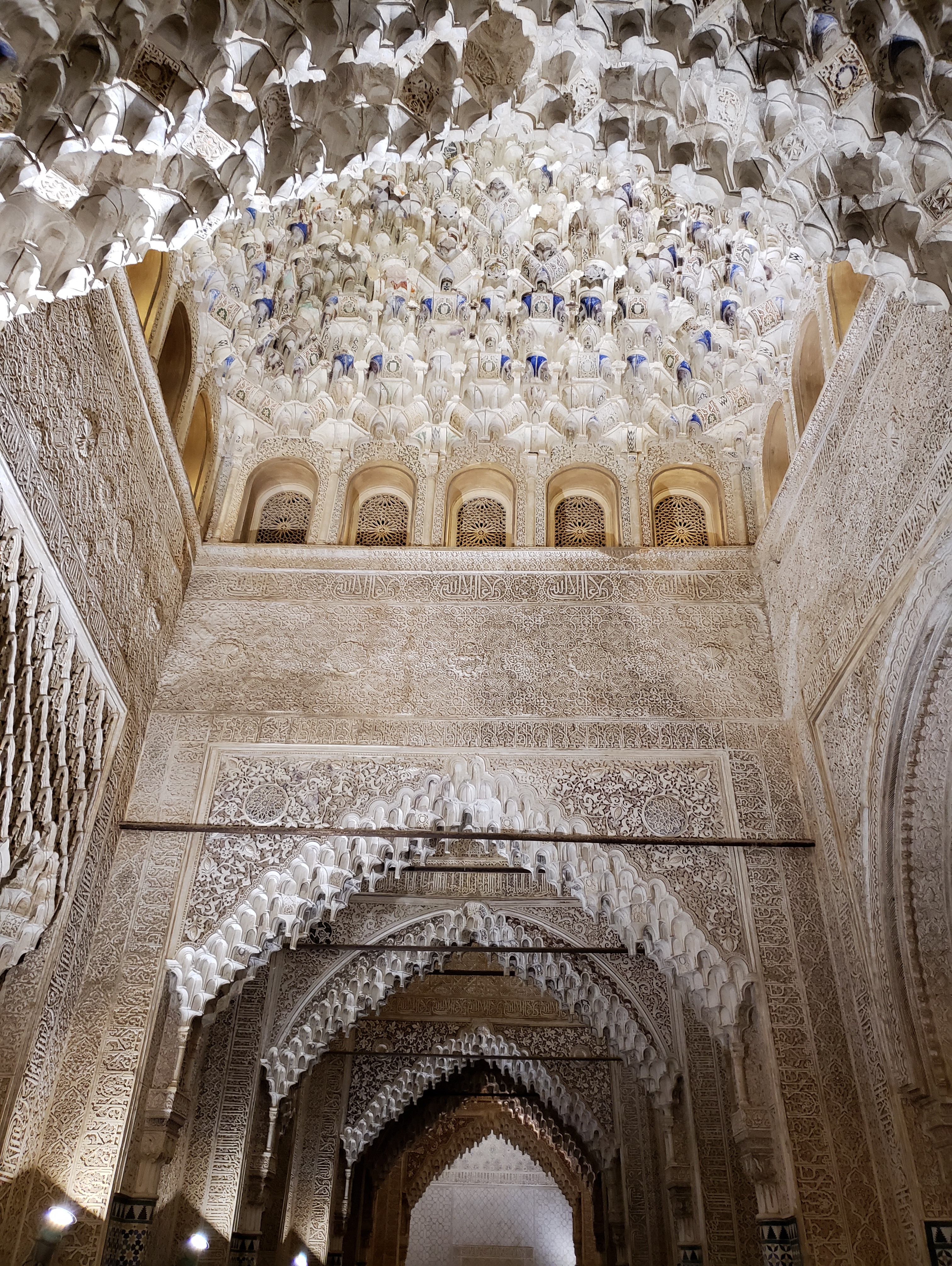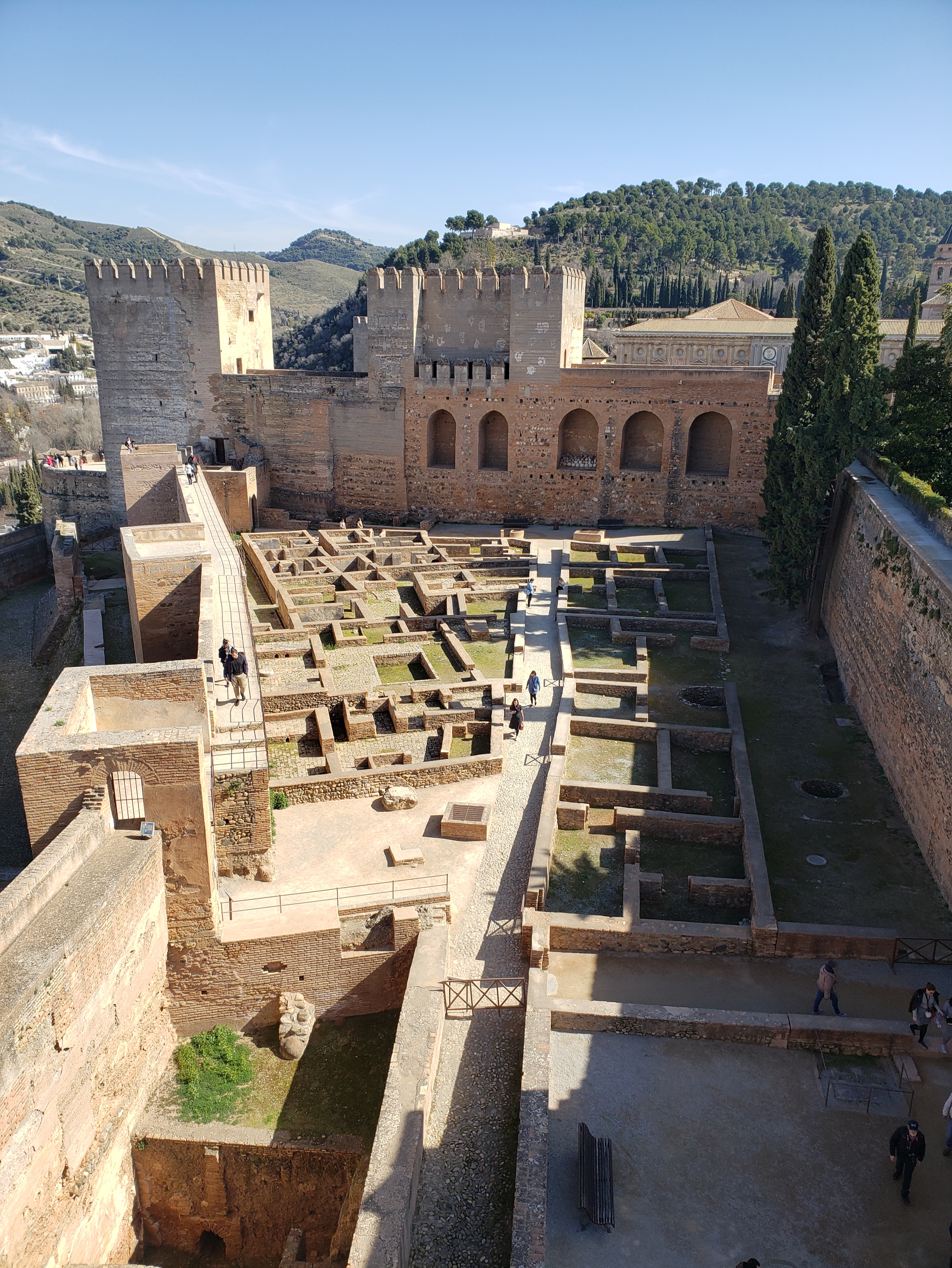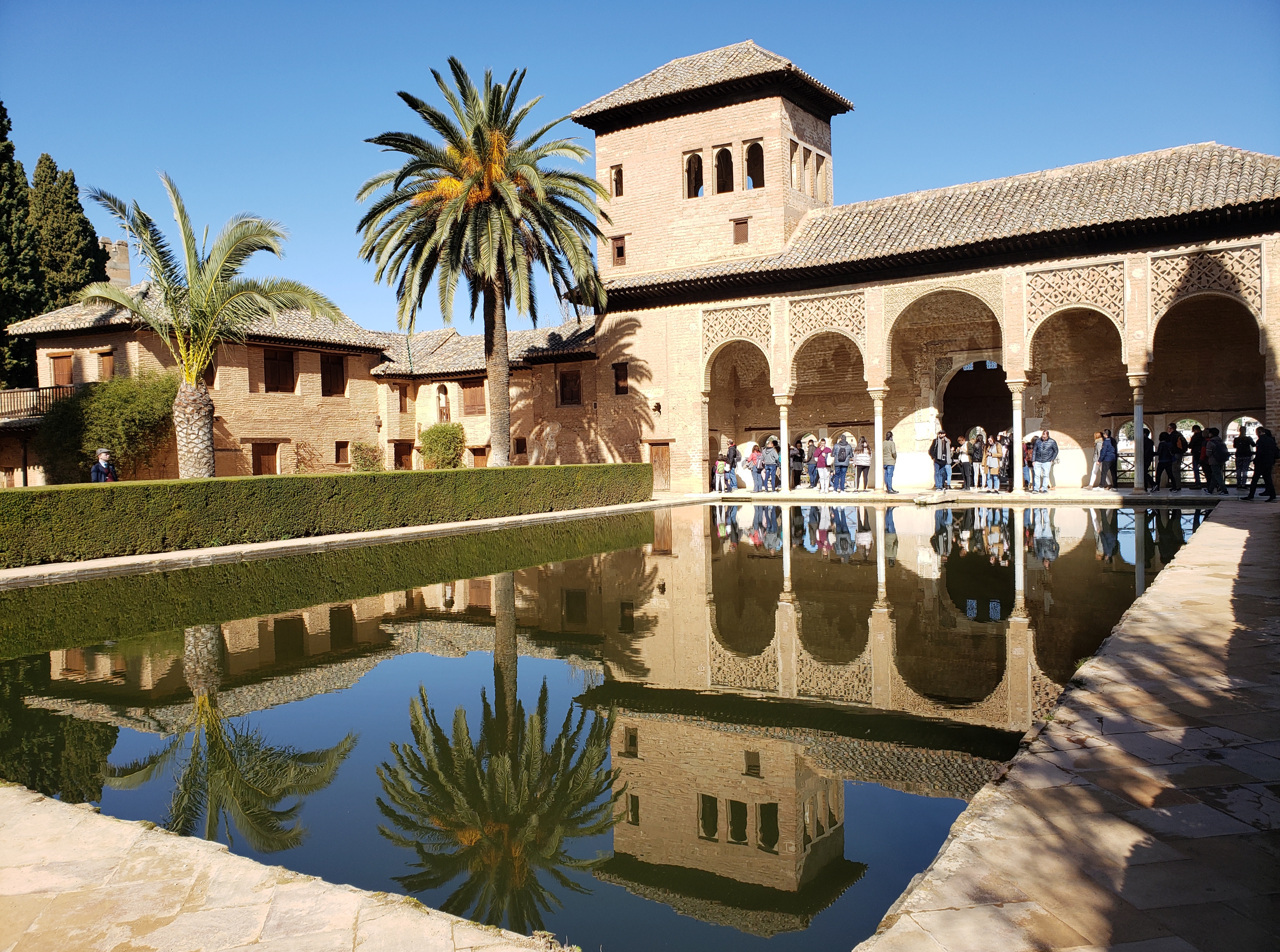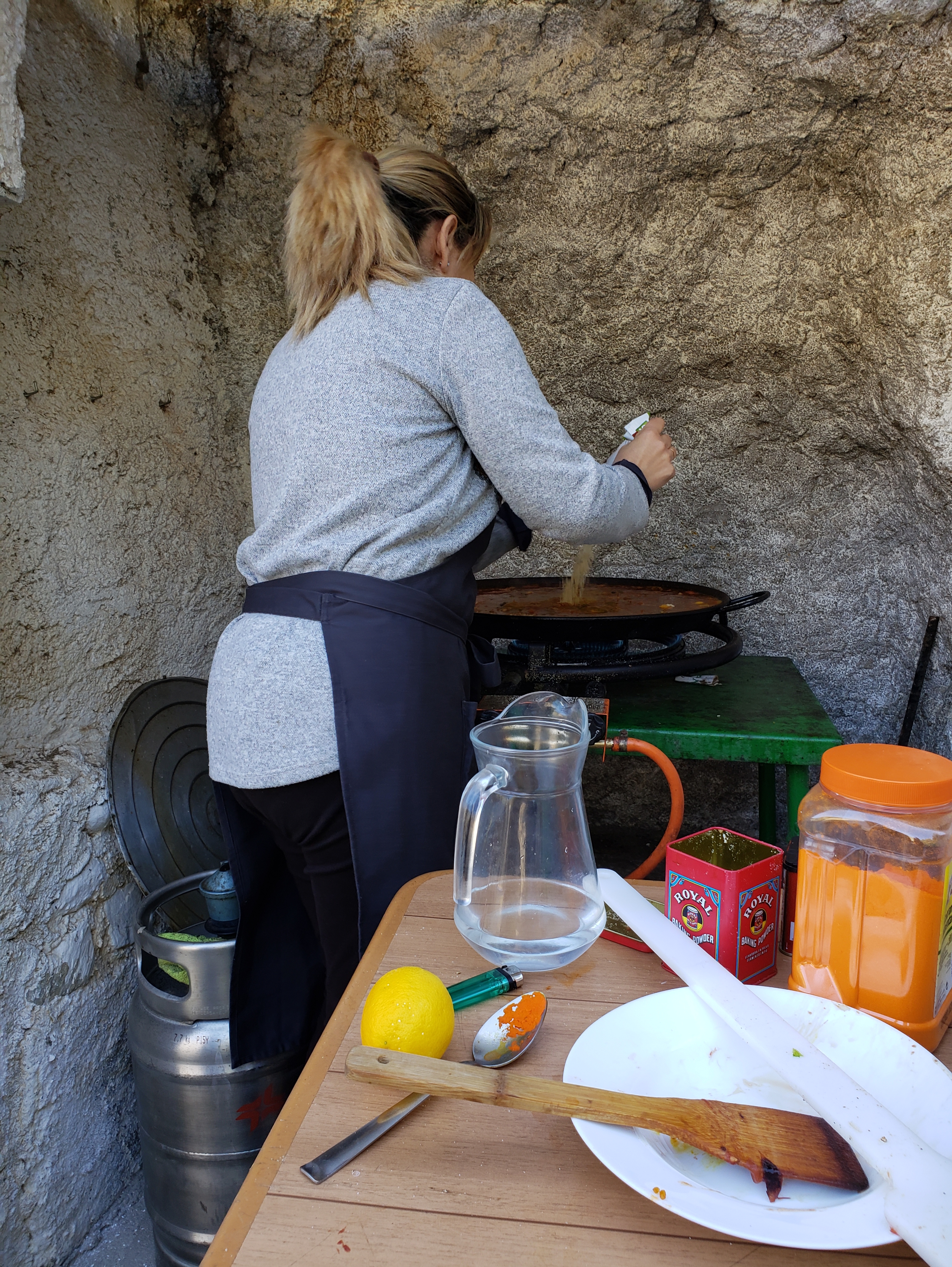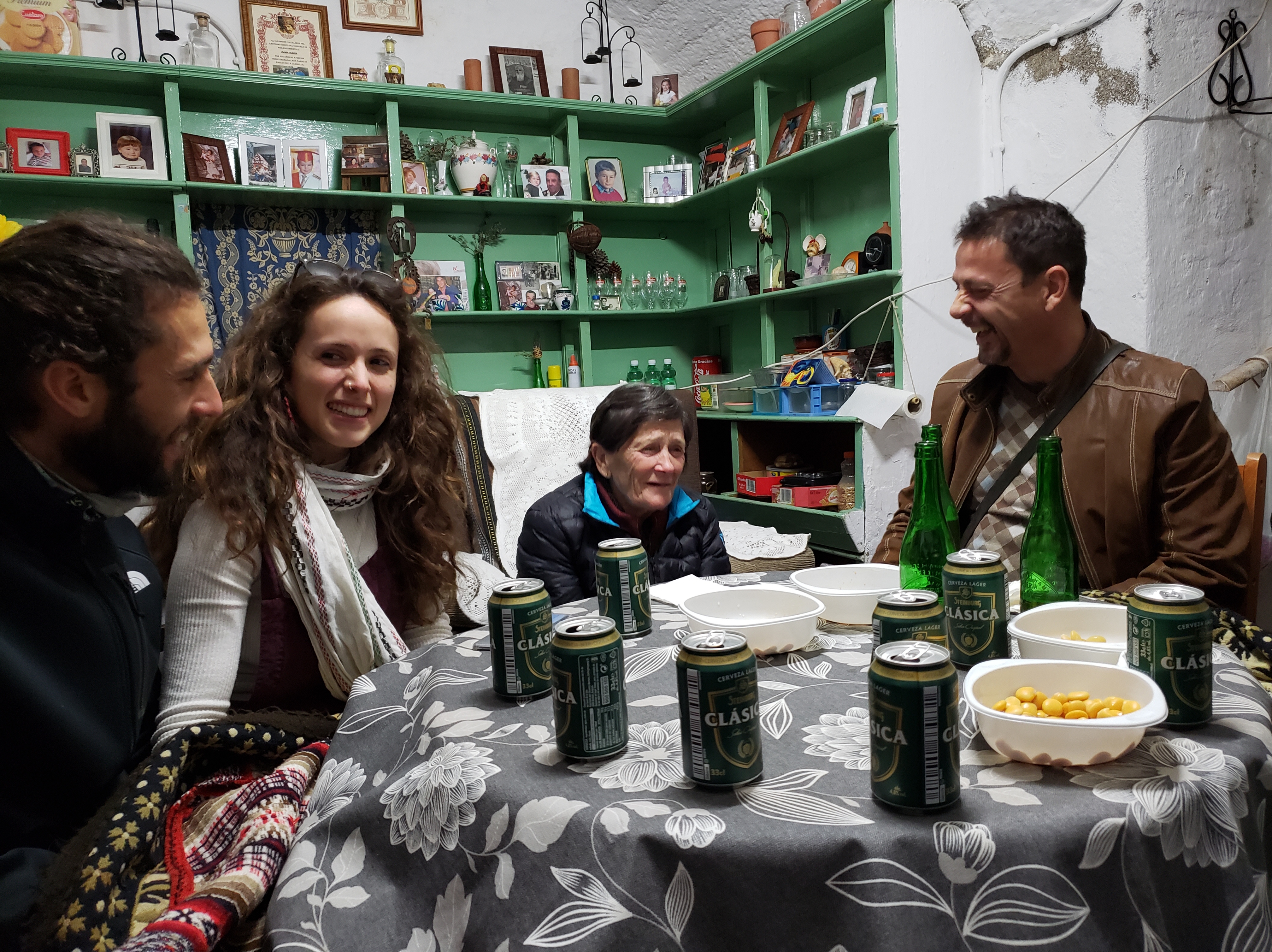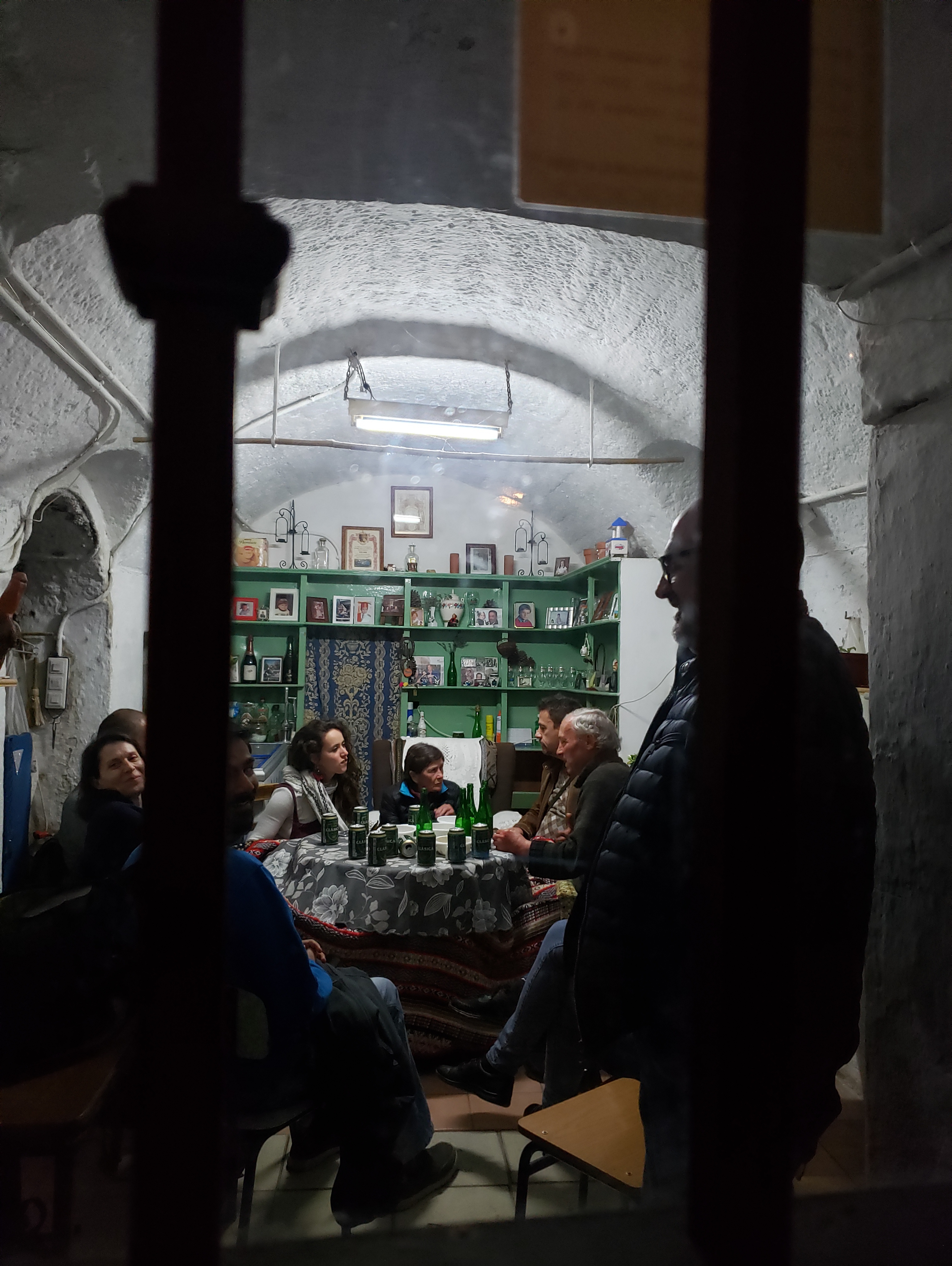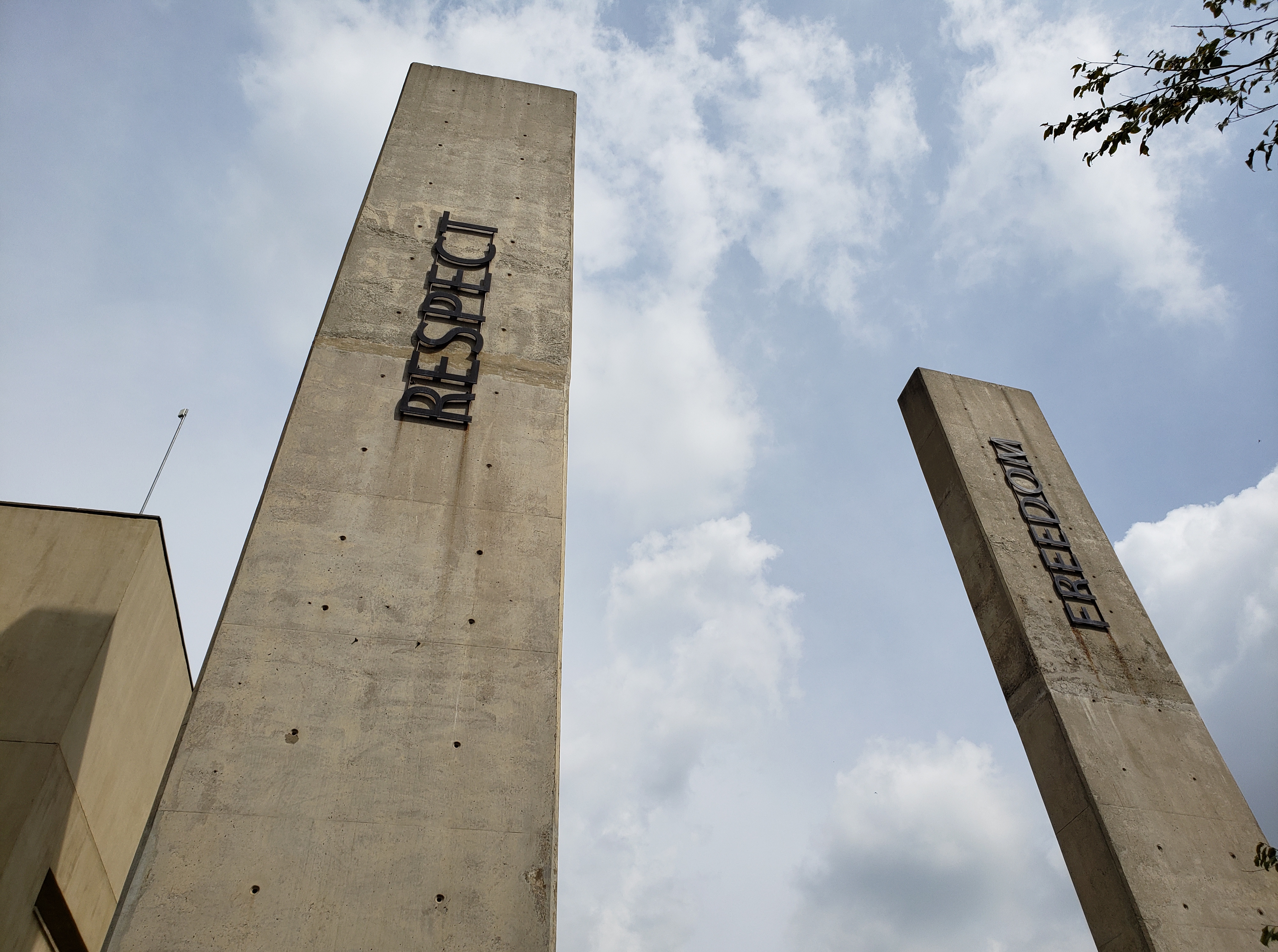
8 April to 12 April 2019
In the eighties I had a neighbor from South Africa. I remember being surprised when she told me how beautiful her country was. The ugly images of apartheid proved so potent that I never gave any thought to the terrain itself. And the only positive images I had were of the people courageously fighting the injustices, and the music of Miriam Makeba, who as a child enthralled me with the clicks she made while singing Pata Pata.
In the nineties Nelson Mandela was freed, apartheid crumbled, international boycotts were lifted, and the people of South Africa, with devastating wounds, created a democracy. I followed these events while they made headlines, but as other events took precedence my attention went elsewhere, as did I when traveling.
Seeing Searching for Sugar Man in 2012 gave me my first real glimpse of South Africa and reminded me of my neighbor’s comment. What I saw was beautiful. Yet I continued to choose other destinations.
Recently I was looking to go somewhere new and settle in for a month or so. Cape Town came to mind.
I found a direct flight from Paris to Johannesburg and decided to stay four nights before taking a train south. I knew next to nothing about Johannesburg and sought a contact.
I found Mary online through Couchsurfing–an organization that brings travelers and residents throughout the world together. Her profile mentioned her passion for gardening. The idea of someone creating gardens in “Joburg” appealed to me. She was happy to meet, show me her gardens, and some of her city. I’d booked a guesthouse in Melville which turned out to be near her home. We made plans to meet the day after my arrival.
I arranged to be picked up at the airport. Mike, the driver, a white man in his forties, was standing at arrivals with my name printed boldly on a card. He was friendly and our discussion quickly led to my questions about post-apartheid South Africa. Race, he explained, remained a very sensitive subject and people generally do not feel comfortable discussing it. (The topic of race is impossible to ignore here. I found myself thinking about it more than ever before.) He assured me he had no problem addressing any questions I had. Being a foreigner, I’d learn, made my interest and inquiries less problematic.
After admitting my feelings of shame and sorrow at America’s own history and ongoing racial problems, Mike opened up. He revealed that he was far more comfortable with blacks and black culture than his own. Although he had grown up in a self-described “racist Afrikaan family” where he was taught “White is Right,” the music of black Africa and Bob Marley pulled his affinity elsewhere. ( After listening to some Afrikaans music later on, I could easily understand why.) He was convinced, despite his light eyes, blonde hair and pale skin, that he had black blood. He hoped to have a DNA test one day to prove it.
The apartheid laws had four race categories (although based on appearance and background, some individuals were arbitrarily classified). Ones race defined ones rights and privileges or lack thereof: White (including the Japanese), Indian, Colored (people of mixed race, and the Chinese), and Black. Societies are rarely color-blind nor entirely harmonious, but these laws successfully stripped millions of their opportunities, livelihoods, and dignity.
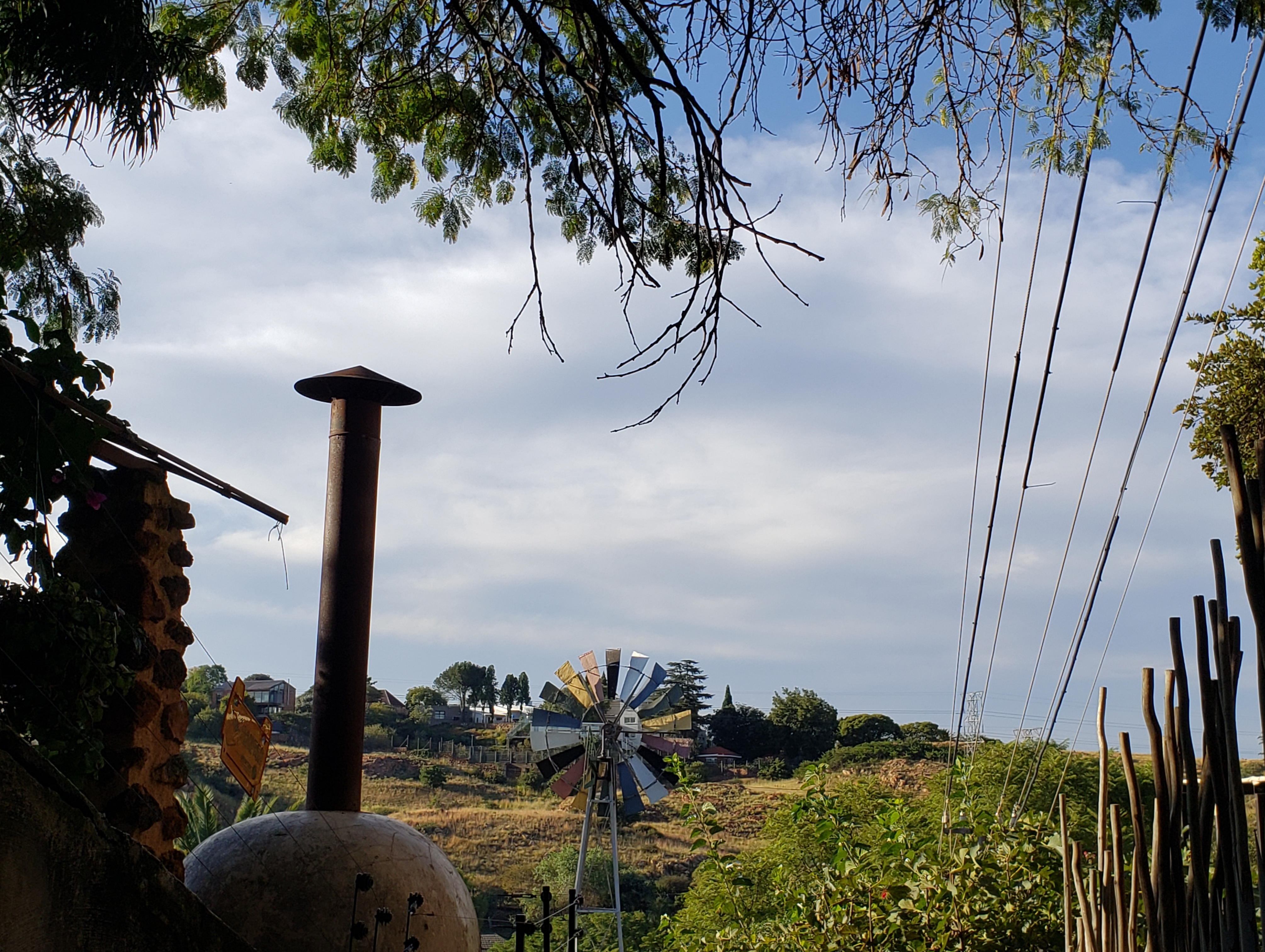
The Agterplaas Guesthouse had been a farmhouse and sits prettily on a hill across from a nature reserve. I was welcomed warmly by the staff and invited “to have tea on the stoop.” A stoop to me are the stairs of an apartment building leading out to the street and a place where residents gather to chat or watch passersby. I looked at the stairs leading down to a large terrace and thought it quaint that I was invited to have my tea there. But “stoep”, I quickly learned is Afrikaans, derived from Dutch, for “veranda”. No surprise, after all a part of Manhattan was called “New Amsterdam.”
I chose the guesthouse solely on its excellent reviews. I didn’t realise that its neighborhood was one of the more desirable places to stay. Melville is a tony suburb of Joburg with excellent restaurants, cute shops, and cafes. The stylish homes are often bordered with high gates and the signs stating “24-hour Armed Response” are prominently displayed. It also boasts being the home of artists and intellectuals.
The staff at the guesthouse said it was safe for me to walk the short distance to Melville’s center, but that it was best to stay on the main street, particularly after nightfall. While standing on the street in front of a cafe, I took out my phone. A young male waiter quickly told me to put it away. “Phones get snatched if you’re not careful.” I thanked him and made an effort to change my habits. Crime is a constant concern here; the subject of race is tied directly to it.
Despite South Africa having an overwhelmingly black population, the people I’d seen up to that point had been overwhelmingly white. So I was pleasantly surprised to see people of various colors in the cafes, restaurants, and shops of Melville. The day was lovely and “Poppy’s” outside tables looked inviting to have a leisurely lunch. After a mostly sleepless ten-hour overnight flight my plans for the day were not ambitious.
A stylish woman and man were deep in discussion a few tables away. The woman spoke with such eloquence and intelligence I couldn’t help but listen. Her ideas on religion, women’s rights, and race flowed with extraordinary fluidity. She sat confidently in her scarlet sweater. Her blonde hair accentuated her light brown skin. The man, wearing a natty dark blue suit, articulated his differing opinions intelligently, but his talent for the spoken word, although impressive, paled, like most of ours would, in comparison to her glorious talent.
I tried not to be rude, but since their topics were theoretical rather than personal I rationalized that listening in was not too inappropriate. Their banter continued as I ate. The woman never faltered for ideas. Her vocabulary was rich and nuanced. I was dazzled. So much so, that after finishing my meal I couldn’t resist getting up to take a closer table to hear them better. Their conversation involved various thoughts on the development of belief systems. They were amicably disagreeing and she said unaware of my eavesdropping,” It would be nice if we could hear others opinions on this.” I boldly asked if I could share my thoughts. “With pleasure!” she said. I quickly confessed my social transgression. “Why didn’t you join us earlier? I’m having to leave in a minute.” We chatted briefly before she said, “I really must run.” She jotted down her phone number on a piece of newspaper and gave it to me before dashing off.
The man upon her departure asked me where I was from. We began discussing travel and he mentioned, without bravado, an extensive list of all the places he had been throughout Africa, Europe, and the US. He was particularly knowledgeable about US affairs, even more so than the many foreigners I meet who impressively rattle off the names of US politicians and events. His family was Zulu and had lived in South Africa for generations. When I went to pay my bill the owner asked if I knew who I’d been speaking to. I didn’t. “She is Iman Rappetti, a well-known radio announcer and he is Thembisa Fakude. He works for Al Jazeera News.”
I would speak to Iman again by telephone, but unfortunately our schedules did not permit us to continue the conversation we had begun.
Walking back that afternoon to the guesthouse I passed several men standing on the street corners, often in shabby attire, wearing neon green or orange vests. Depending on who I asked, these men were either car-guards who kept an eye on the vehicles for tips, or conspirators with the car-thieves themselves. The unemployment rate in South Africa is over 25%, roughly the same rate during the height of America’s Great Depression in the 1930’s. One study states the unemployment rate for people under thirty-five exceeds 50%. People are finding means to get by. Security guards are a common sight.
The following morning I took a Uber to Mary’s house. Although it was perhaps a twenty-minute walk I was advised to go by car. Her neighborhood was not quite as upscale as the one I was staying in, but lovely homes, also with high fences and signs, lined the streets. I arrived at a large wooden fence and rang the bell. Loud, deep barking came from the other side. Dog ownership is very high in the suburbs.
Mary opened a portal in the fence and assured me the two pit-bulls, a common breed here, were friendly. They were, but they were effectively intimidating. She and I knew very little about one another, but we fell into conversation easily. Mary is petite and wiry with short curly hair. She had on a tee-shirt, sweatshirt, and jeans with some holes–I presumed they were not a fashion statement. In my simple black pants and sweater I felt overdressed. She had moved into the cottage, at the back of her friend’s property, a few months before. I was invited in and offered some delicious homemade ginger Kombucha. We sat together on a sagging, but comfortable couch sharing aspects of our lives. Mary’d been traveling around South America, and elsewhere, for years, then settled on a kibbutz in Israel. After a long stay she decided to come back to Joburg where she’d grown up. She’d just recently returned and her passion for gardening was evolving into a small business, advising and helping homeowners create their own gardens. She’d started giving her services for free, but that soon became impractical. She strives to live virtually cash-free through self-sustenance and trade, but even that, she’s conceded, has its limits.
The furnishings of her home were simple and sparse, but it was cozy and welcoming. Plants were lining the short hallway and elsewhere. A few were destined to be planted at the GreenHouse Project in town, where we would be going. Her own garden was punctuated with small, pretty paths, and neatly planted rows of greenery were beginning to flourish. It was hard to imagine that a short time ago this yard had been overgrown and neglected.
I’d asked her about some current events and she said she made a point not to read newspapers or follow the news. Her goal was to live in her immediate world and make positive changes to it where and when she could.
Mary had made an appointment at the GreenHouse Project to trade one of her plants for seeds. The Project is a grassroots effort to renovate a greenhouse in the middle of Joburg and create a viable green space for planting, and educating people about the environment and ecology, She asked if I minded taking a local taxi to get there, even if it might mean some crowding inside. I let her know I was happy to follow her lead. The taxi stand was about a ten minute walk away. I was pleased to be walking. The streets were virtually empty except for a few men and women, mostly black, carrying groceries, or garden tools, and the occasional white jogger.
We stood by the side of a busy road and she extended a hand with one outstretched finger. Her other hand held the plant she would be trading. The number of fingers extended indicate the desired destination; a single finger meant downtown. When a mini-van pulled up I was surprised. We got in. I’d ridden in similar vehicles throughout the world, and in Brooklyn, but never called them “taxis”. I then understood why she’d asked about the crowding. We found two seats together in the back. Our money was passed forward to the driver via the other passengers and our change was returned in the same manner. The system was universal. The fare was six rands, about forty cents. Like elsewhere, this was the cheapest means of public transportation. As more passengers got in, the seating did get crowded, but everyone politely shifted to make room. Mary and I engaged in conversation while I enjoyed a taste of local life. The man sitting to my left wore a suit and frequently looked down at his watch, teenagers in school uniform lively chatted together, but most of the passengers sat quietly until signaling the driver to be let off. There was little of note except the wide, heavily trafficked highways outside the window, and that we were the only white passengers.
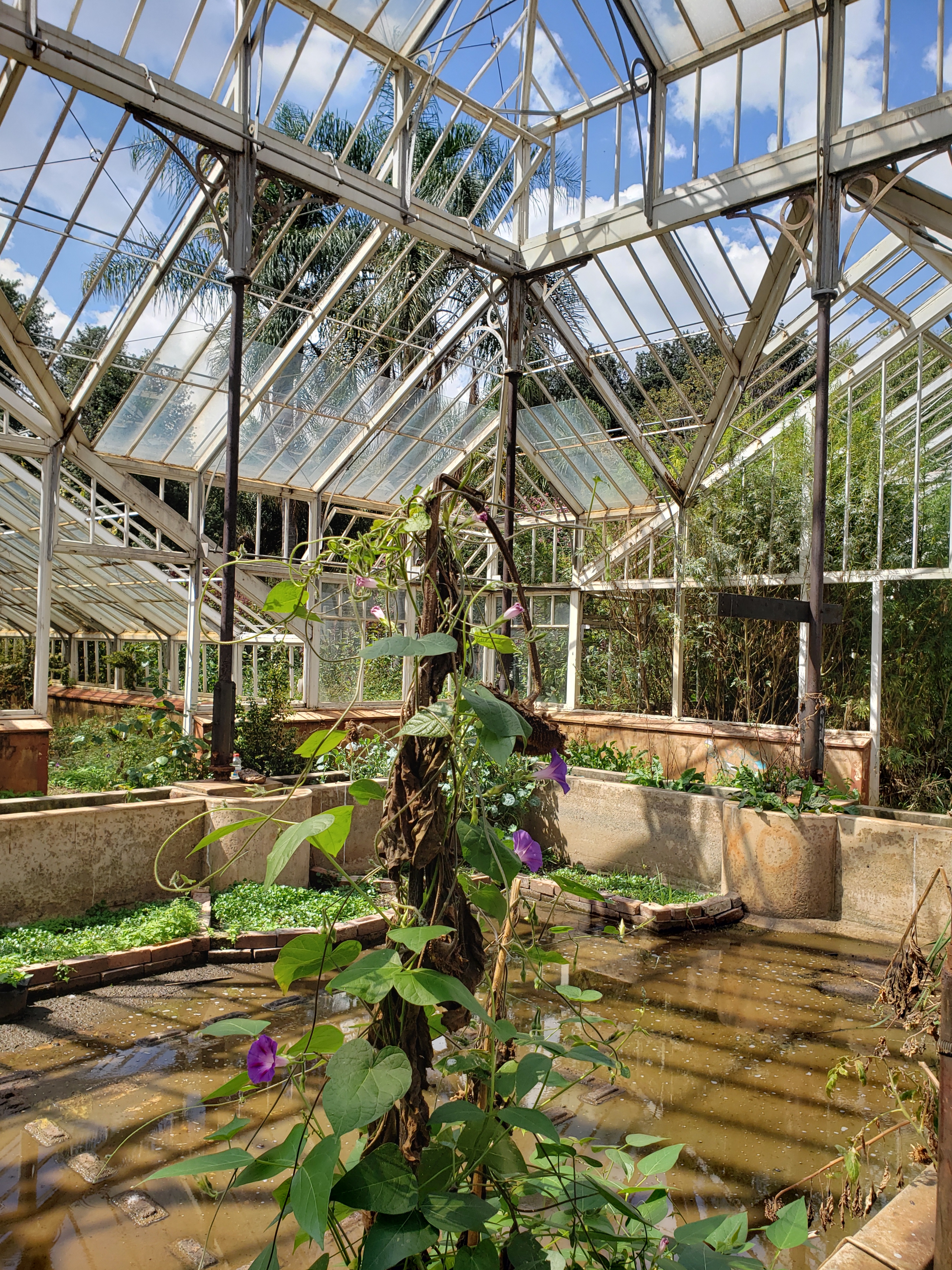
Mary discovered the GreenHouse Project by chance. I can’t imagine a better fit.
Once the taxi dropped us off, we made the rest of the way there on foot through the crowded downtown streets lined with small shops and makeshift stands. People were selling everything from fruit, vegetables, electronics, and clothing, to shoelaces, pots, and pans. Once again our fair skins stood out.
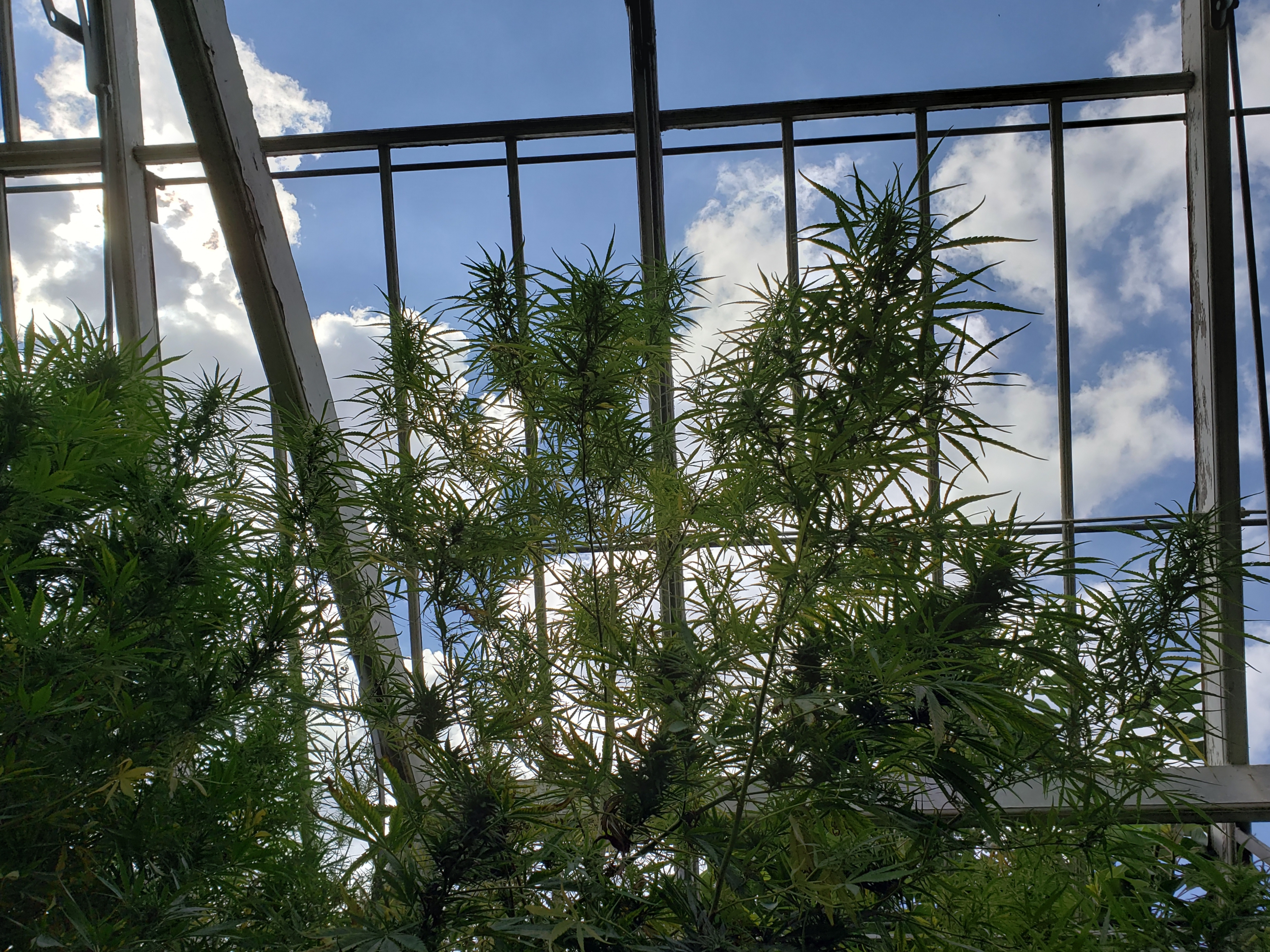
Like Mary’s garden, the greenhouse and its surrounding gardens had been neglected, but there was ample evidence of wonderful things to come. As I walked around, Mary waited for her “contact.” She chuckled that the swap of plant for seeds had felt like an illicit drug deal, but she was thrilled. She’d acquired artichoke seeds.
I was introduced to a few of her friends, Shane and Andrew, also born and raised in Joburg. As Mary dug into the earth, she gently reminded them as they worked nearby not to weed her area. They’d mistakenly uprooted months of her gardening efforts.
The sun was rising and with it the temperature. Its forceful rays didn’t seem to bother anyone as they toiled, except me, and I was just watching. I sought the nearby shade and enjoyed the calm of the urban oasis. But I still hadn’t recovered fully from my long travels the day before and I was fading. As Mary and her friends tirelessly continued, I suggested we go for lunch sometime soon.
Not long after, we headed off. Andrew and Shane joined us. Andrew wore a haircut that looked as if his barber had been blind. It was notably jagged with seemingly no logic one could define. But he later revealed it had taken six years of trial and error in collaboration with his hair cutter to get this look “just right.” Andrew exuded an extraordinary gentleness and innocence, to the point where he seemed “simple.” When he wasn’t gardening he was doing street art and our discussions later revealed his markedly acute and creative mind. Shane worked professionally as a gardener and in local politics. He was concerned about the upcoming presidential elections and tired of the rampant corruption. The party of Nelson Mandela, the ANC, had freed him from apartheid’s oppression, but he conceded the leadership and values had gone astray.
We went to their favorite Ethiopian restaurant a short walk away. It was in a worn looking multi-level shopping center where all the products came from Ethiopia. Incense was burning and men gathered at small tables sipping coffee. Women stood behind the counters wearing traditional, elegant Ethiopian dresses and headscarves. The restaurant was basic, but clean, with circular tables and wooden benches. We were the only customers and chose a cozy corner by a window.
I asked the server where the ladies room was. Instead of indicating the direction she escorted me through several hallways, a few passages, and two flights down. A man standing at the entrance of the facilities asked me for two rand. The only cash I had was a fifty rand bill. He said he’d give me the change when I got out, but I sensed it was best to get my change then and there. Another man entering the men’s room just across the hall quickly offered to pay my entry. I suspected the two rand, about fourteen cents, was worth far more to him than me. I accepted his kind offer with gratitude. Heading out I noticed both men were gone, but the woman was waiting to escort me back to the restaurant.
While taking the delicious injera bread and assorted vegetables with our hands from the communal platter, the four of us talked about social programs promoting independence over dependence, art, and politics. It didn’t surprise me that our outlooks and opinions were similar. Our lunch was delicious. Including food and beverages, it came in total to ninety rand, just over six dollars.
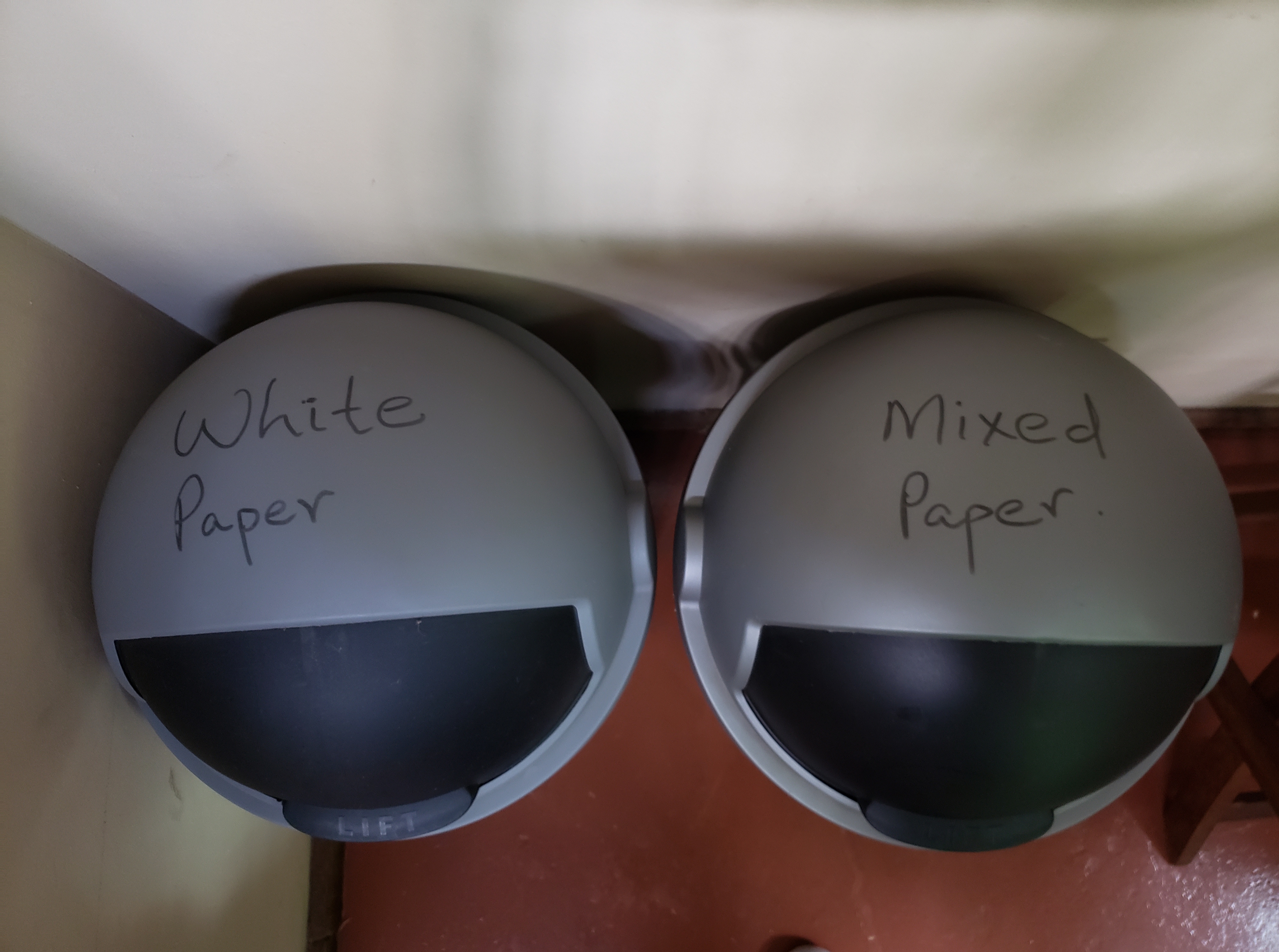
We dashed over to the nearby Johannesburg Art Gallery, an art museum with an impressive, eclectic collection spanning several continents and centuries. It was soon closing for the night. Despite being the largest art gallery in Africa, it is relatively small, but our twenty minutes did not do it justice.
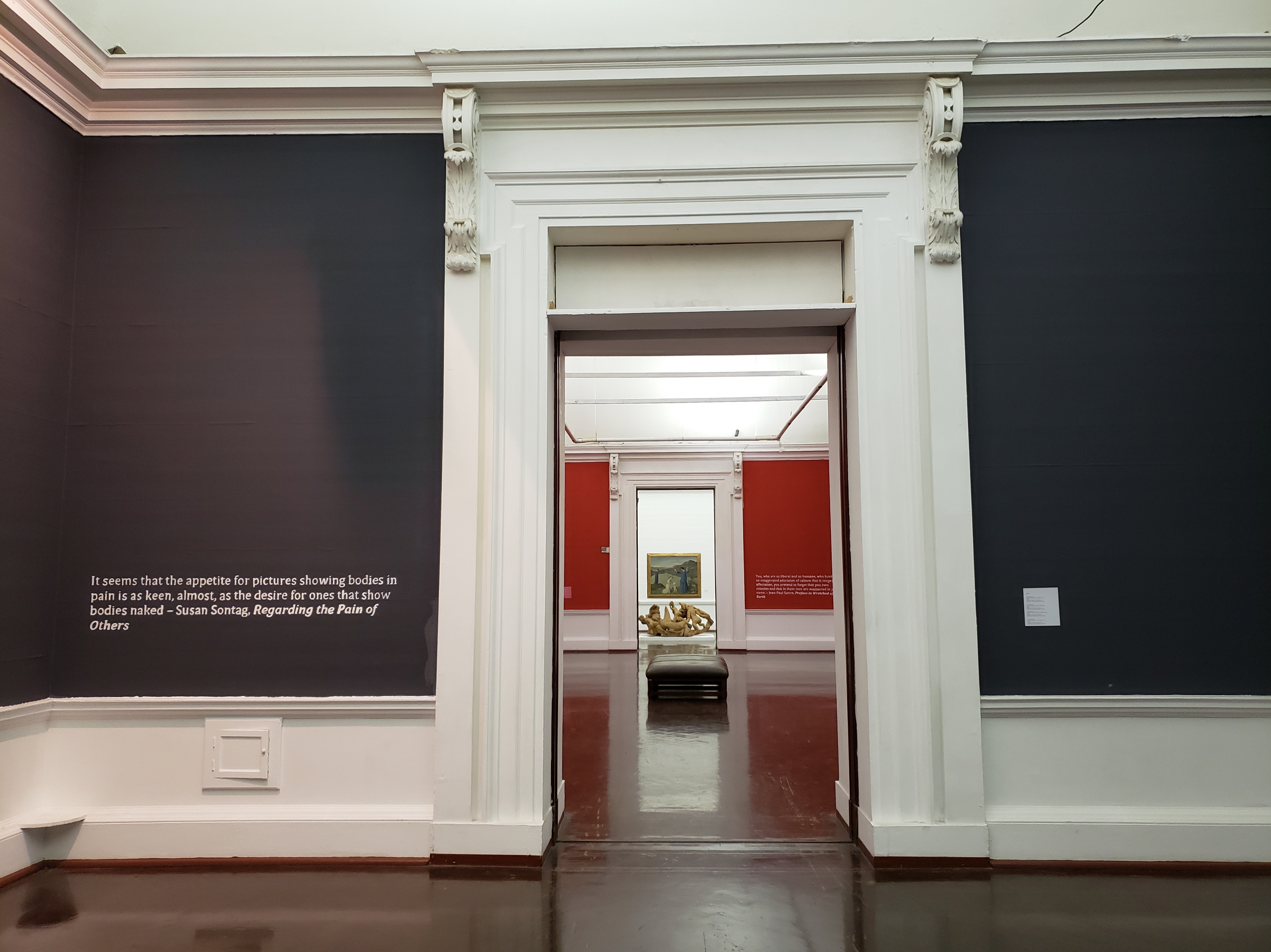
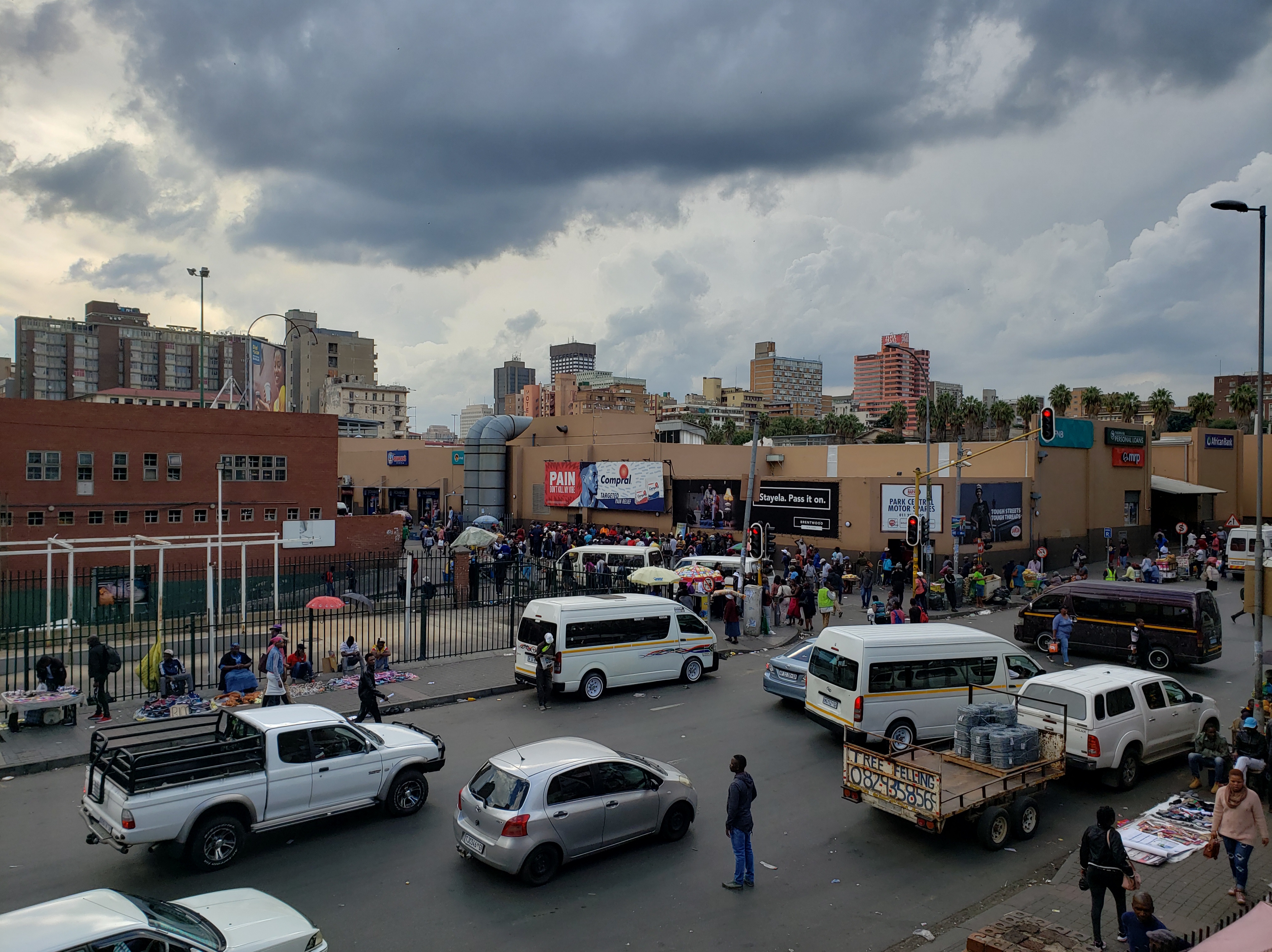
Downtown Joburg was bustling and crossing the street was an adventure. But my companions made sure my habits–South Africans drive on the left–did not jeopardize my safety.
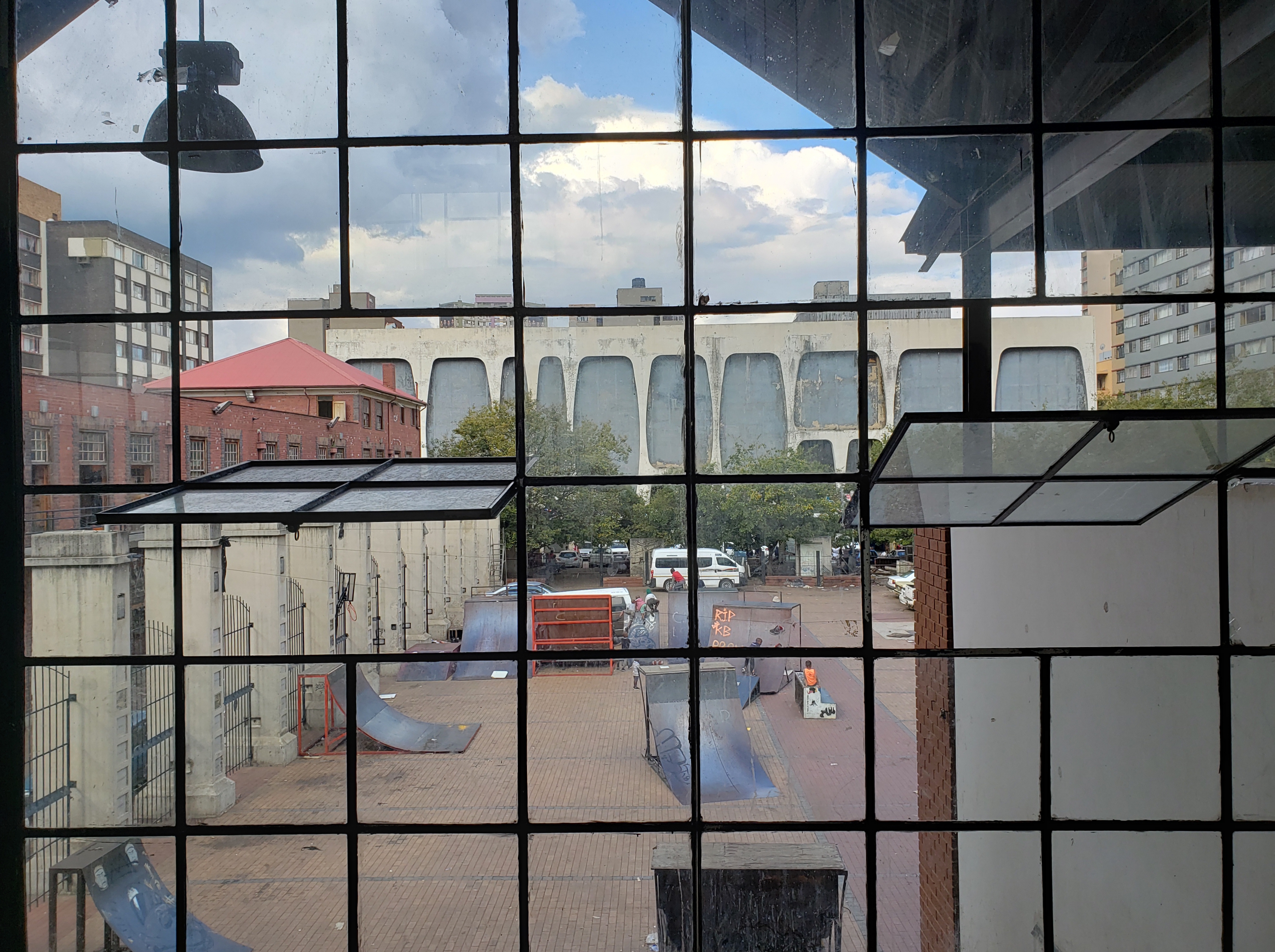
We wandered over to Drill Hall which had been a military base in 1904, and later a courthouse where 156 anti-apartheid activists, including Nelson Mandela, were charged in the late 1950’s with high treason. It’s now a community center and home to one of Shane’s buddies who’d just gone on a four hundred kilometer bike trip.
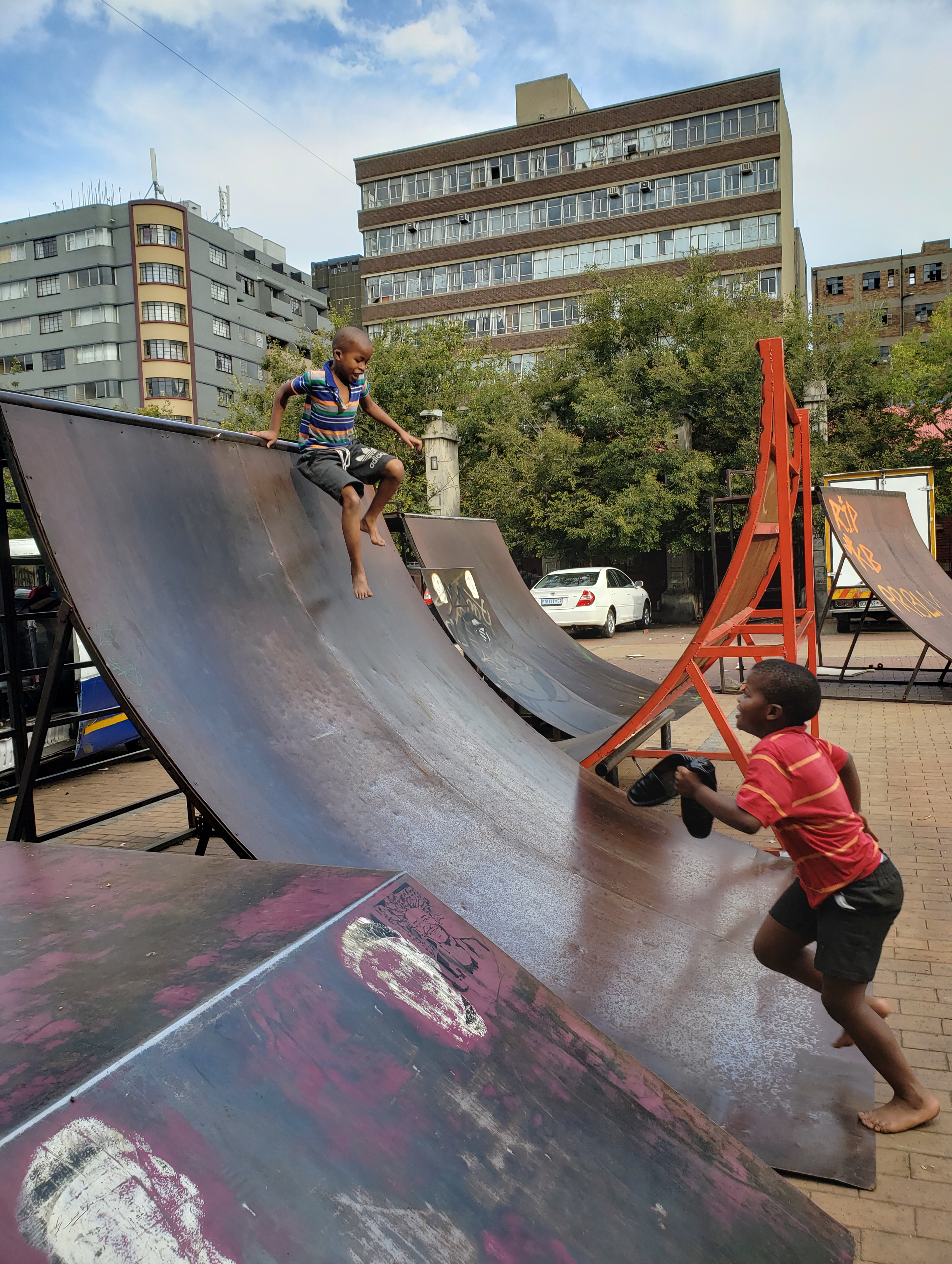
Shane was hoping he’d already come back. His friend, Tarrence, a Rastafarian, came walking down the hall. Dreadlocks were piled high on his head under a purple head wrap–I couldn’t help but think wearing a bike helmet was out of the question. He greeted us warmly with the words “blessings” and put out a fist to be met gently in lieu of a handshake. The ride had gone well.
We were invited in to his art studio/home and took places seated on the floor in a circle. Tarrence’s sculptures and artwork, according to him “all works in progress” filled the space and decorated the walls. The sculptures were constructed from mannequins, gas masks, bicycle parts, wood, and fibers. The paintings were all painted on wood panels. Some of his friends soon joined him. It wasn’t long before a pipe was passed around and the small space was thick with fragrant smoke. Tarrence began recounting his bike trip to see his spiritual master, and the master’s golden aura. He’d found it amusing that the sage had tired of his disciples crying and complaining for his help and said, ” It is your work, not mine. You need to meditate. I cannot do this for you!” The thought of this made us laugh.

We’d spent the day in downtown Johannesburg where white people generally do not go, yet Mary had no qualms shopping there alone. Prices were much lower than in the suburbs. However, it was getting late and Mary made it a point to always be home before dark.
Admittedly, I felt safe throughout the day, but being flanked by locals at all times probably helped. Andrew and Shane walked us to a taxi stand where Mary and I got into a crowded minivan back to her home. I let them all know how extraordinary the day had been and hoped to see them again. I picked up my bag from her house, where she’d suggested I leave it for safe keeping.
Visitors, after exploring the Apartheid Museum, are invited to walk the grounds outside. There are paths passing through open fields of tall grass where birds gather and sing, of wild flowers, and sturdy trees. I was grateful for this place of peace and beauty. The images on display and the stories told are not easy to shake.
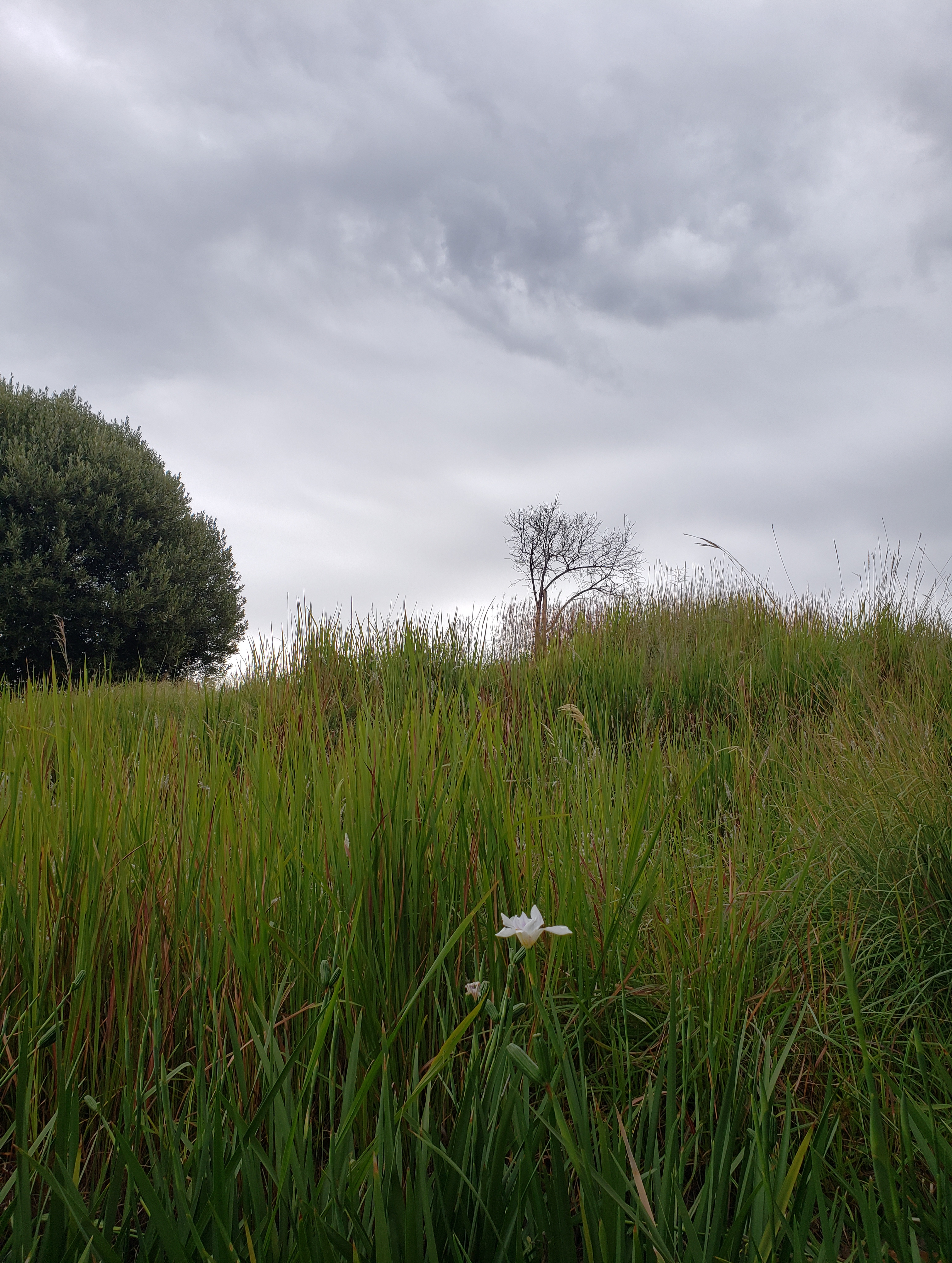
I hoped to visit the Soweto Township, but was hesitant, to book one of the popular bike tours. And a brochure’s photo of a huge group of tourists did not entice me. But I called Lebo’s Soweto Backpackers for the following day and learned that only two people had signed up.
I was warned back at the guesthouse not to get a “wonky” bike, and was delighted to find, with some effort, the Rolls Royce of bicycles. It was supremely comfortable for the four-hour tour and rode like a charm up the long steep hills, and over the paved, and unpaved rough dirt roads. The guide Chico had grown up in Soweto and was sensitive, informative, and enthusiastic.
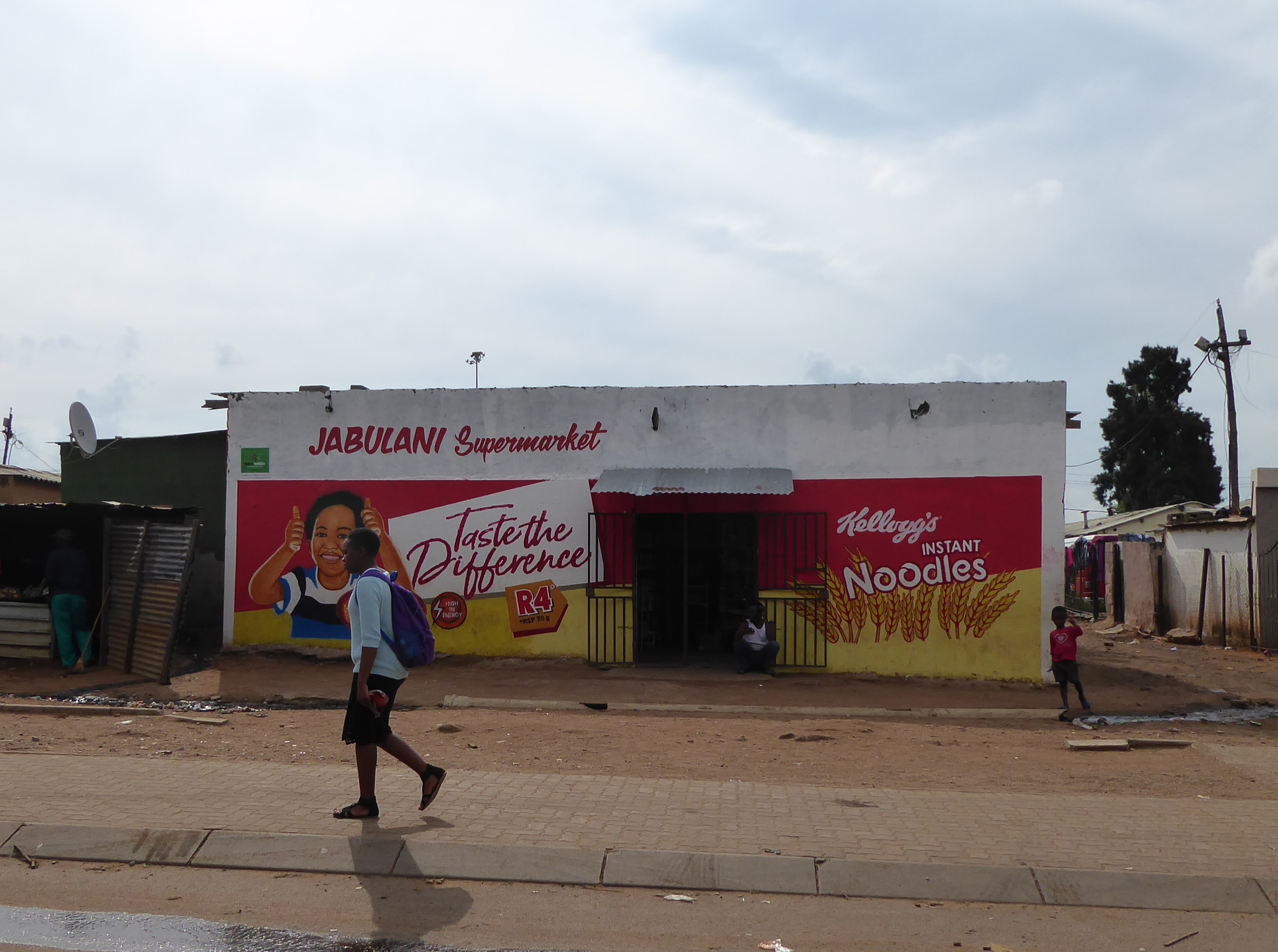
Given Soweto’s size and our frequent stops, we saw only a small section of the township, but it was time enough to visit several neighborhoods, the home of Nelson Mandela, the more stately one of Archbishop Desmond Tutu, the Hector Pieterson Memorial, and the workers camps where families live in poverty.
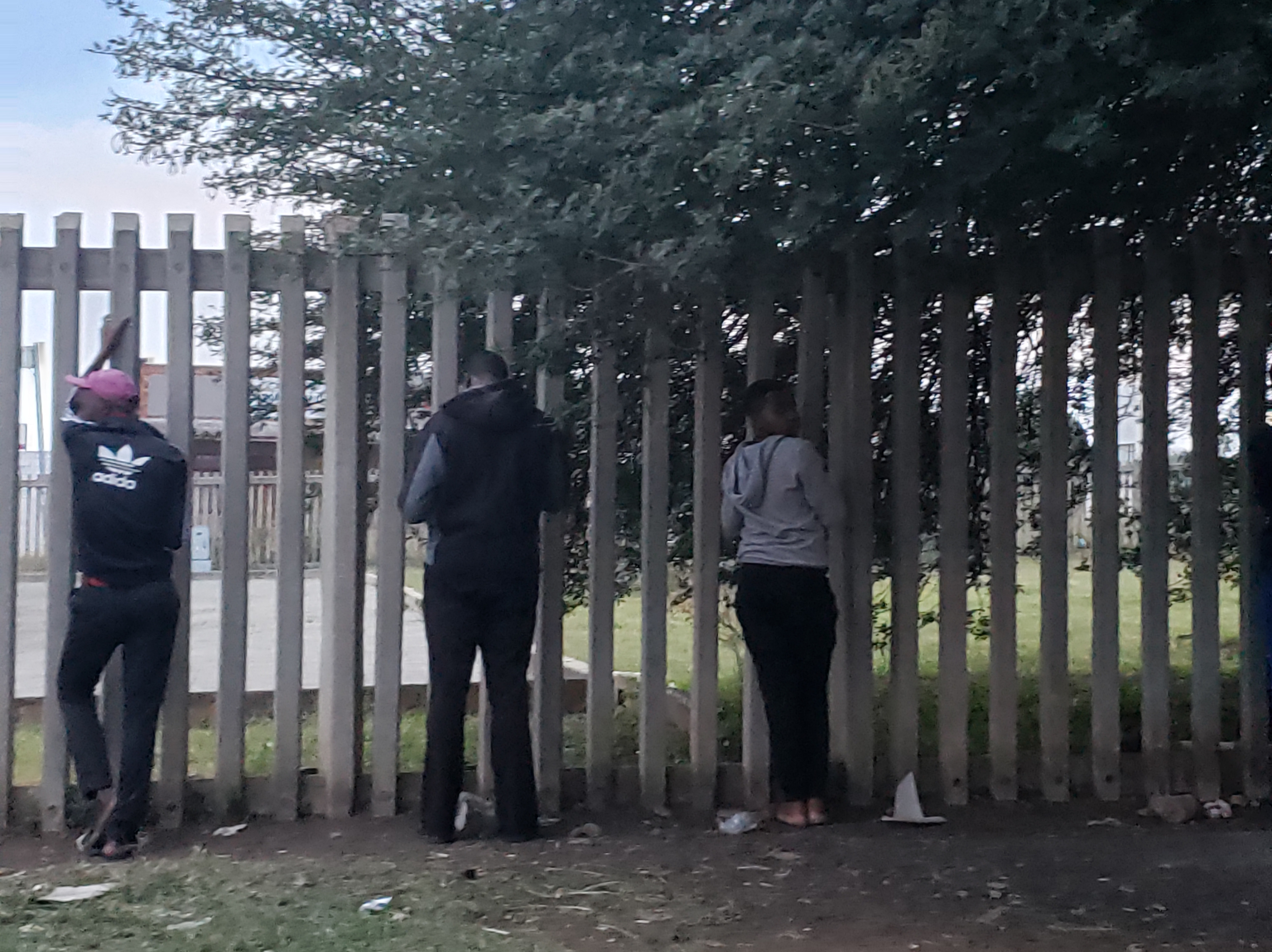
Even in the townships the disparity between the haves and have-nots is great. It felt awkward riding our bikes and touring the area, particularly the impoverished ones, but residents were friendly throughout. Many greeted us and a number of children gleefully ran by our sides deftly pushing along tires with sticks.
Soweto’s history is fraught with tragedy and suffering. Today there are signs of positive change.

We stopped at Lick’s Jazz-Inn for refreshments.
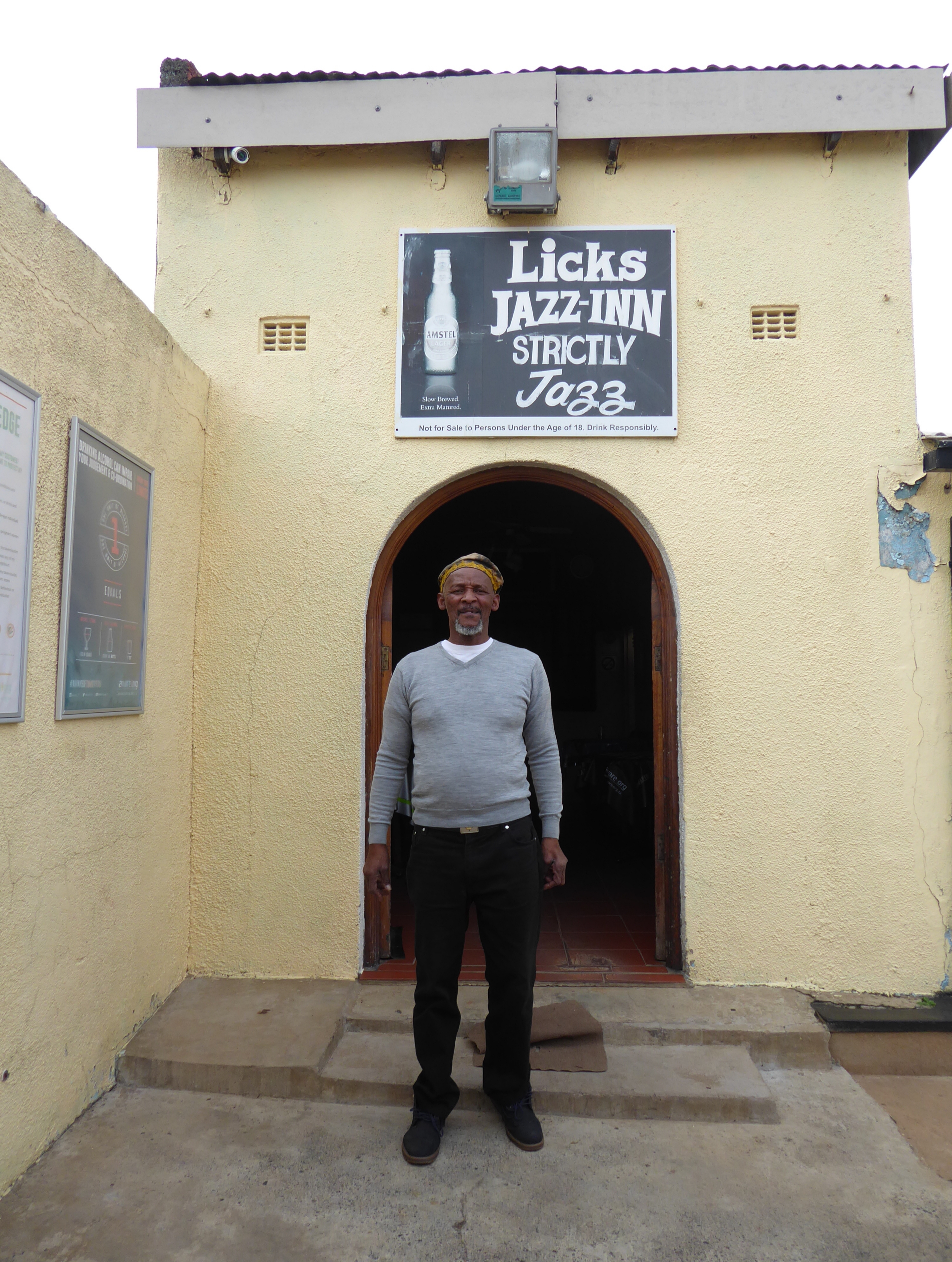
Lick himself was in attendance. He was joined by his friend, Justice. Their friendship had spanned over fifty years. His small club, he pointed out, catered only to the serious listener of jazz, and not to any riff-raff looking to get drunk and brawl. Pictures of Duke Ellington, Sarah Vaughan, Louie Armstrong, Ella Fitzgerald, and other jazz greats hung on the walls. A sweet piano solo was coming from the speakers. As I sat sipping a cold glass of Ginger Beer, I saw a poster of Miriam Makeba and mentioned to Lick how much I loved her. He disappeared and a moment later Miriam Makeba’s singing of Pata Pata filled the room. Spontaneously I got up. Justice came over and took my hands. We danced and swirled and I heard Miriam Makeba say
Pata Pata is the name of the dance
We do down Johannesburg where
Everybody starts to move
As soon as Pata Pata starts to play
